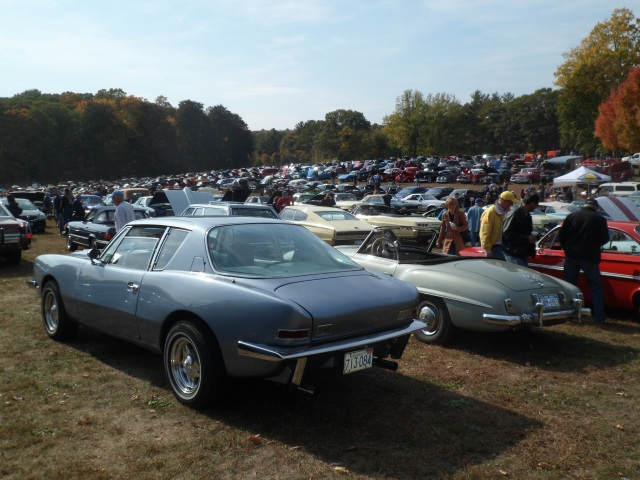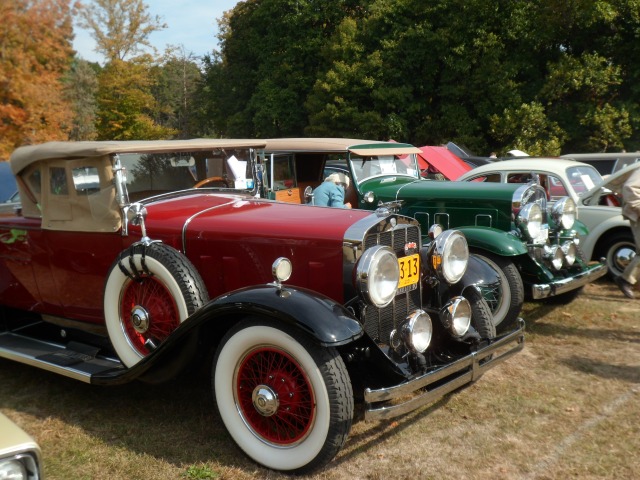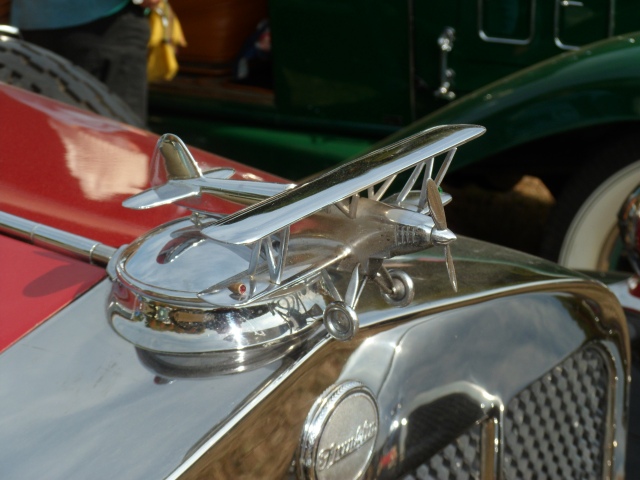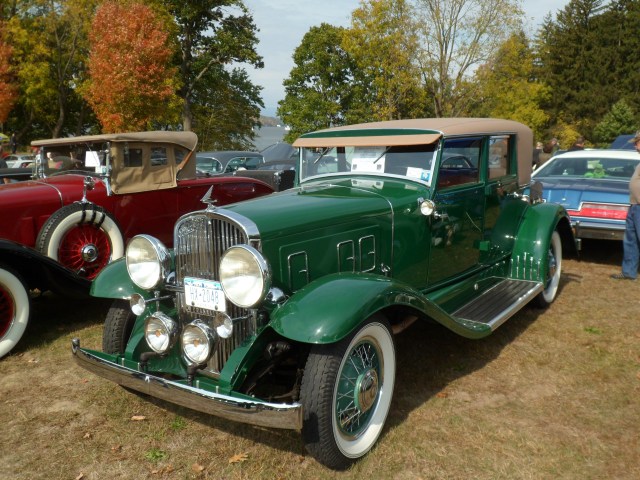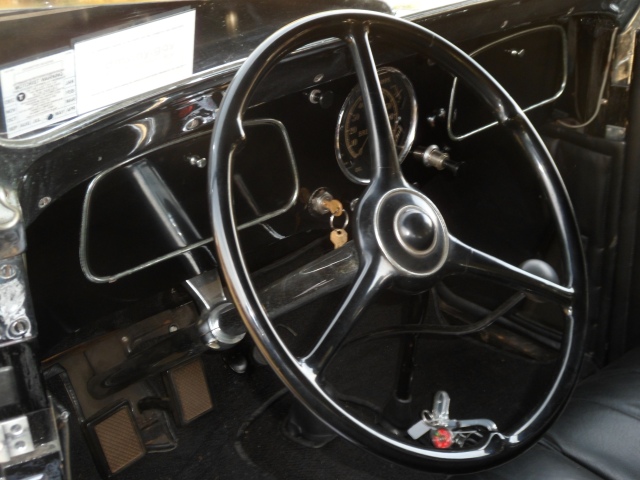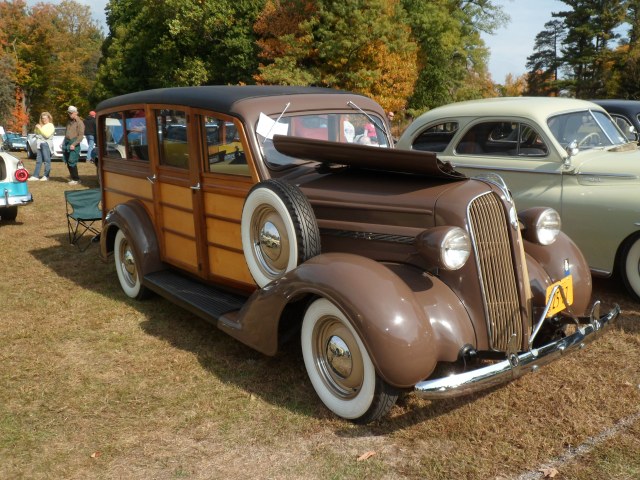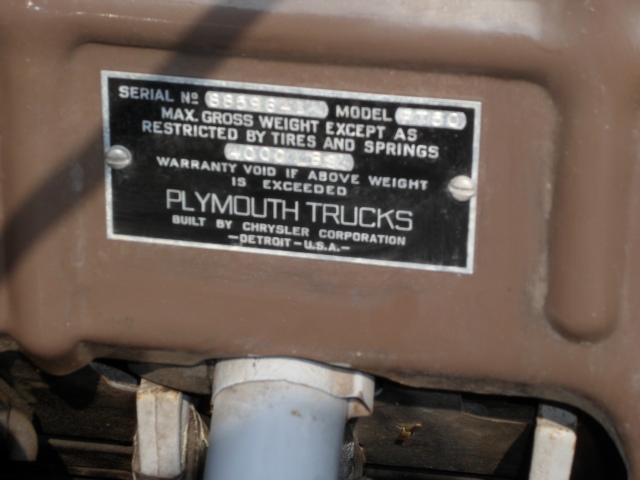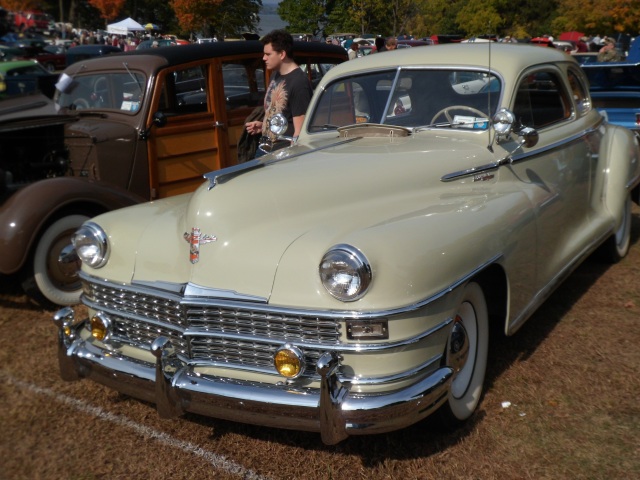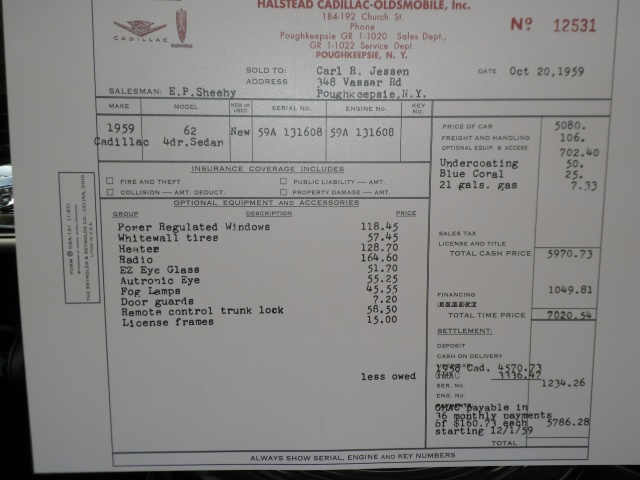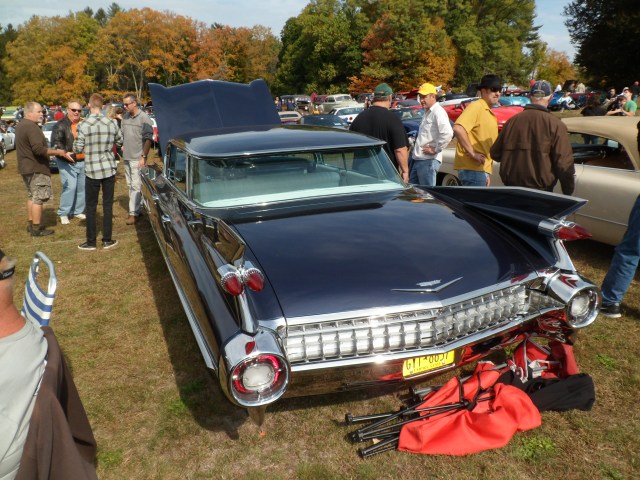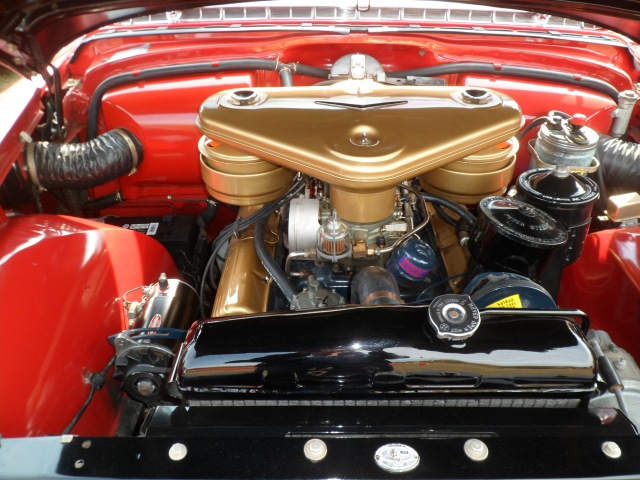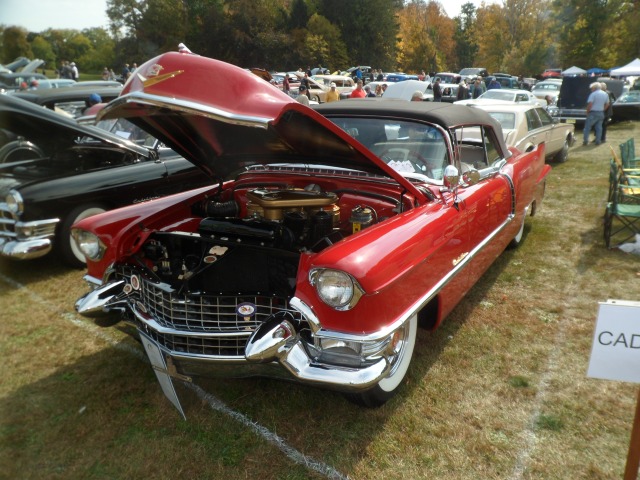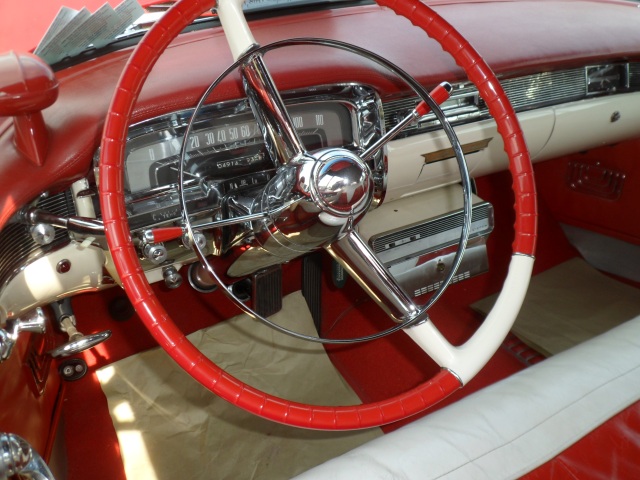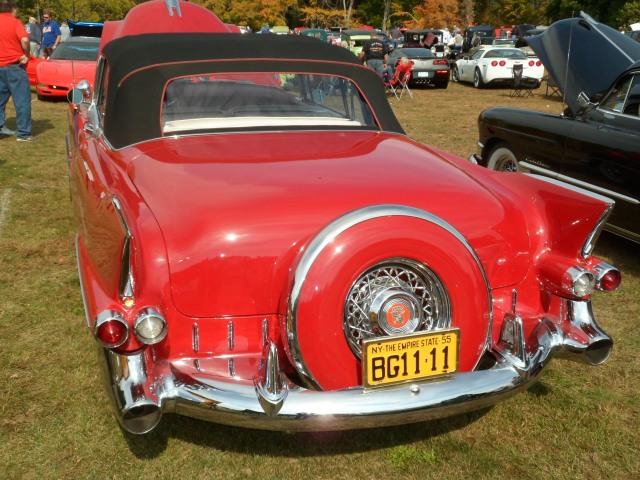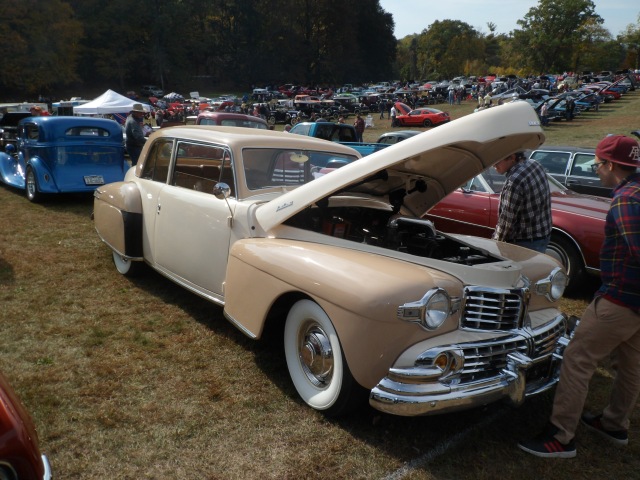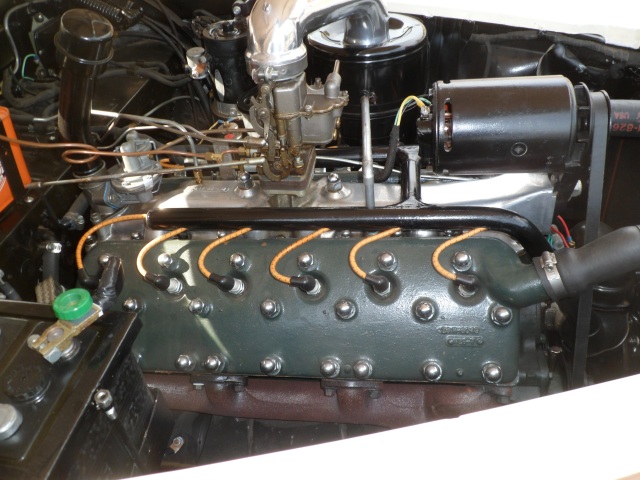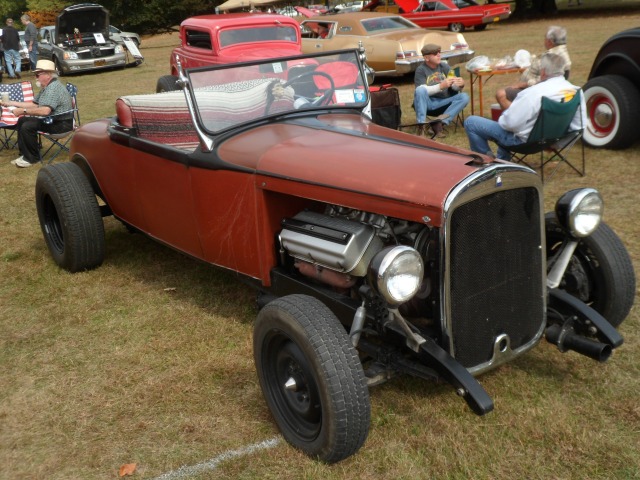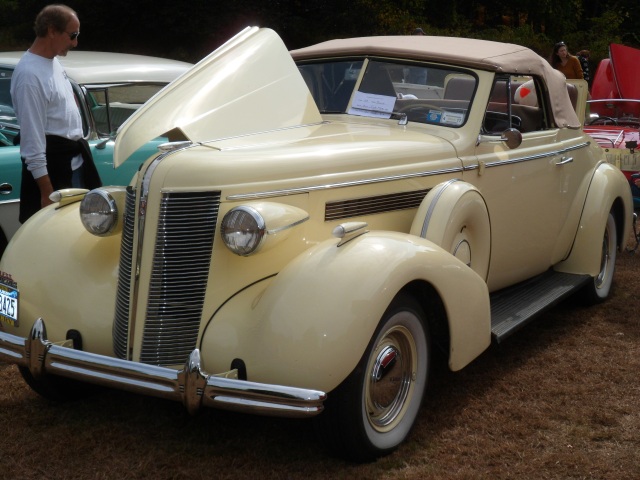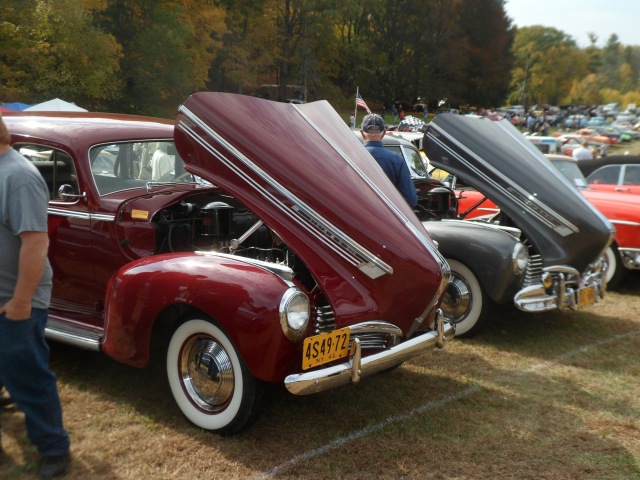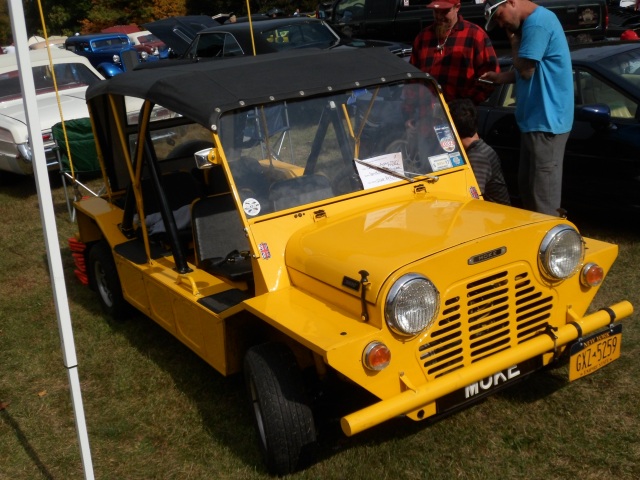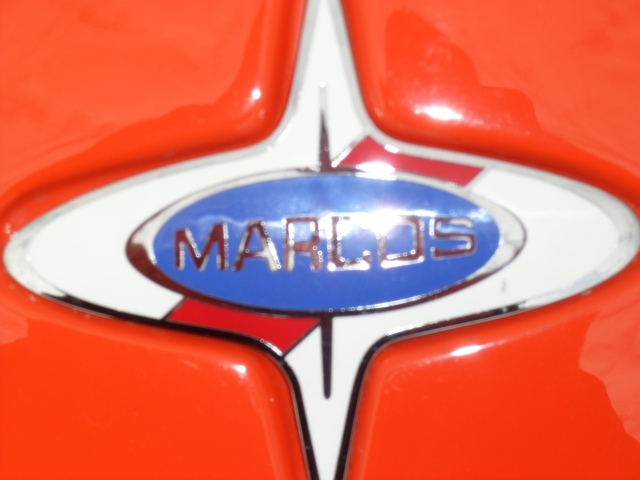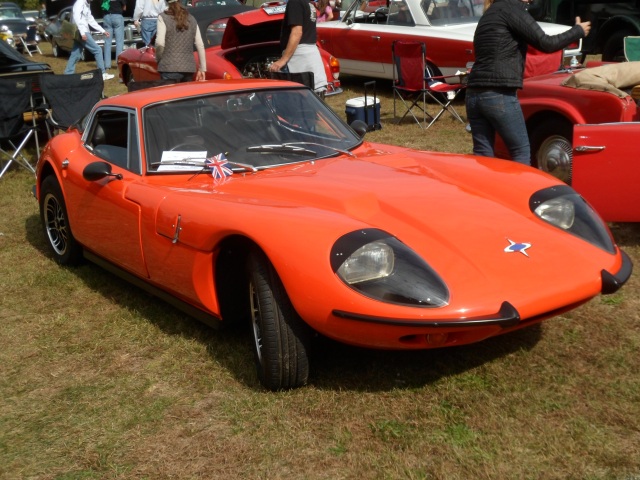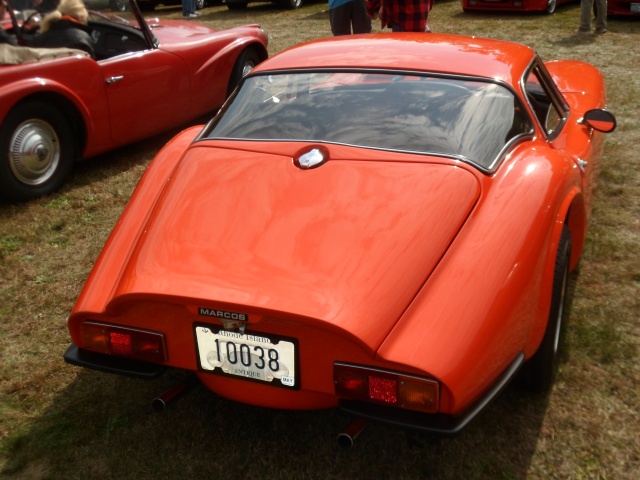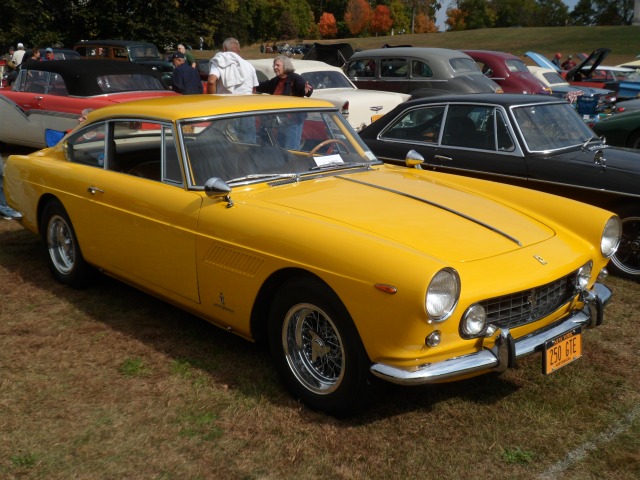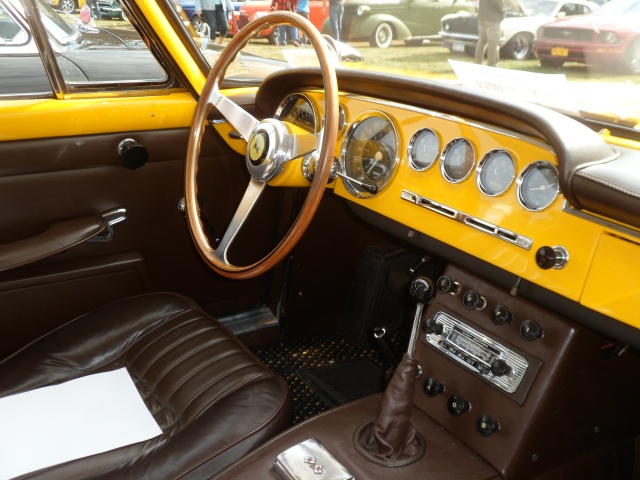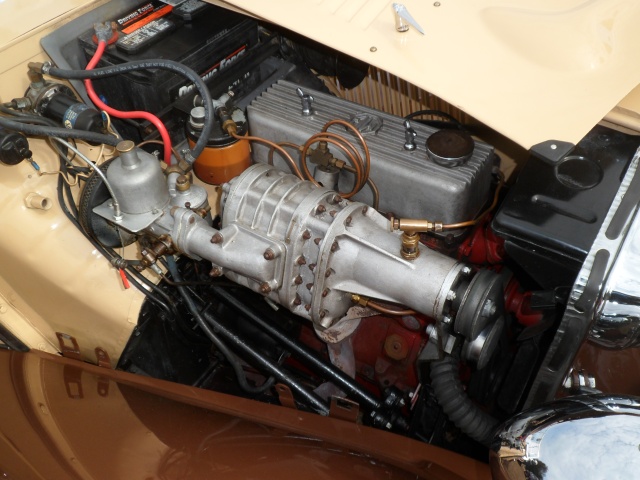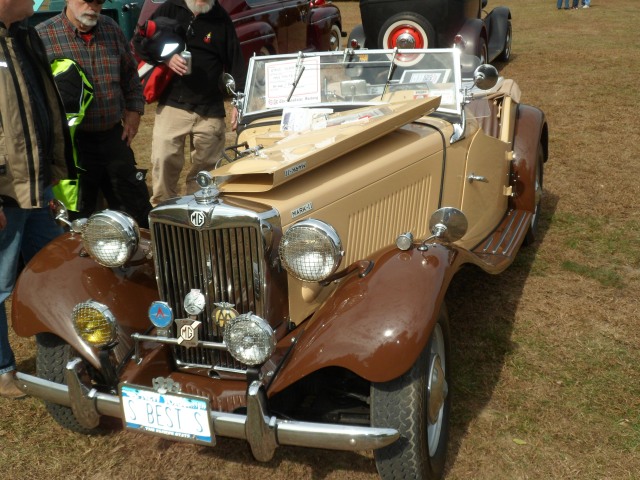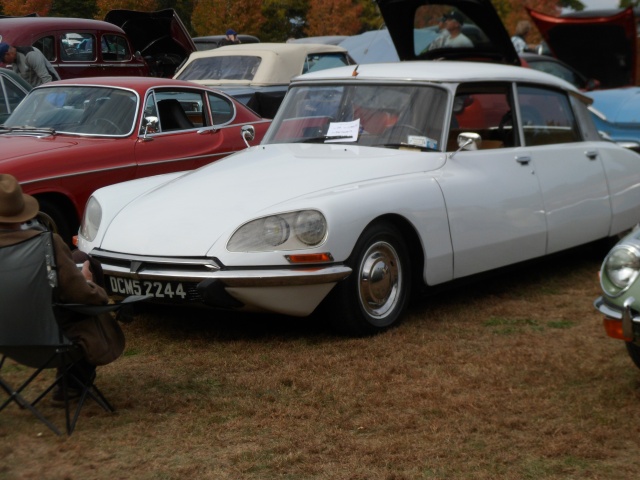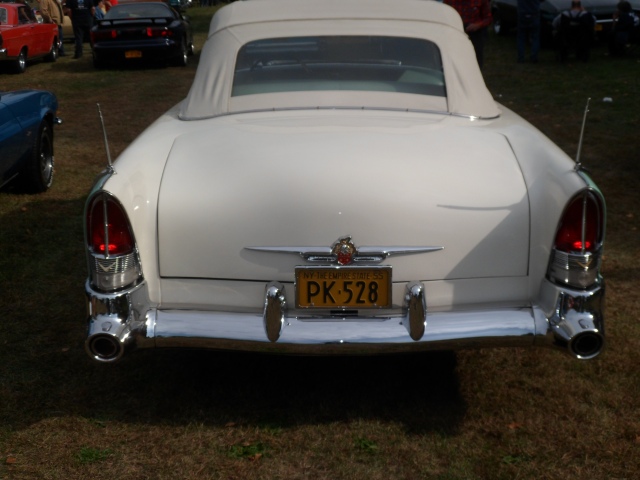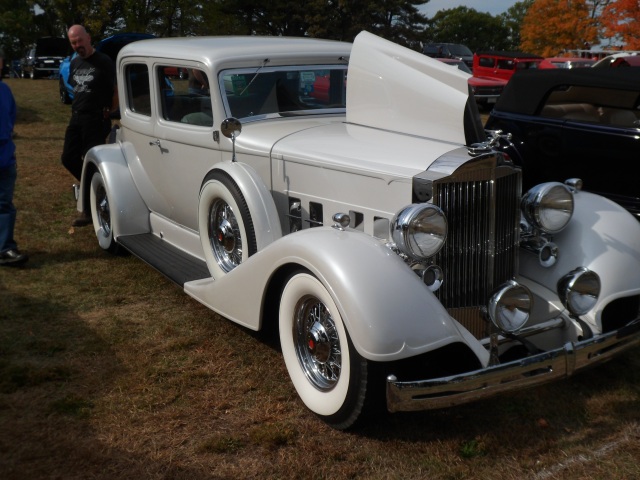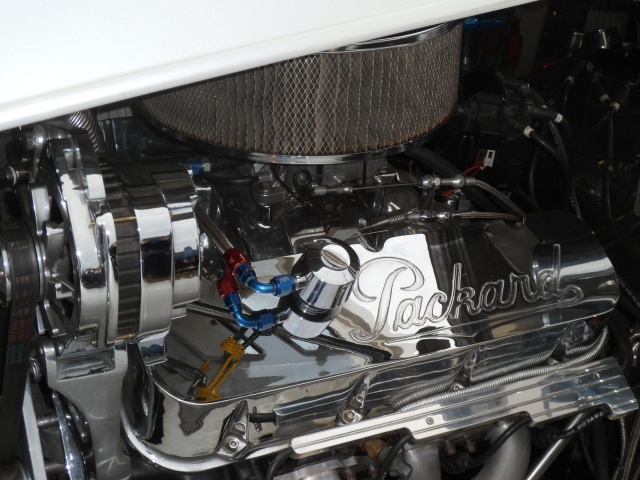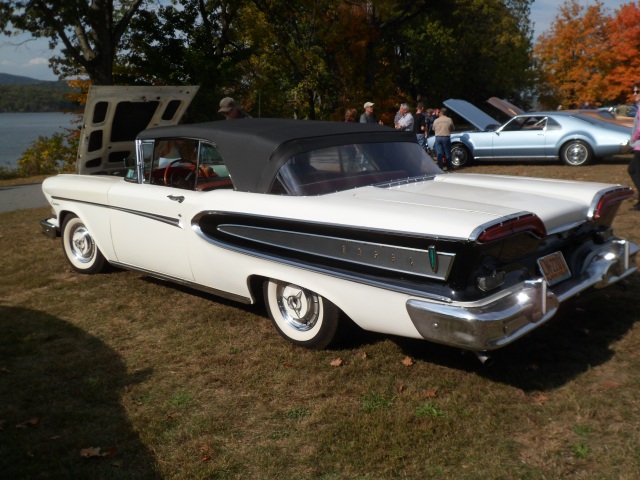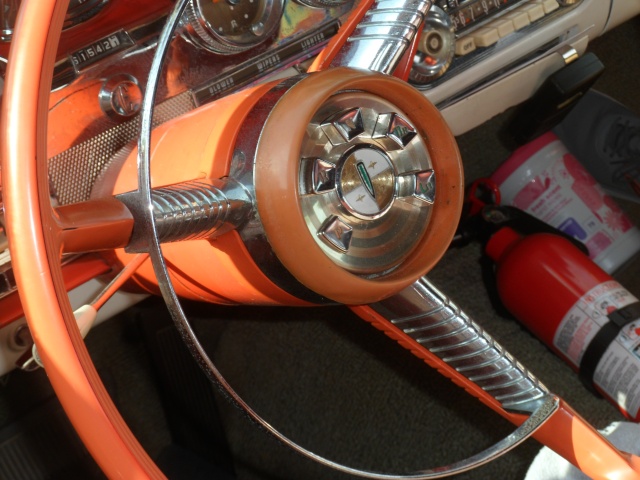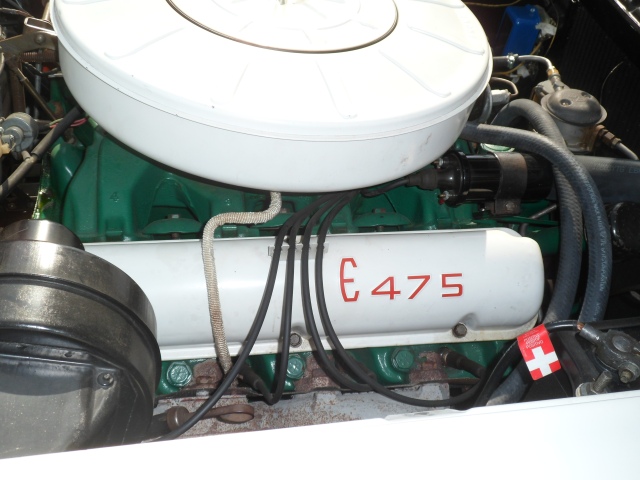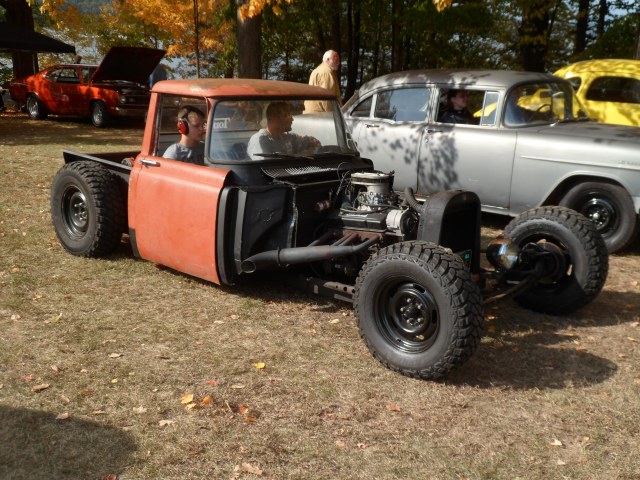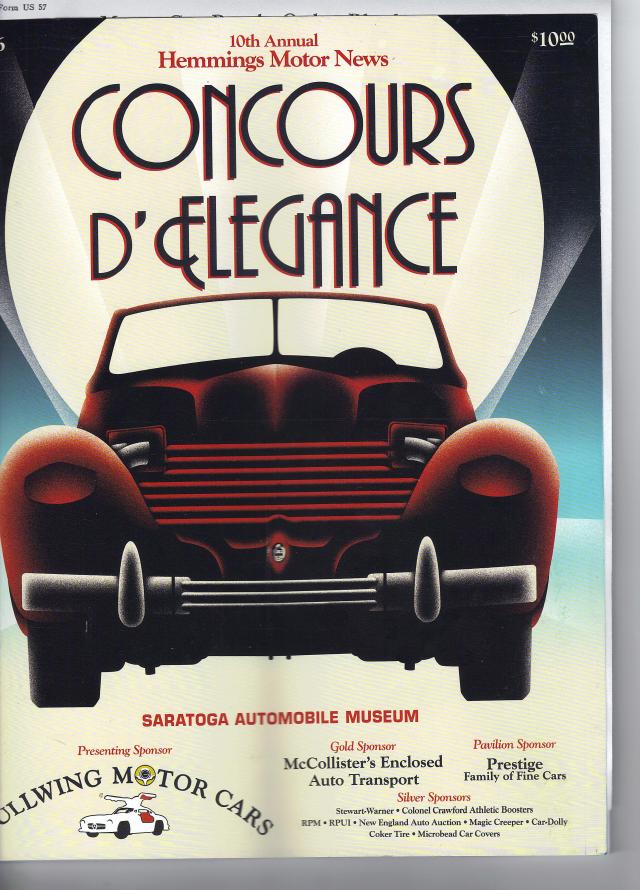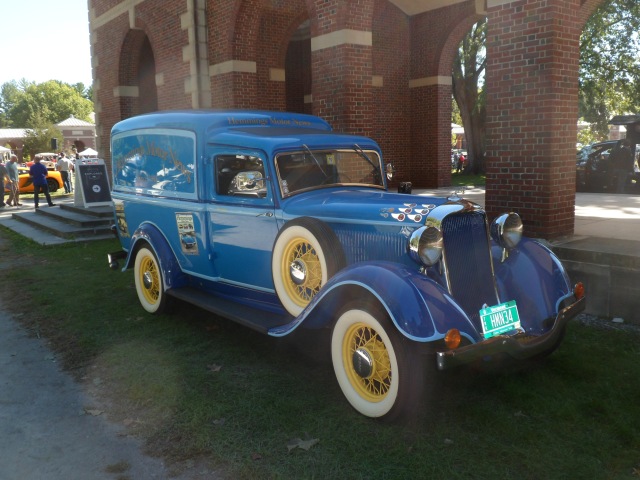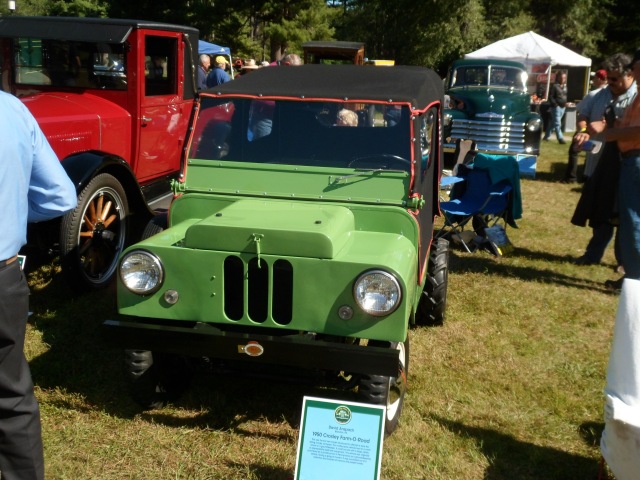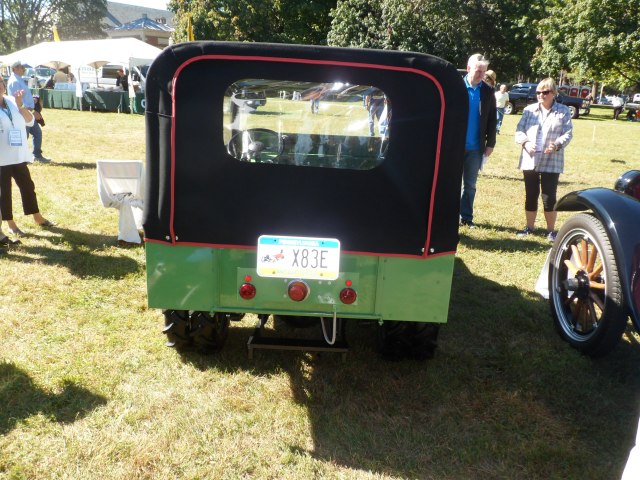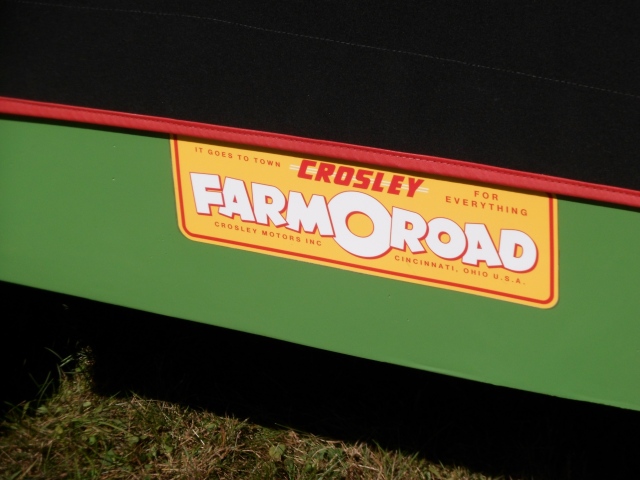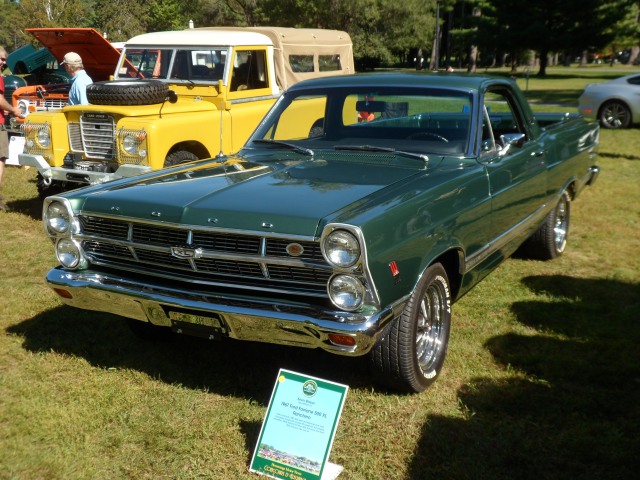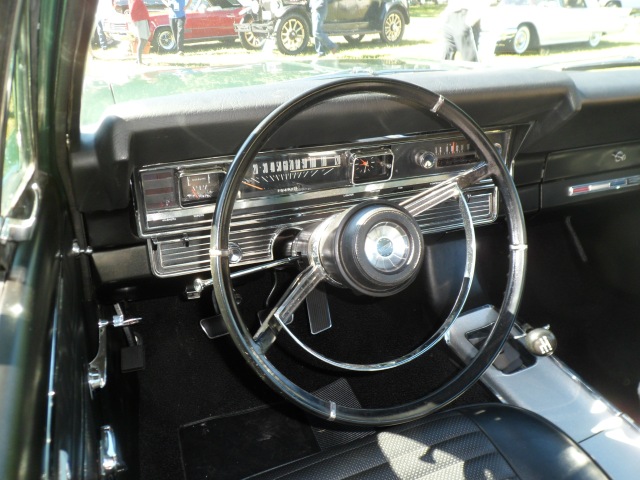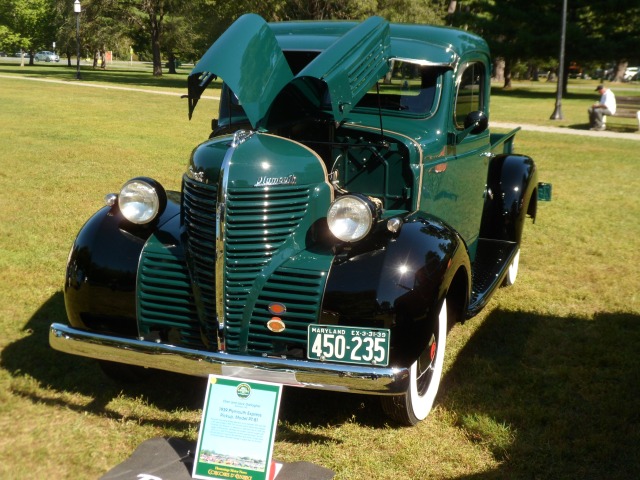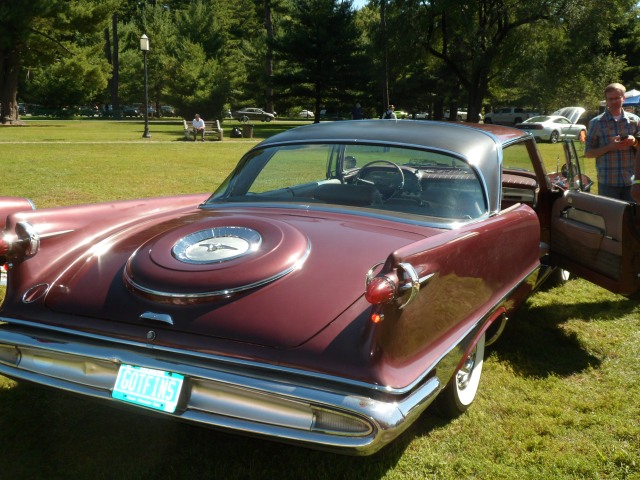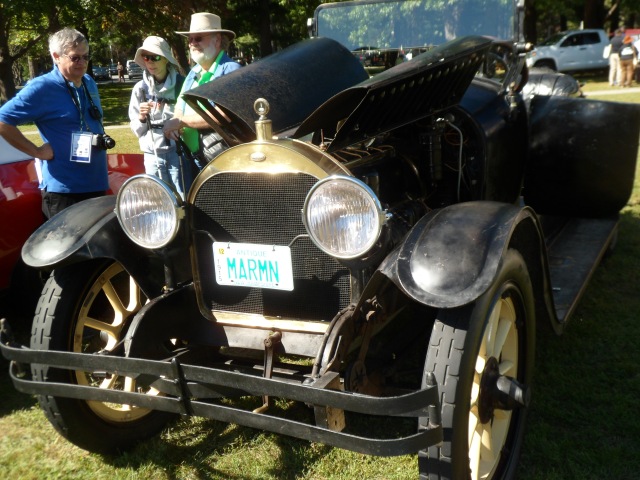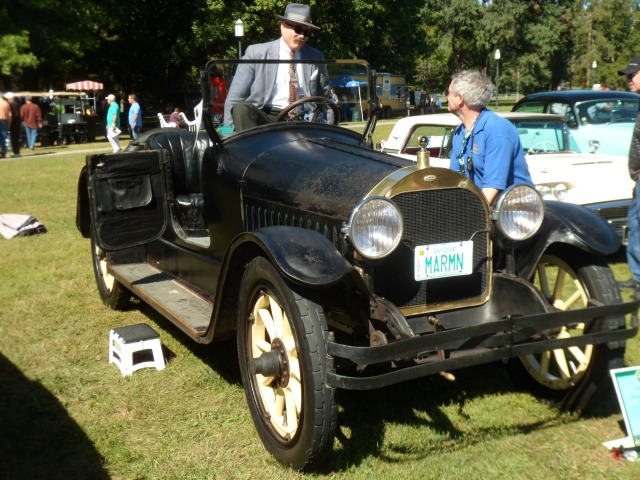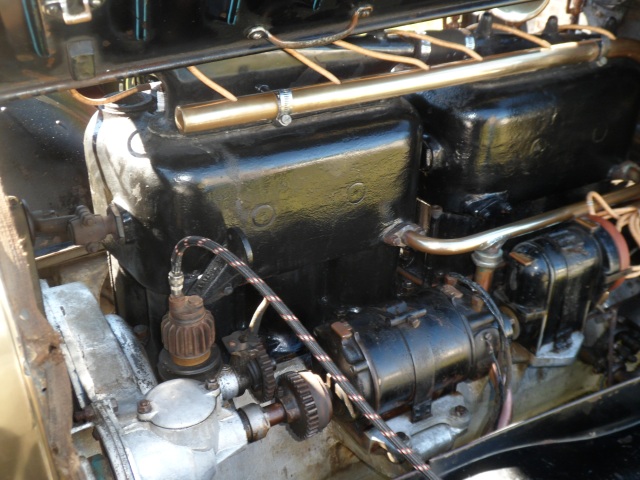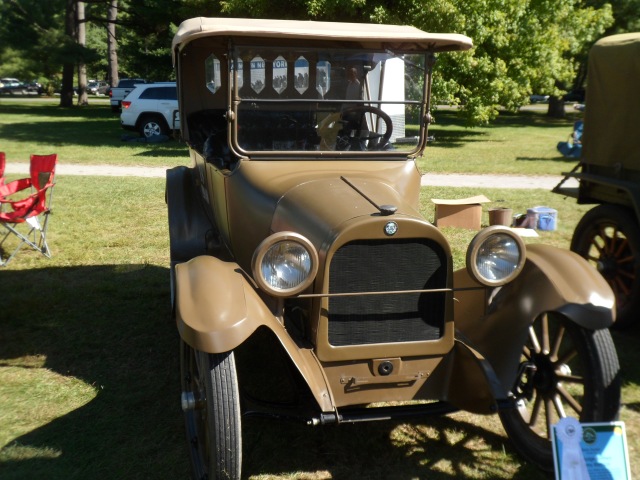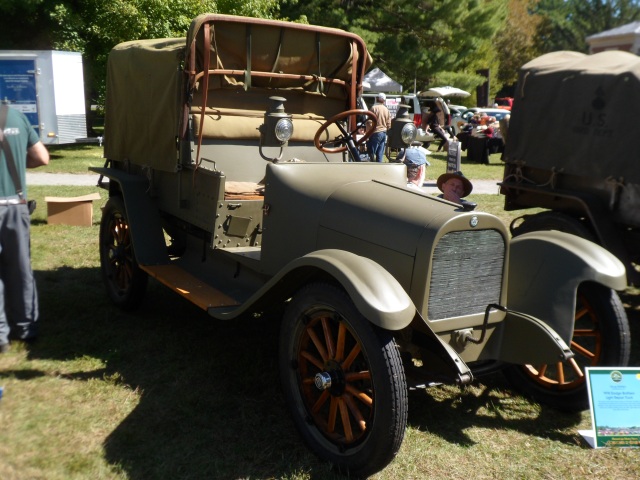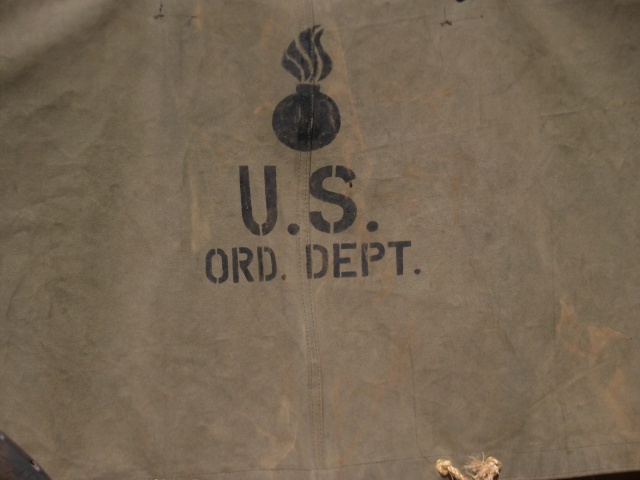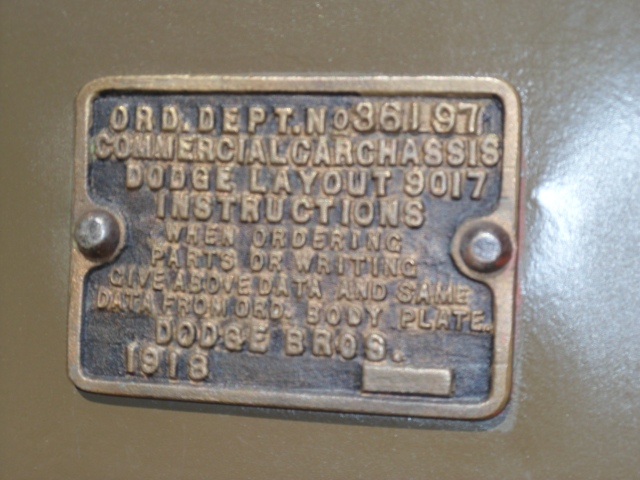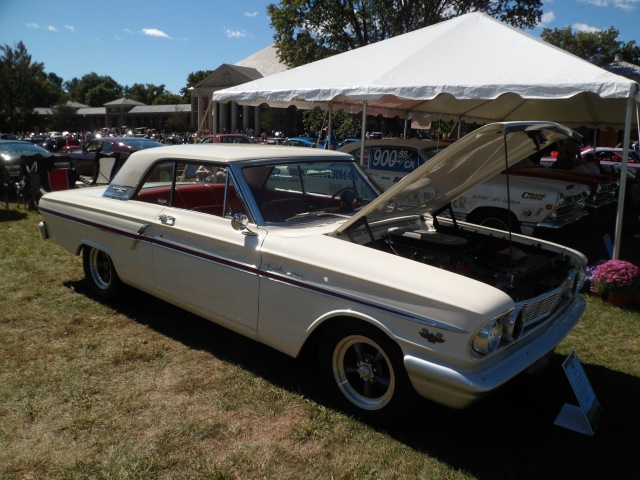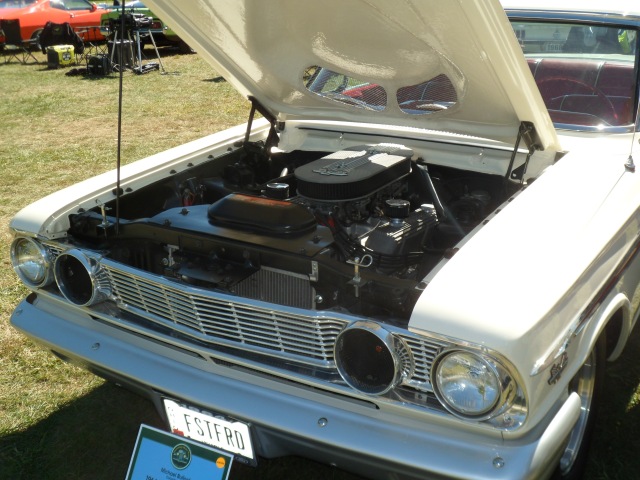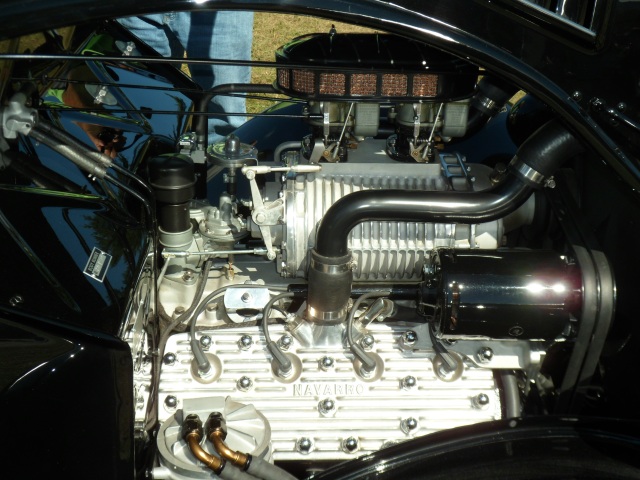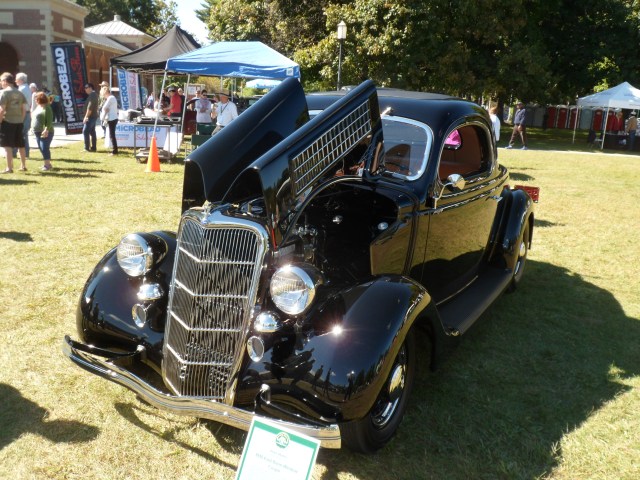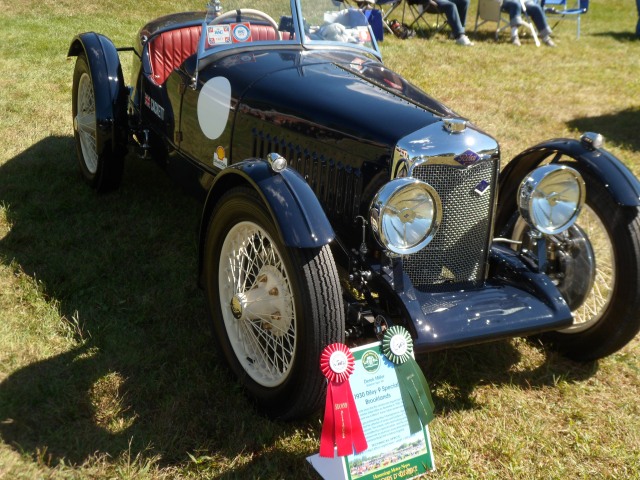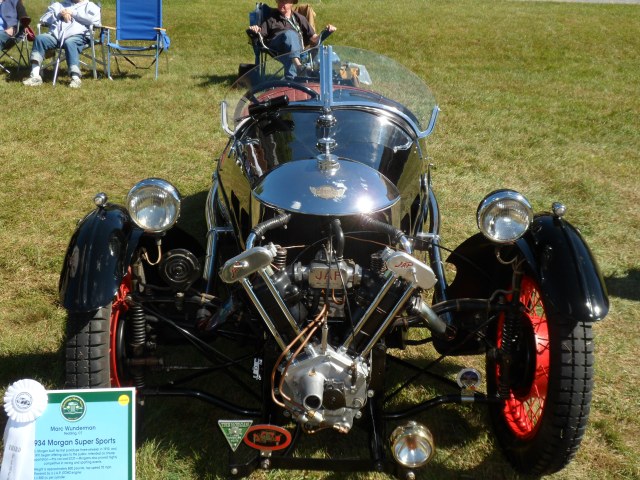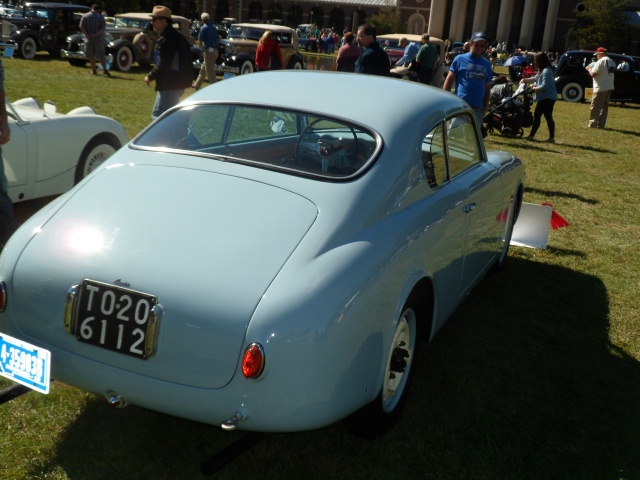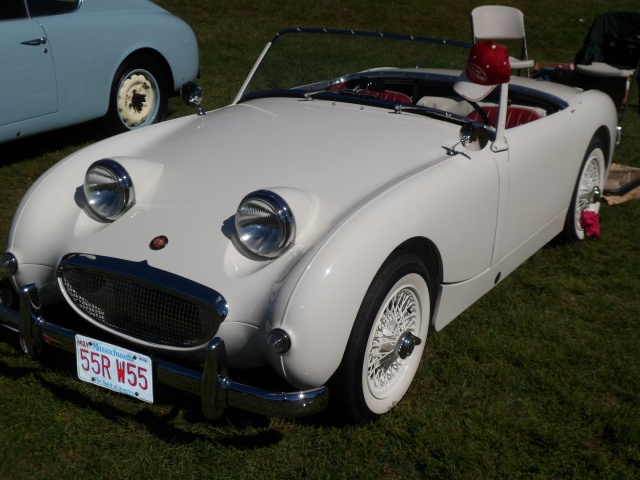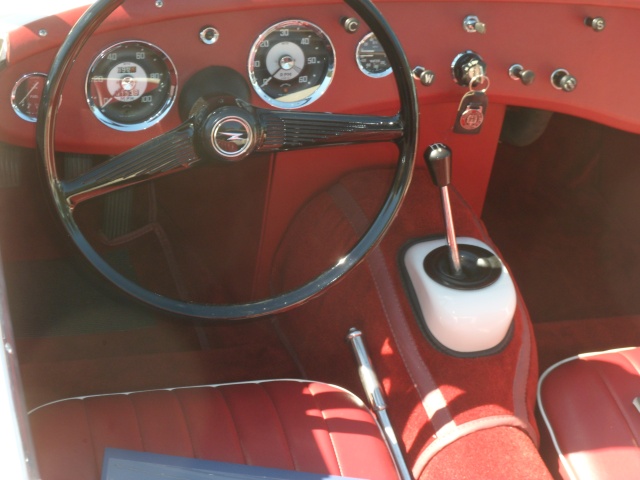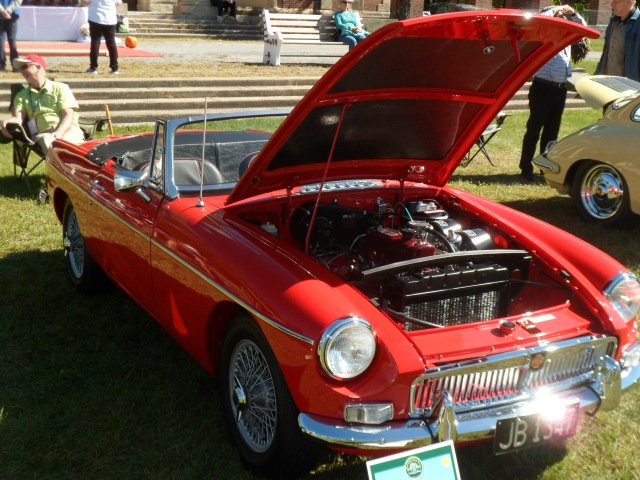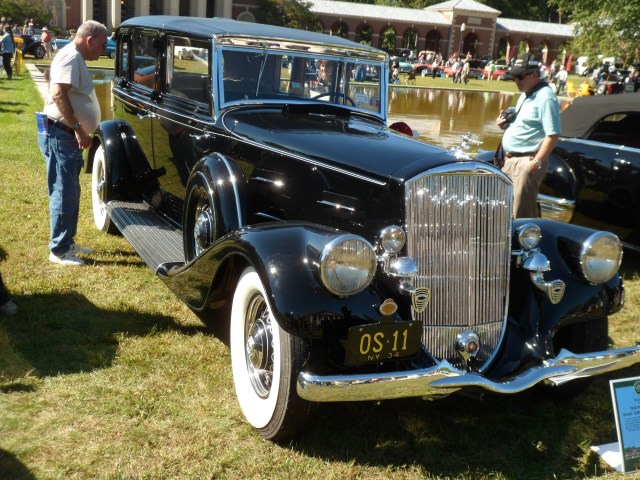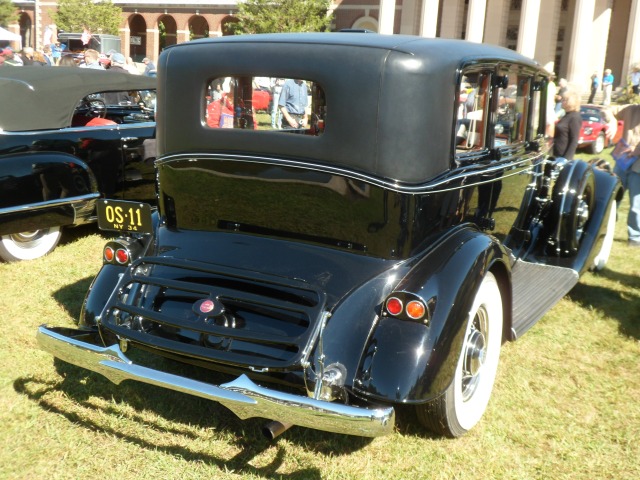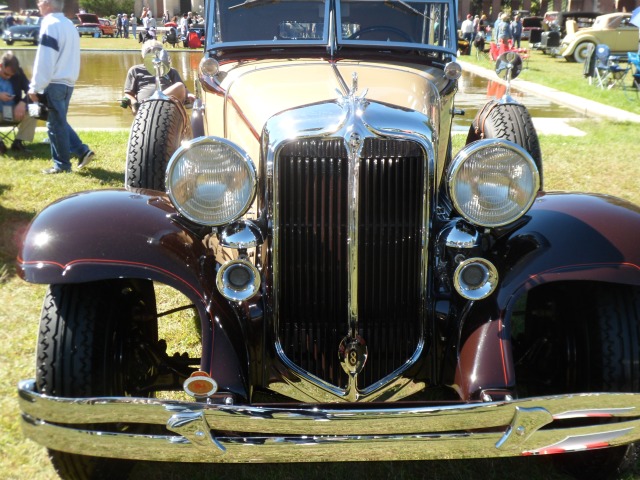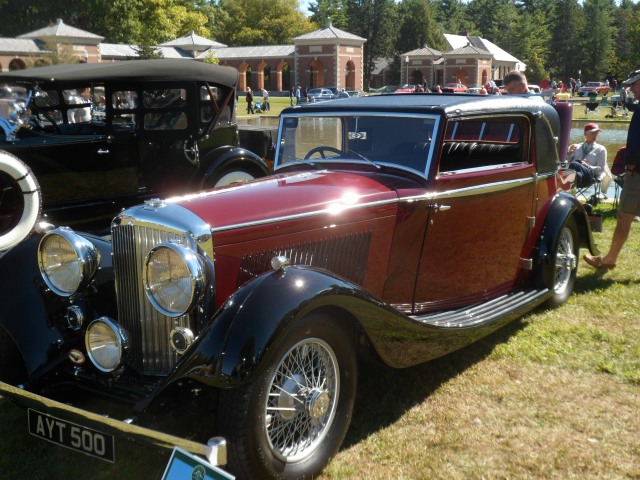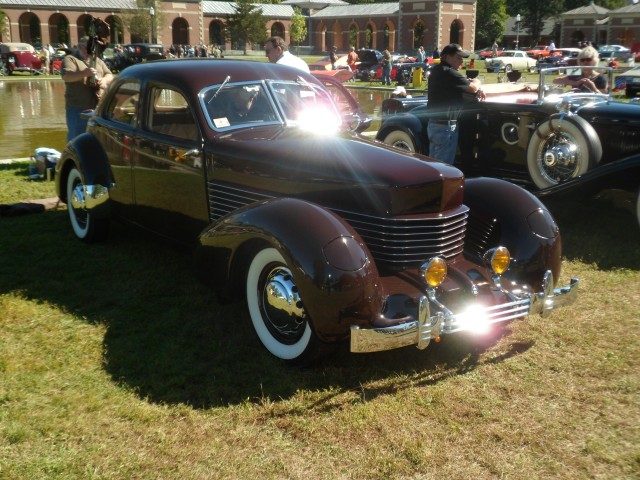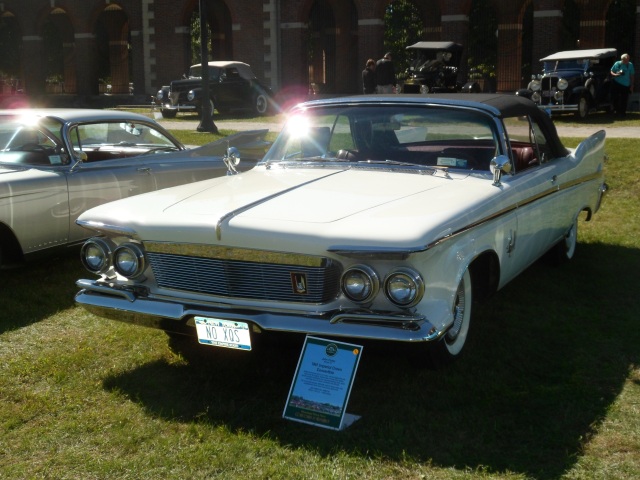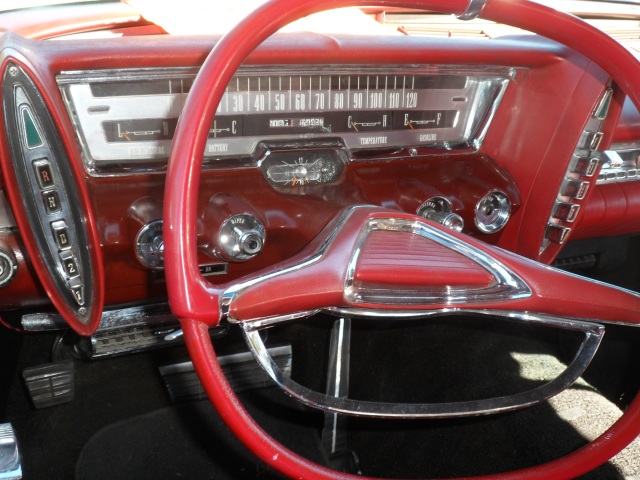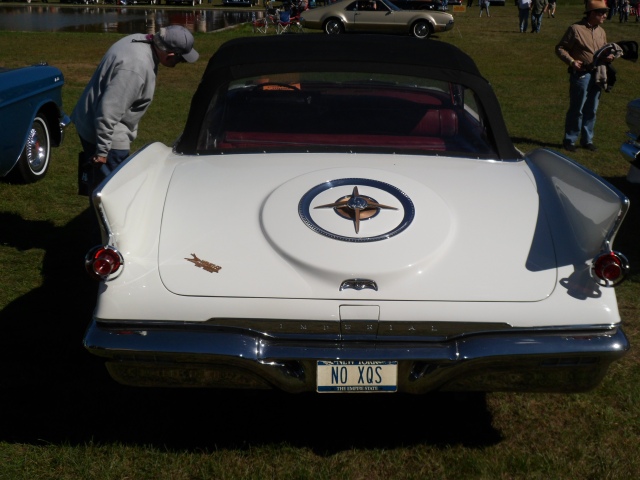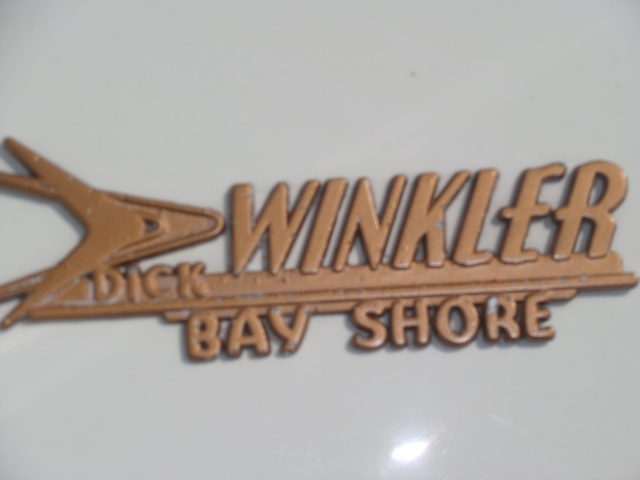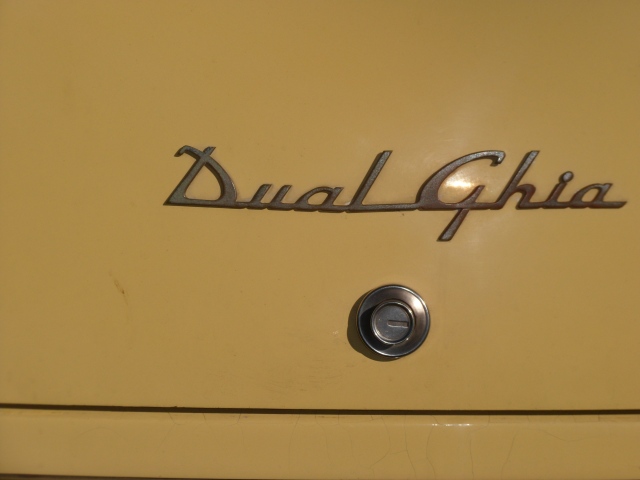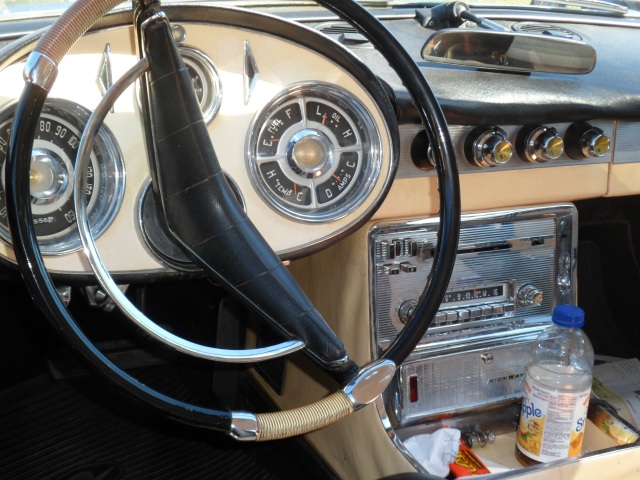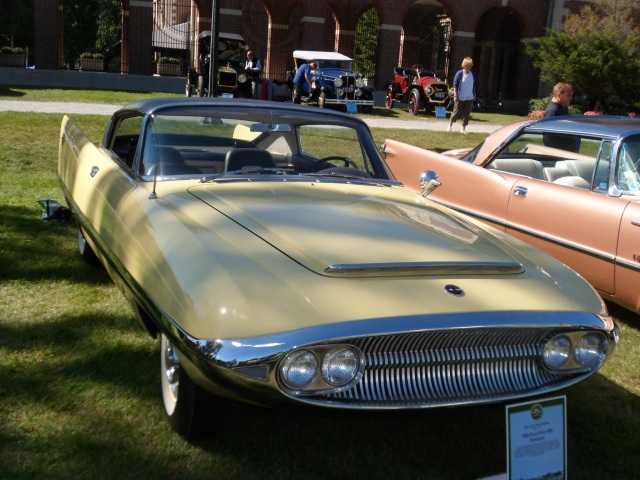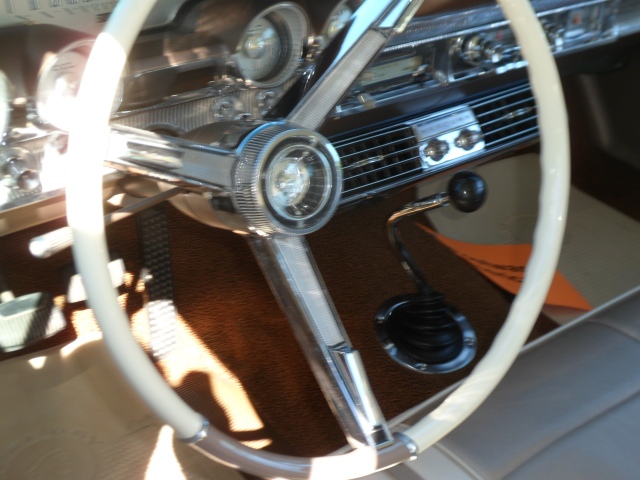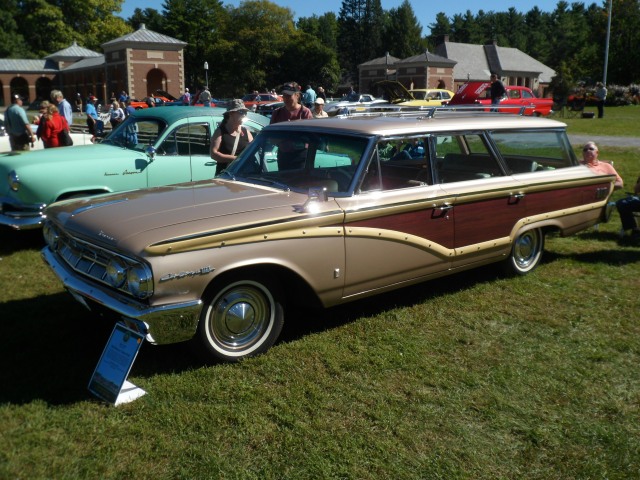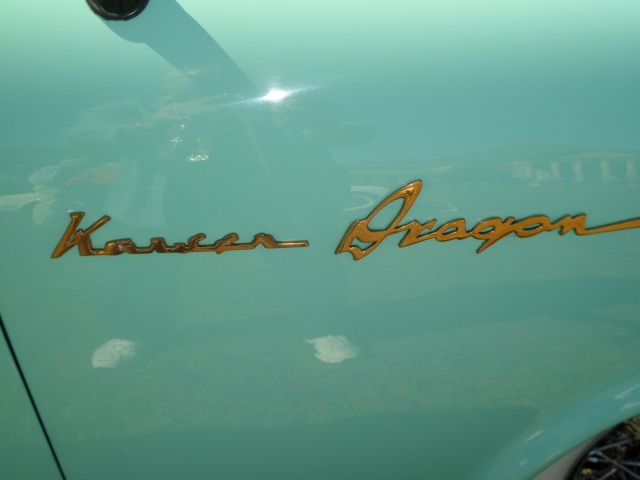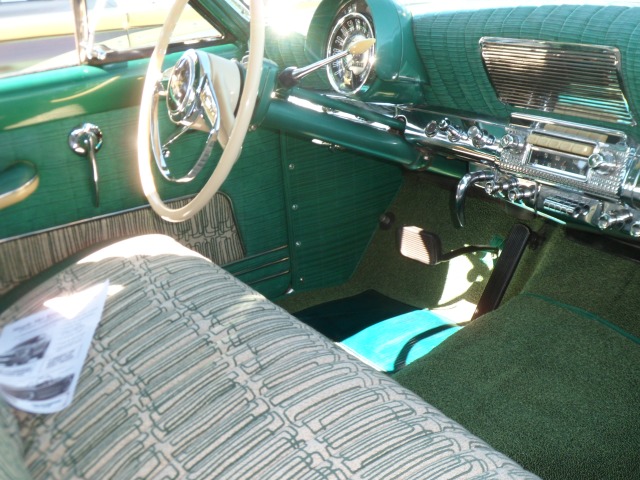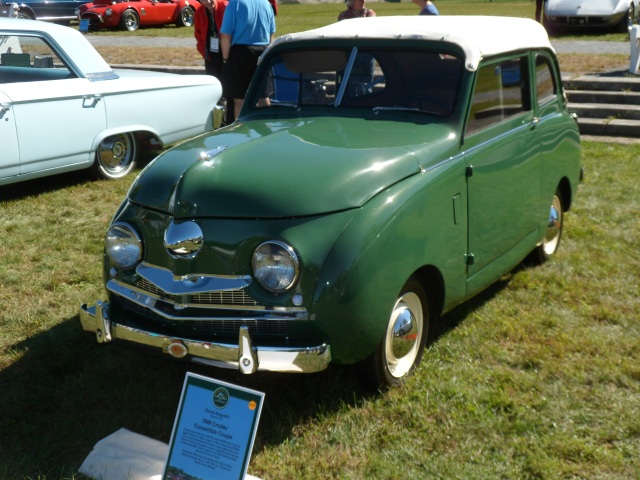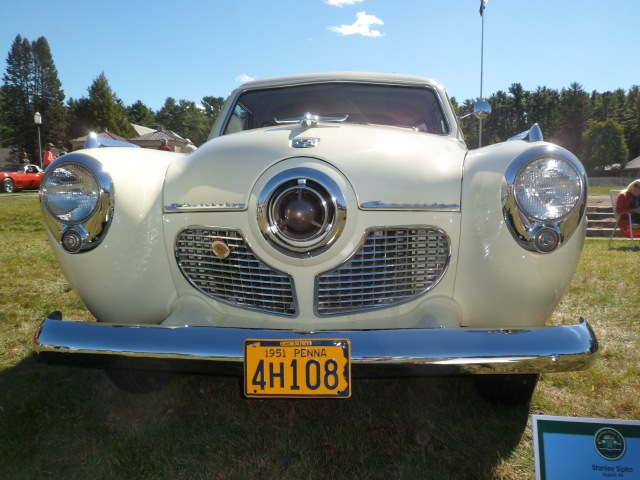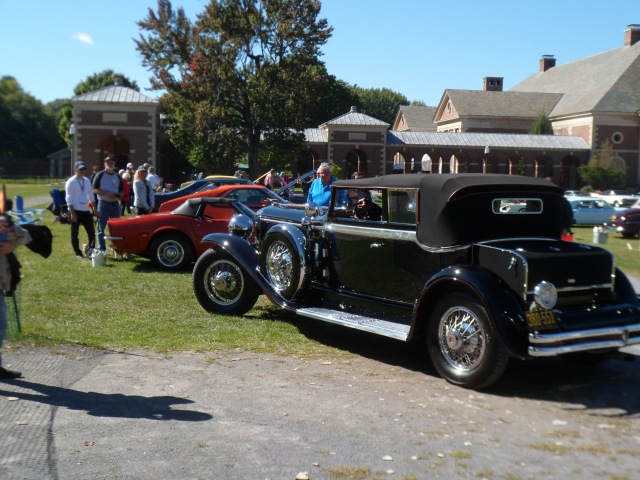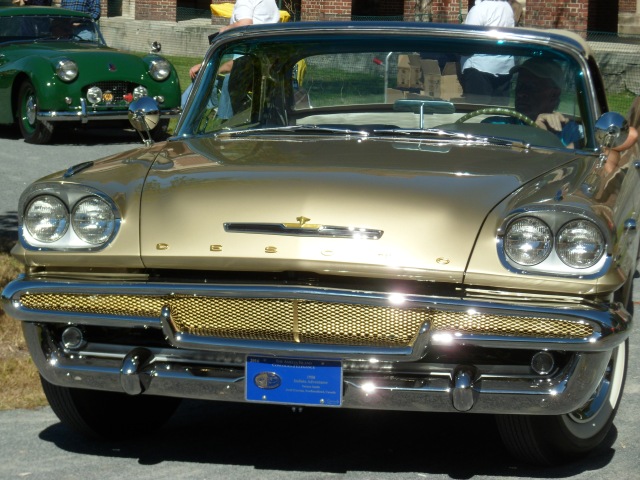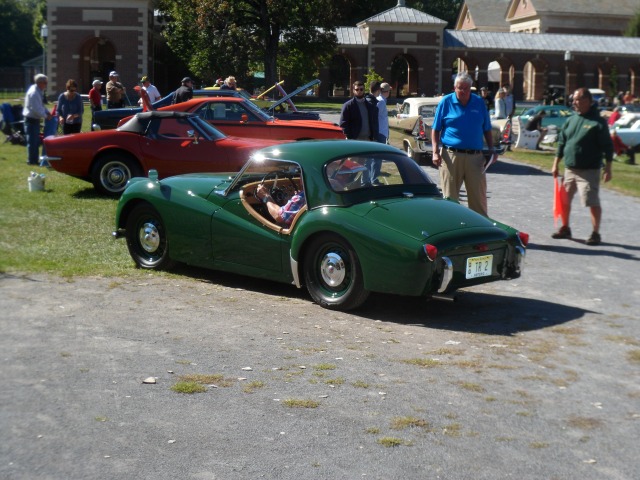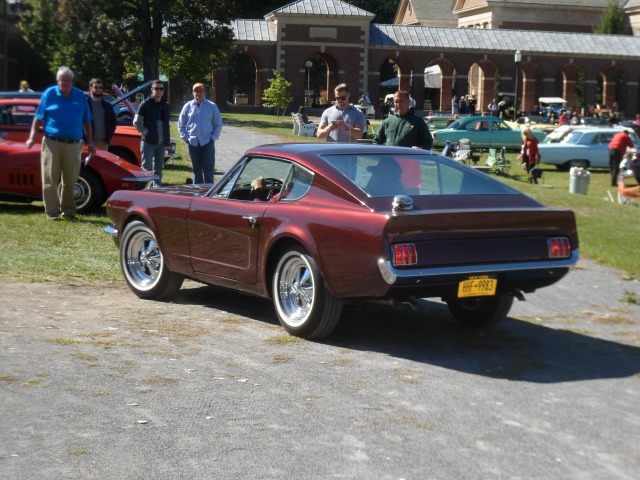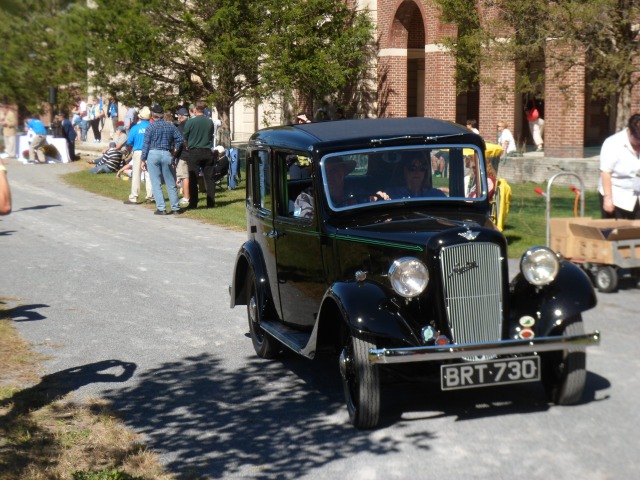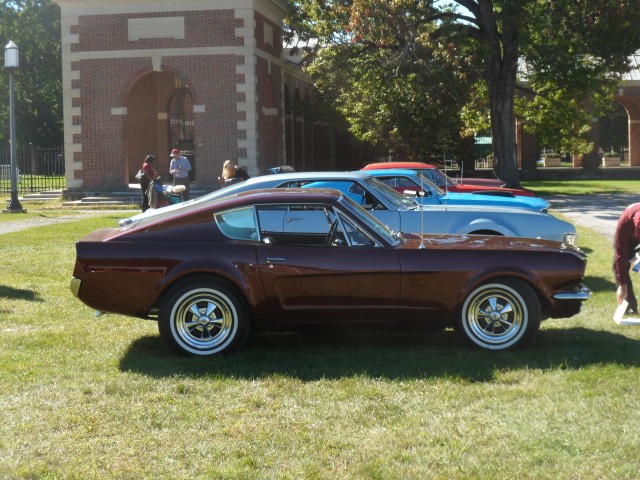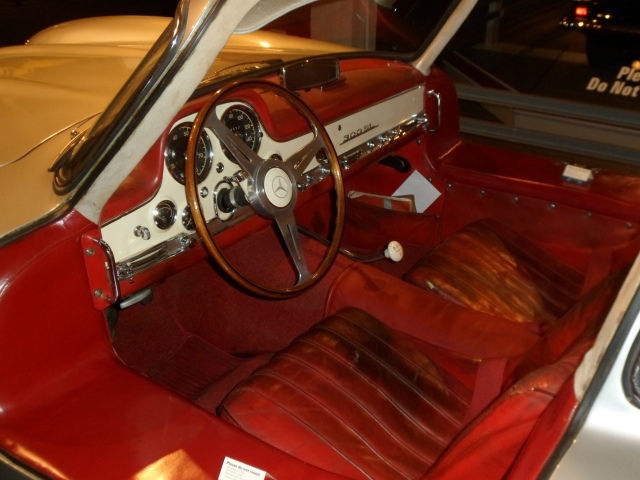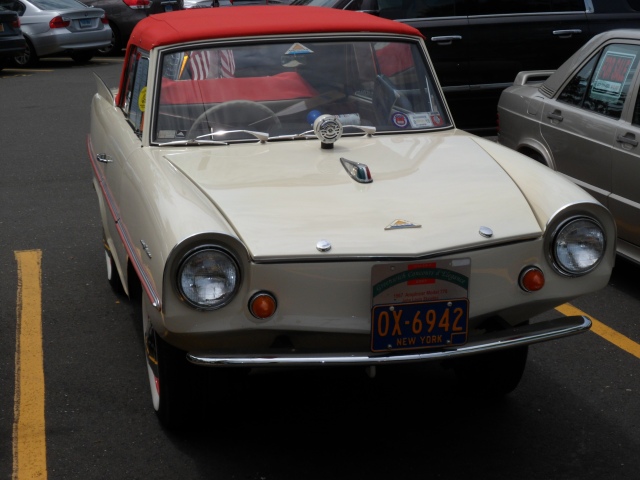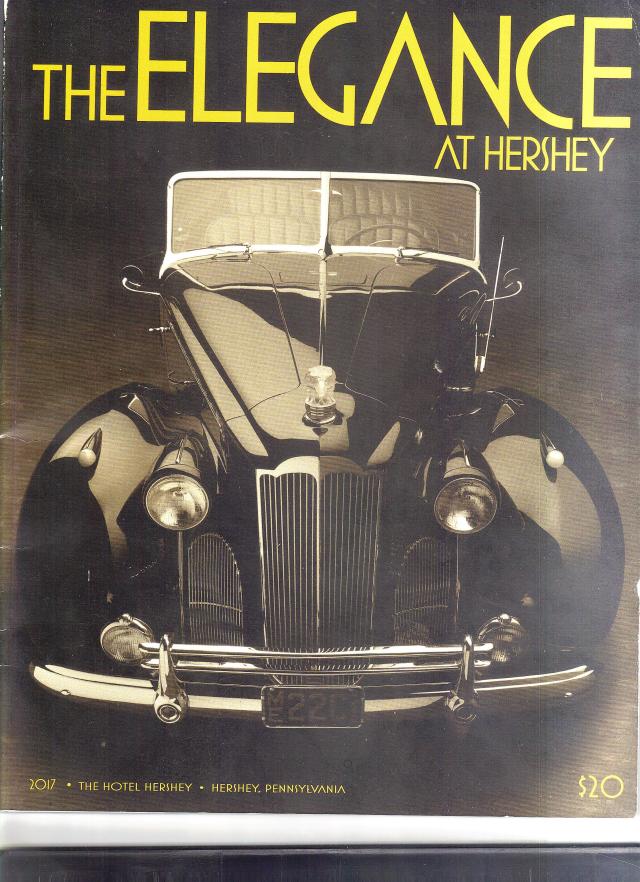
Hershey is known for two important classic car shows: the massive AACA meet in October, when it invariably rains, and the exclusive Elegance at Hershey in June. On this 95-degree Sunday afternoon, I’ve taken my first trip to The Elegance. And elegant it was.
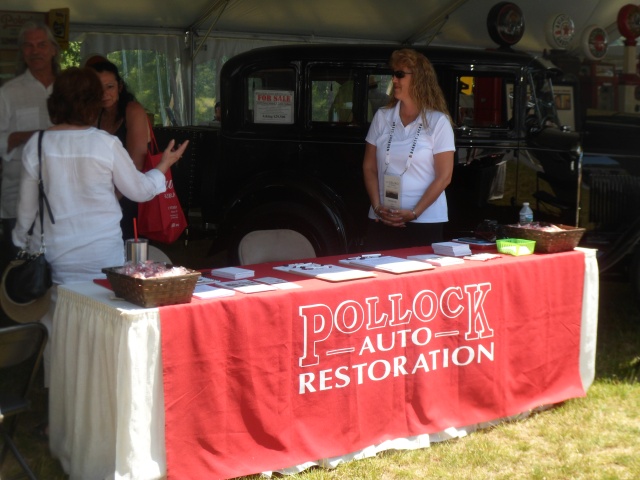
But first a visit to the vendors’ tents. No, I did not get into the restoration business. And the owner of this shop is apparently having a spelling problem.
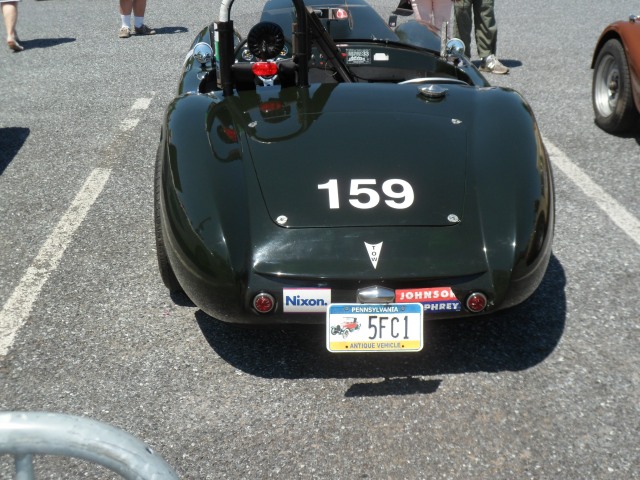
One of the Hershey events is a timed hillclimb for classic racing cars, which takes place on Saturday, but some of the cars return for display on Sunday. This is one that displays some classic presidential bumper stickers from the car’s heyday – 1964 and 1968.
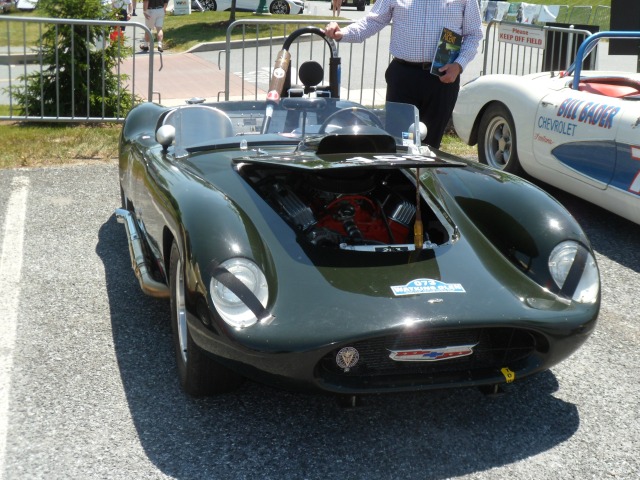
Here’s the other end of those bumpers stickers. It’s a Devin, circa 1960 – a kit car using a fiberglass body, some of which actually saw road duty. I’m not positive, but this appears to be a Devin SS from 1958-59, of which about 30 were built. Notice the Chevy logo in the grille and – look closely – a 283 Corvette V8.
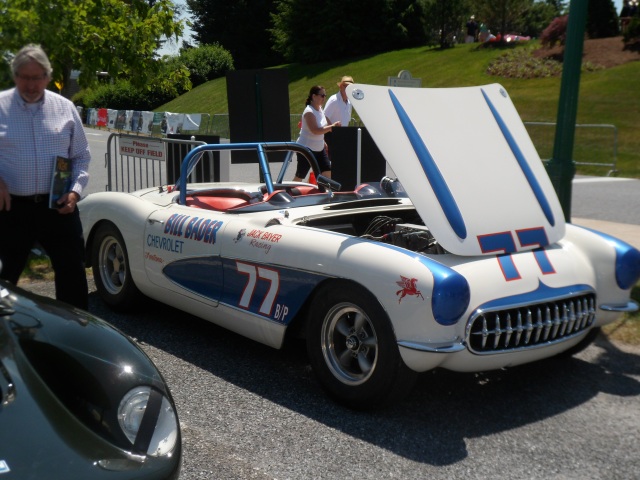
Much bigger and more familiar, a ’57 full race Corvette.
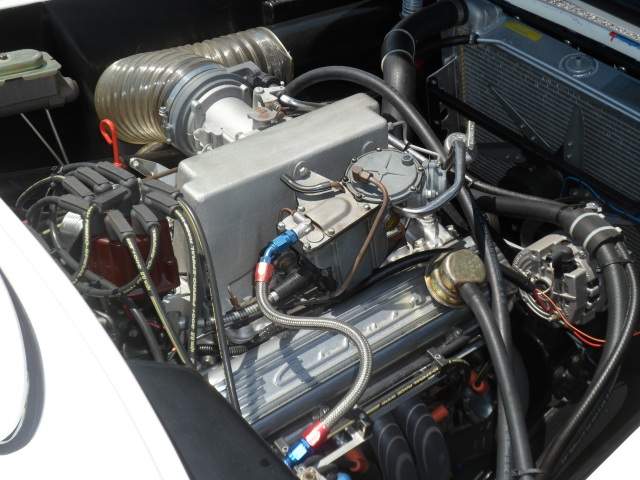
Under the Corvette’s hood, a 283 V8 with real, live Rochester mechanical fuel injection. Also, look closely and you’ll see two modifications that are inauthentic in a 1957 racer: an alternator and a dual brake master cylinder.
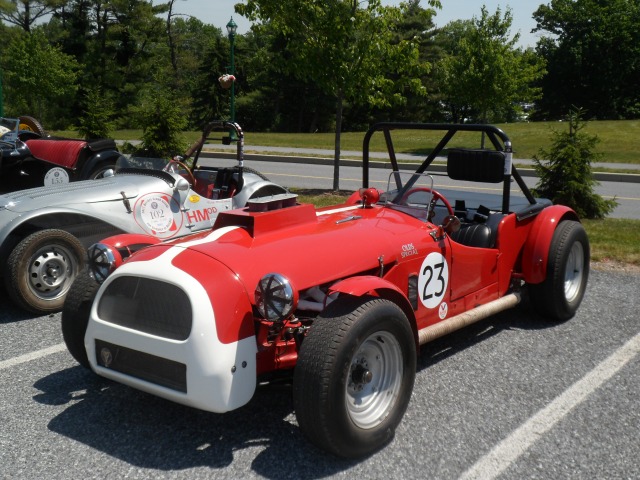
This was someone’s homemade special with an Oldsmobile V8 – a fast, loud, dangerous way to get up a hill.
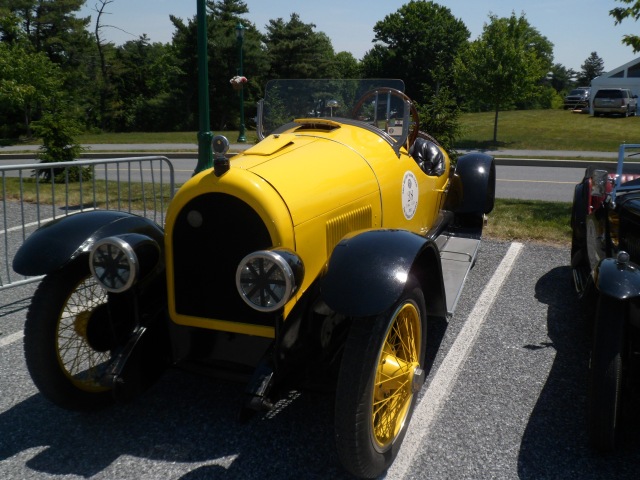
Here’s the most original hillclimb racer: it’s a Kissel. It is apparently a Gold Bug roadster from the early 1920s.

A strange story: in the late 1950s, someone modified a dragster/dry lakes speedster to compete on sports car tracks, and apparently it did quite well. Somewhat later, this car was sold to magazine editor Brock Yates, who continued to race it; and subsequently, it was sold to Wayne Carini, a classic car dealer who also hosts a cable TV show about classic cars. It’s powered by a small-block Chevy V8.
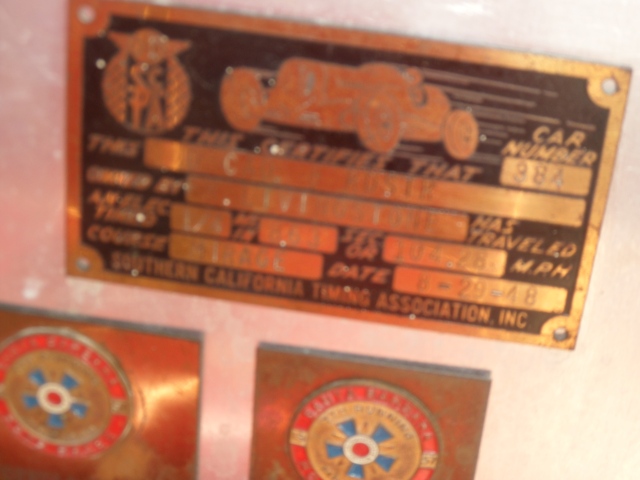
Inside, a small brass plaque that certified this car at 104 mph in 1948, presented by the Southern California Timing Association.

Now, let’s hit the show. What a beautiful setting: the lawns of the Hotel Hershey.
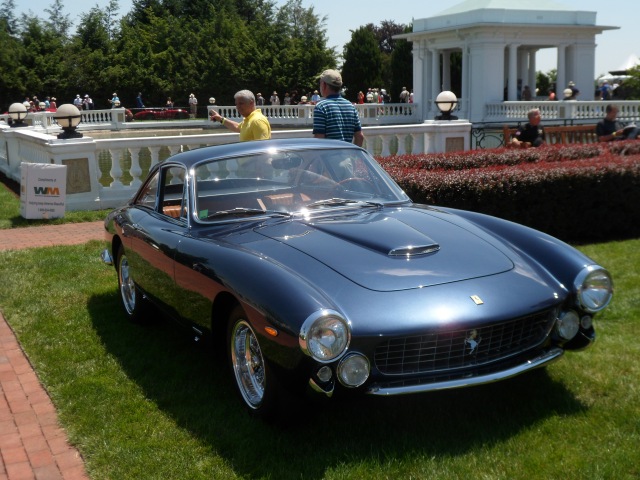
Spoiler alert! If I could have just one of the cars on display, I think this one – the first I saw at the show – would be it. It’s a 1964 Ferrari 250 GT Lusso, body by Pininfarina. Before Ferraris became caricatures of silly things rich people buy, they had a simplicity of design, a modicum of practicality, and a ton of class. They don’t get better than this.
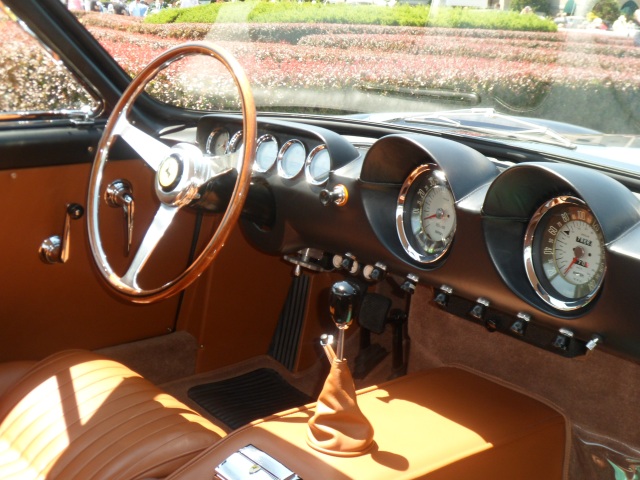
The ergonomic nightmare of the Ferrari. Speedo and tach right at the center of the dash, visible by no one; rows of unlabeled identical switches; a thin, slippery wood steering wheel. Sure is pretty though.
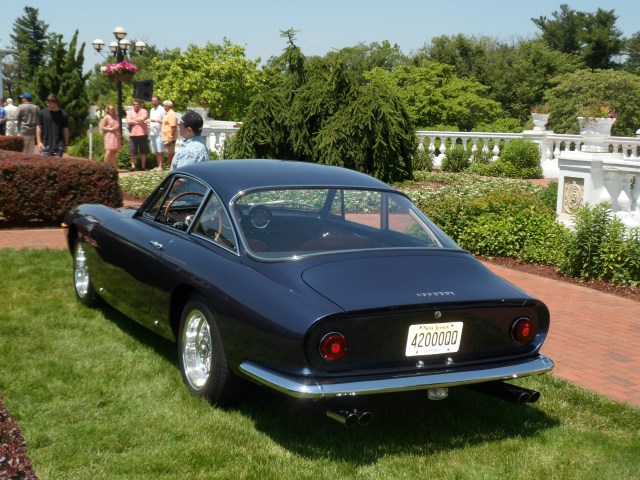
It’s a beauty from every angle. I personally love the large glass and thin pillars, which give it a graceful appearance from every side.
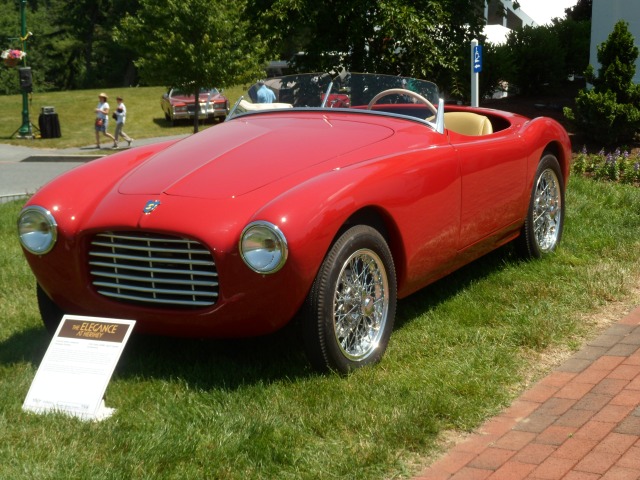
Remember when racing cars were this pretty? It’s a 1952 Siata 300BC, with a body by Bertone. Originally built as a racer (although it’s apparently street-legal), this one is powered by a 750 cc Crosley four-cylinder, and its early history includes racing at Watkins Glen.

A rare sports-racing beast: a 1955 Arnolt Bristol, also with a Bertone body. The creation of Chicago sports car dealer Stanley Arnolt, about 150 of these were built between 1954 and 1959 in Illinois, using British running gear and Italian bodies. Their racing success is largely attributable to the 2-liter Bristol six that powers it – an engine whose lineage dates back to the prewar BMW 328.

Only about half of all the 150 Arnolt Bristols ever built are known to survive. This one is likely one of the best.
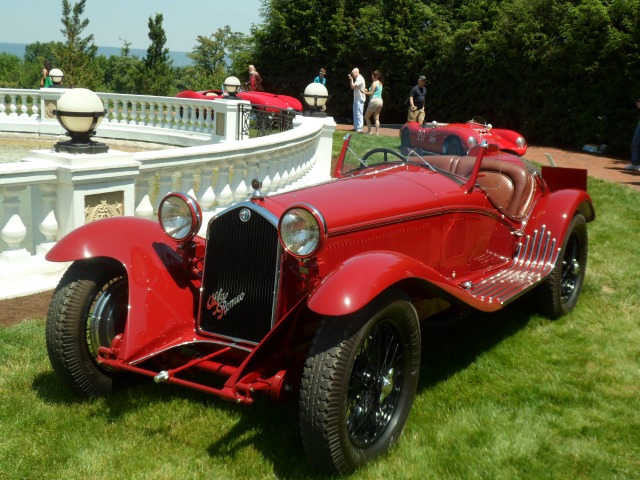
The best-looking of the ‘30s racing cars: a 1932 Alfa Romeo 8C 2300. While this one is not terribly unusual, it’s got an interesting back story. This was displayed at the Paris auto show in 1932 and was prominent in prewar European racing. It was imported into this country in 1940, and continues to be used for long-distance tours.
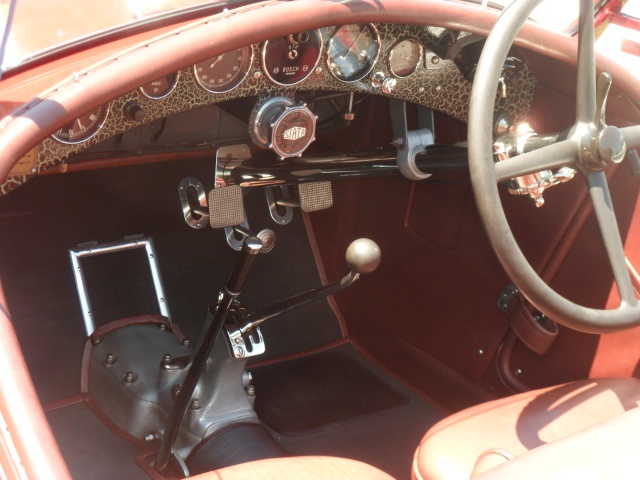
The Alfa’s interior is so much better styled than that of most other race cars. Note the wild animal print on the dashboard!
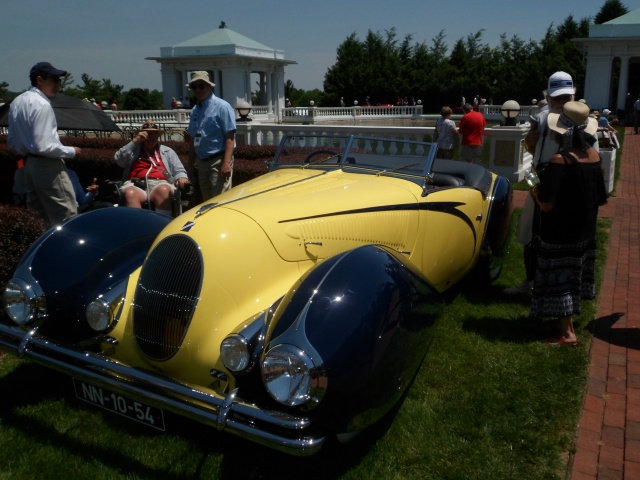
Here’s one that had me running for the reference materials. The sign says it’s a 1938 Darracq Talbot-Lago T-150-C, with a body by Figoni & Falaschi. If you think it resembles a Talbot-Lago – well, that’s right – the Darracq name was appended to cars that were intended for export. This particular car, splendidly restored, was originally sold to Portuguese royalty, and is powered by a 4-liter six.

A subtle dorsal fin on the tail end of the Talbot-Lago!
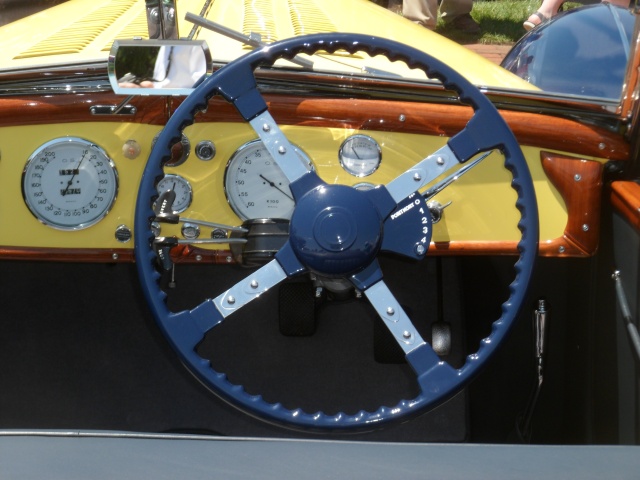
Compared to the over-the-top exterior styling, the dash of the Talbot-Lago is remarkably restrained: body-color metal, subtle wood accents, and – note this – a British-made Wilson preselector transmission.
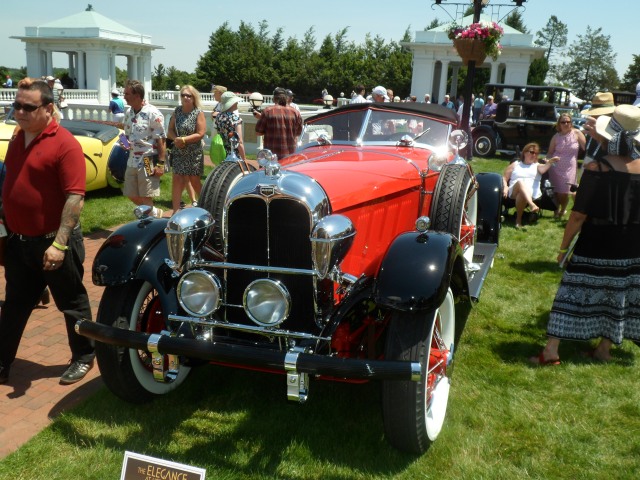
First-class restoration of a 1928 Auburn 8-115 roadster. Auburn was at the low-priced end of its manufacturers’ brands (the others being Duesenberg and Cord) – but Auburns always combined fine performance with extravagant styling. (For example, note the stylish Woodlite headlights). This particular Auburn is a recent restoration of a car that had been in storage for about 70 years.
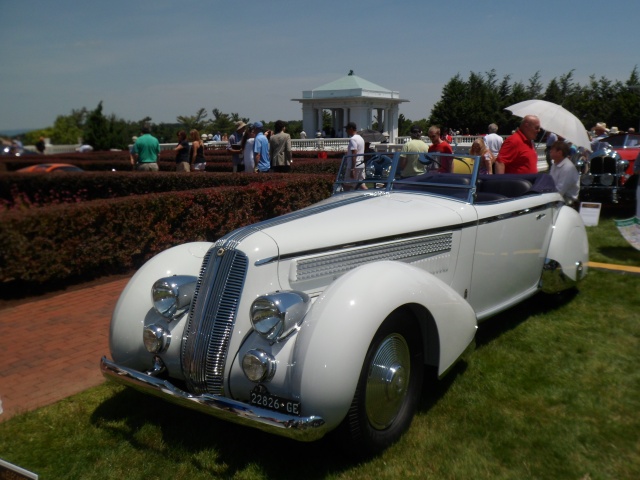
If you couldn’t guess this model, don’t feel too bad. It’s a 1936 Lancia Astura cabriolet, with a body by Pininfarina. One of 326 Astura models built, this one was a show car at the 1936 Milan Motor Show. Very advanced for its day, it’s powered by a 3-liter overhead-cam V8 of 82 horsepower, and it features independent front suspension.
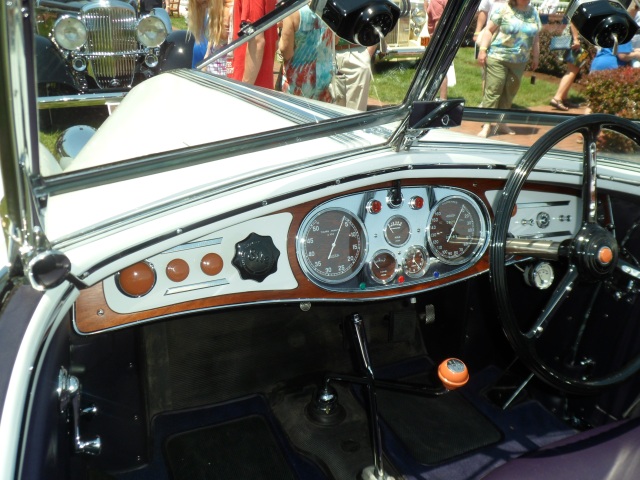
Bright trim, leather, and a profusion of gauges set this Lancia apart as a truly luxurious sports tourer.
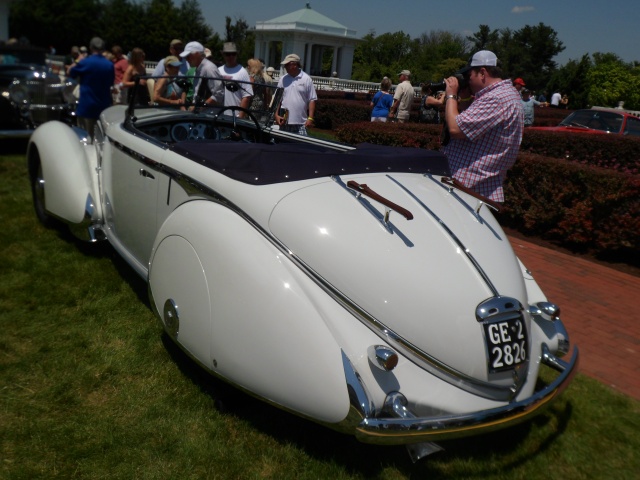
The Lancia is set up to carry luggage on its rear deck – a little unusual. This is truly a large car – it rides on a 131-inch wheelbase.

The first Duesenberg of the day. One of about 450 J-series Duesenbergs, this one is an early model, a 1929. In 1937, the coachbuilder Bohman and Schwartz rebodied this car with the convertible coupe body it wears today, and at the same time it was upgraded from a normally-aspirated J specification (265 horsepower) to supercharged SJ (320 horsepower).
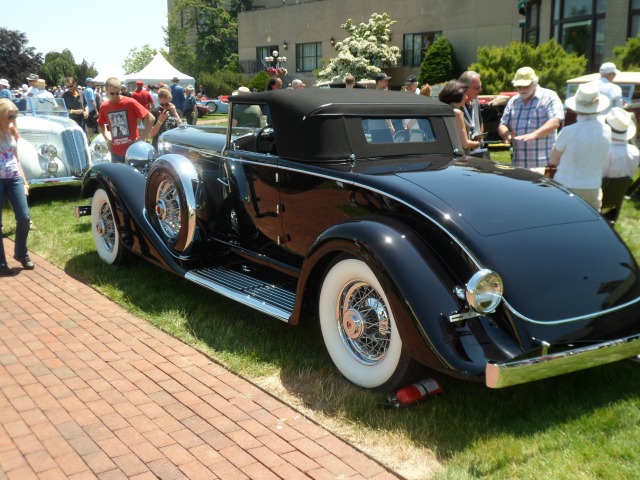
The Duesenberg, larger than life. Basic Duesenbergs, without any body, were sold by the factory for $15,000 or so, and bodywork added an additional $5,000 or more. This is when concurrent Ford Model As sold for about $500 and were powered by 40-horsepower fours.
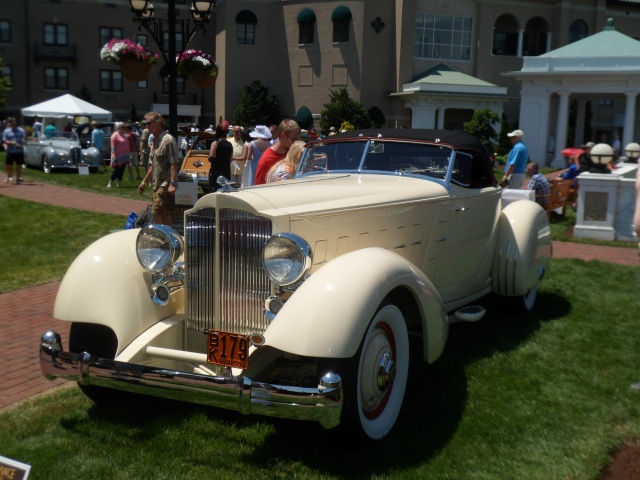
The car that won best-in-show, and was the star of my afternoon, too. It’s a 1934 Packard 1106 twelve-cylinder Runabout Speedster, body by LeBaron. In 1934, actress Carole Lombard purchased this car for her husband, Clark Gable.
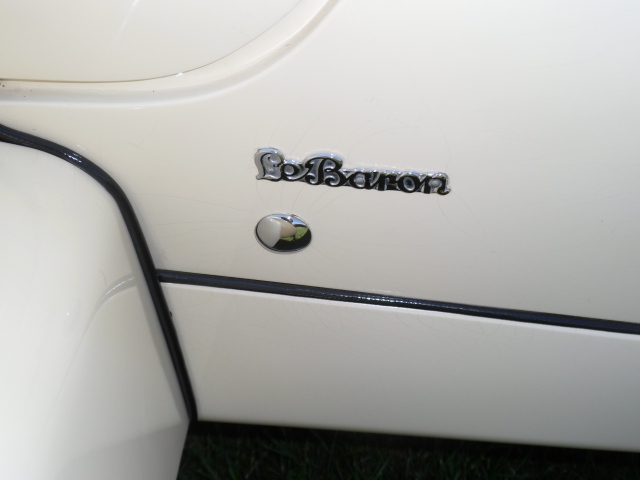
A subtle LeBaron logo on a fender. But when it was delivered, Gable didn’t think it was special enough, so he had a west-coast body builder, Bohman and Schwartz, add their own custom touches.
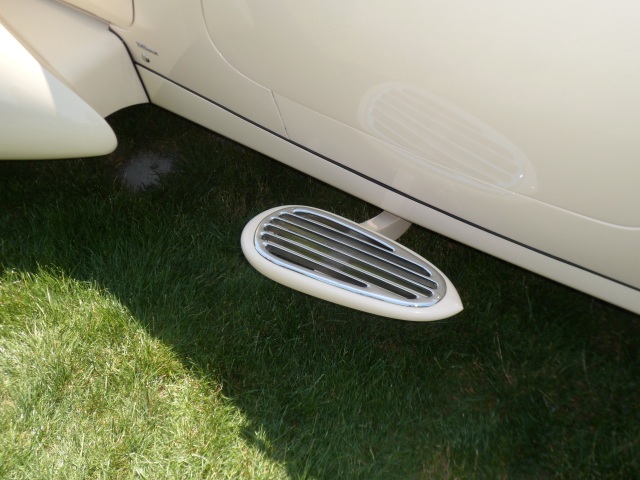
Custom touches? Well, they included the elimination of running boards and the substitution of the teardrop-shaped step plates. And the windshield was cut down further, and body lines were recrafted to make the hood appear longer and smoother.

The Packard’s interior – a very snug one at that – was special enough that it didn’t require any modification. Red leather and burled wood – some things can’t be improved upon.
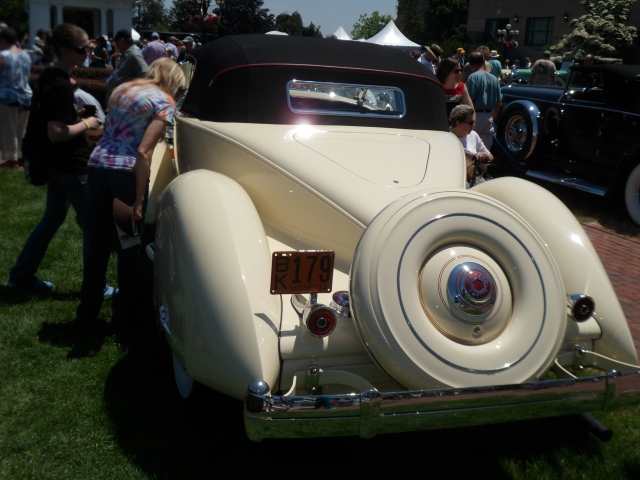
The boat-tail was part of the Packard’s original LeBaron design.
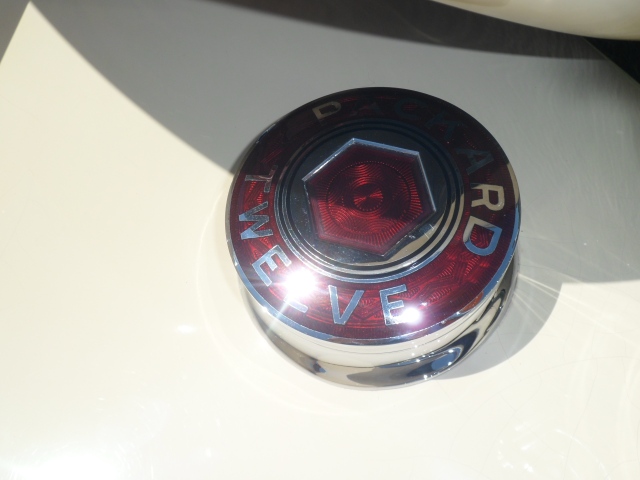
A lovely little detail on Gable’s Packard: the gas filler cap sports a cloisonné Packard-twelve logo.
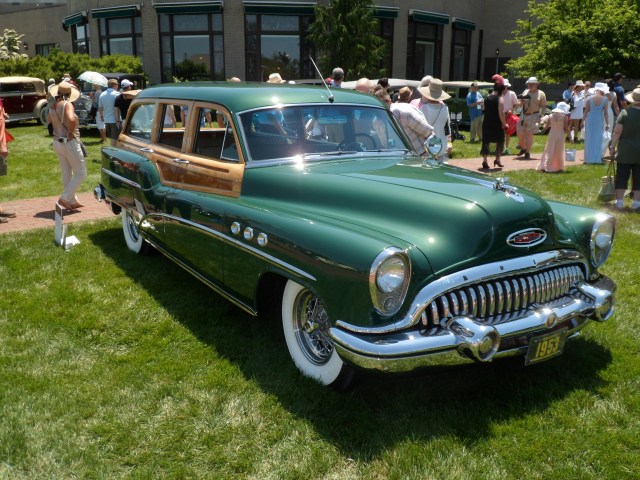
Tearing myself away from Clark Gable’s car for now (and yes, I kept returning to it) – this is the last American wood-bodied station wagon, a 1953 Buick Roadmaster. Starting in 1954, Buick – and all other American manufacturers – built all-steel station wagons, sometimes with fake-wood trim. On this car, the wood is structural. This station wagon is an all-original, 28,000-mile specimen.
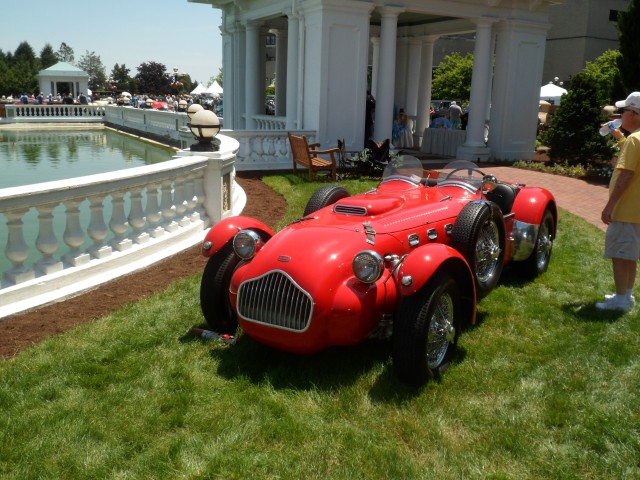
One of just 82 built, this is a ’53 Allard J2X. Allard had always mated lightweight British-made bodies with American power, and this is no exception: it’s powered by a Cadillac 331.
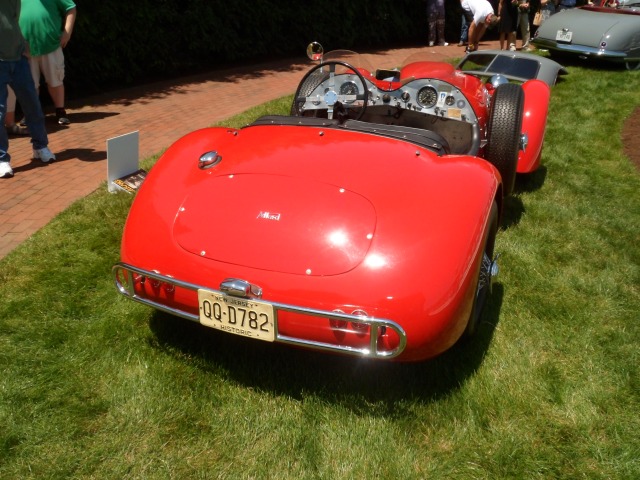
Like many sports-racers of the fifties, the Allard was street-legal, but only barely so. It’s hard to imagine anyone driving an Allard as normal transportation.

Let’s pause for a moment and admire the strangeness that was the 1948 Davis, made even stranger as the headlight doors stand opened up. Based loosely on a Kurtis three-wheel race car, the three-wheeled Davis was cobbled together in prototype form to attract the press and, ultimately, dealers who placed deposits on franchises. Gary Davis raised more than $1 million this way and produced thirteen prototypes… and also failed to pay employees, suppliers, and payroll taxes. He was prosecuted for fraud and the company quietly disappeared in 1949. And this is one of the thirteen prototypes, nearly all of which survive today.
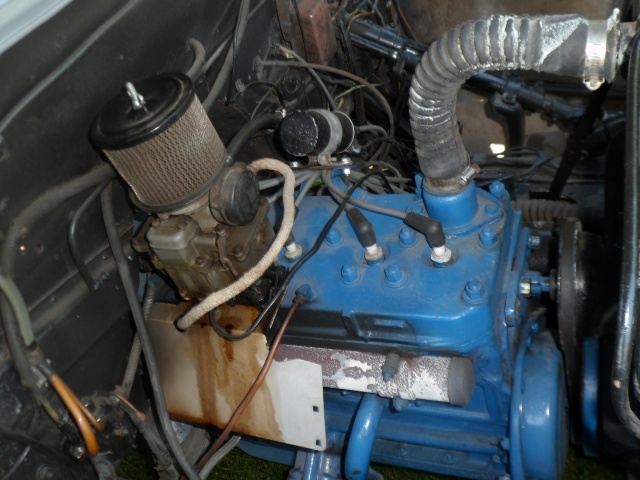
Davis sure didn’t spend a lot of time thinking about engines. It’s powered by a 160 cubic inch, 63 horsepower Continental four.

Just a few feet ahead of the engine, you can see what makes a Davis different. The single front wheel is supported by a strut which is connected to a crude steering linkage at its top. Not visible here, the Davis featured built-in jacking at all three wheels.
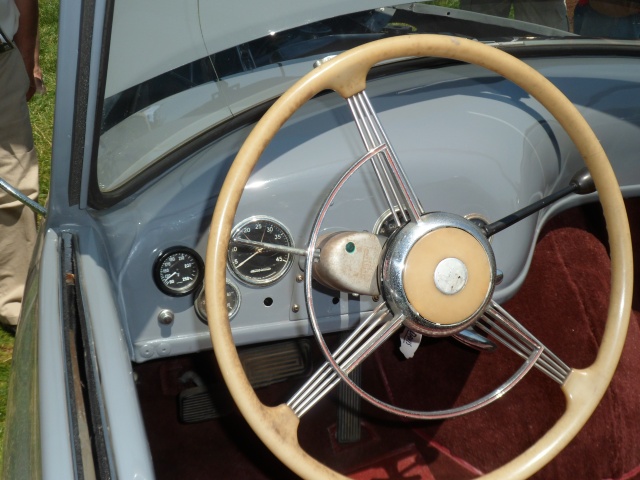
The bare dashboard reminds you that this was a prototype and wasn’t the way Davis envisioned customers seeing it. The Davis was planned to retail at $1,600, more or less Buick-type money.

And the Davis was rather a big car – a 110 inch wheelbase and about 190 inches overall. Note the fiberglass removable hardtop, surely inspired by the then-current Studebaker.
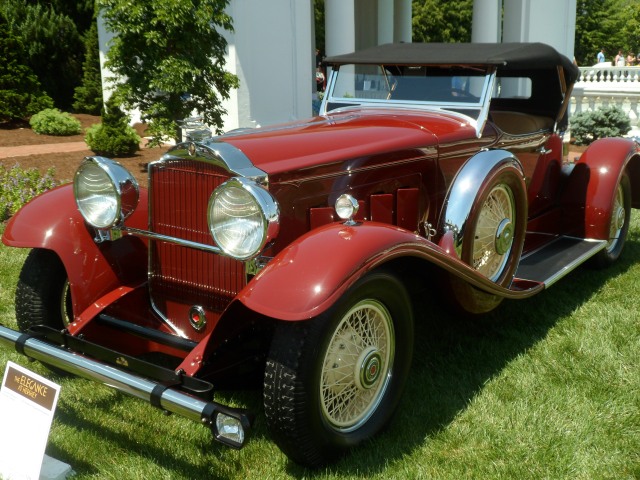
A very handsome Packard, indeed – a 1932 model 734 Speedster Runabout. Like many Packards of this era, it’s powered by a 385 cubic inch straight eight.
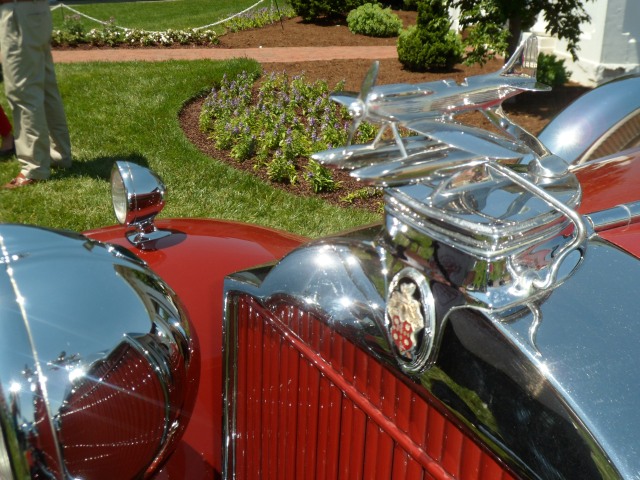
And it has the coolest seaplane radiator cap!
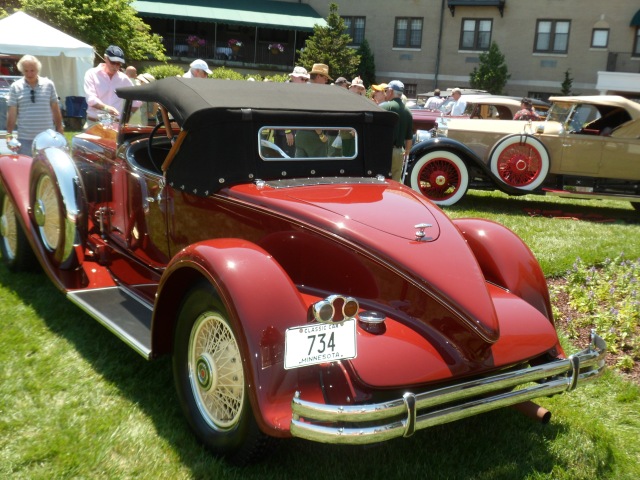
What makes this Packard so unique is its boat-tail body, just 25 of which were built in this model, and only a few survive. This car is apparently the veteran of some long-distance classic car cruises, making its condition even more remarkable.
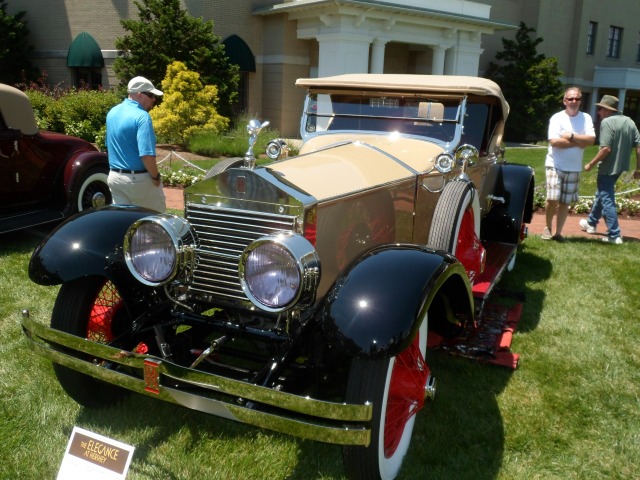
This is more than just a 1925 Springfield Rolls Royce Silver Ghost Piccadilly roadster, even though that would be pretty impressive in its own right. When new, this car and its twin were purchased from the New York Rolls Royce showroom by Howard Hughes. He kept this one and gave the other to actress Gloria Swanson.
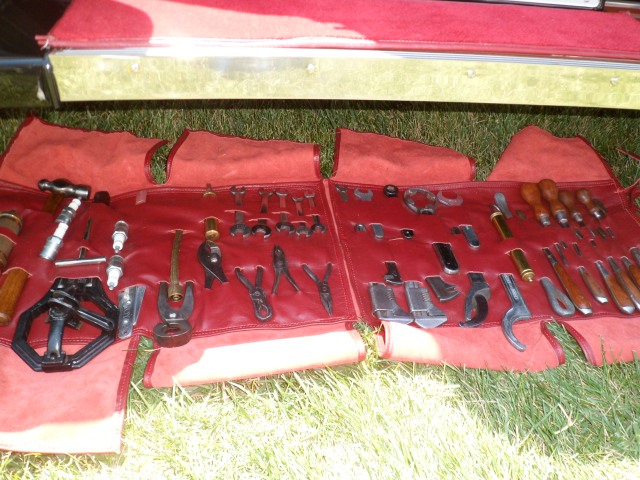
Standard equipment on Rolls Royces of this era included a rather extensive tool roll. Staring at this for a while, I can’t even imagine the purpose of some of these tools!
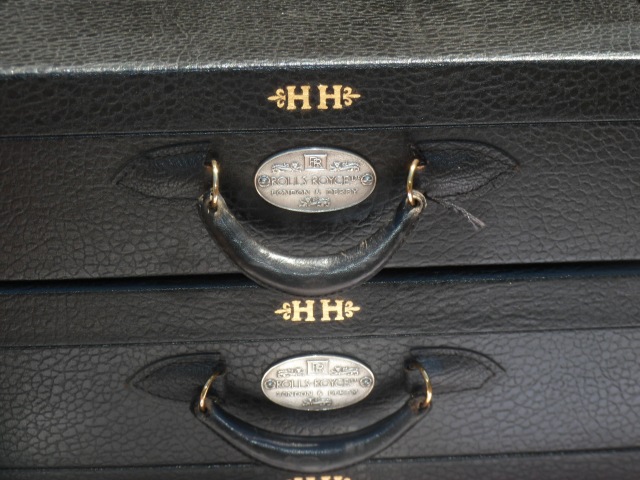
In the trunk… or, boot… of this Rolls Royce are the factory supplied fitted suitcases, with Howard Hughes’ monogram still present.
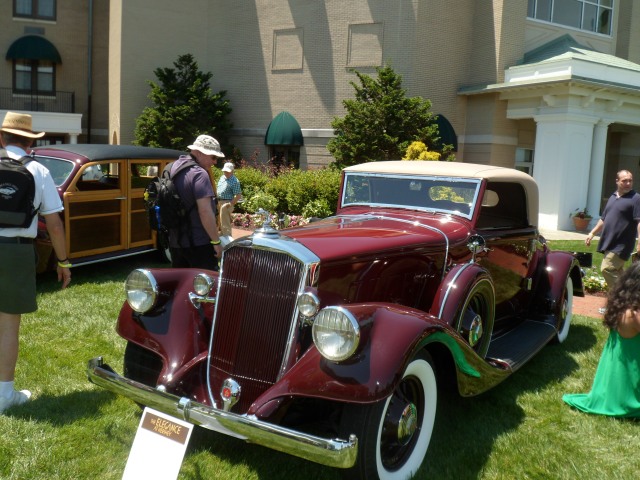
I’ve been at this show all afternoon and still haven’t photographed a Pierce Arrow? My mistake. This beauty is a very rare 1933 model 836 sports coupe.

A moment ago we saw the very last wooden Buick wagon. Here’s the first: a 1940 Buick Super, with wooden body by Biehle. (The major manufacturers just delivered bare chassis to body builders when they made their earliest station wagons.) Its original owner was the Warner Brothers studio, which used this car in several movies – among them, the Bette Davis movie Now Voyager. While it’s not well documented, it’s believed that this station wagon was later given to Bette Davis for her personal use – hence the license plate.

A 1940 Packard 160 limousine, body by Rollston. Packard’s senior series was divided into two lines, the 160 and 180, by the late 1930s, after the V-12 was discontinued. This limo was built on the “lesser” 160 platform, and it’s a rare example of the top-hat style, with its tall – and ungraceful – passenger compartment. Reputedly, this car’s first owner was the Rockefeller family.
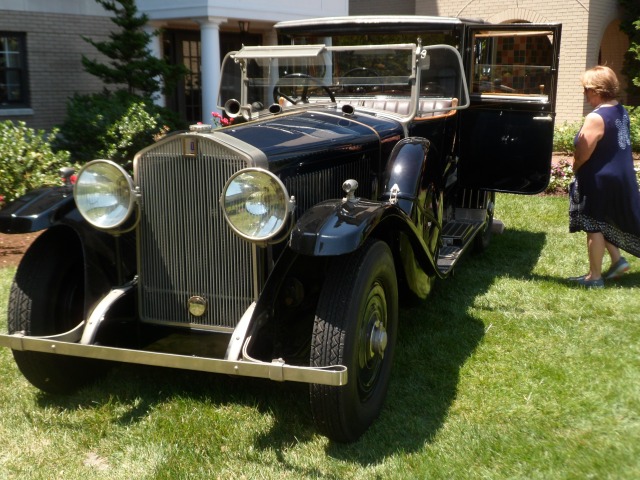
Do you remember the prewar touring car that figured prominently in the movie Sunset Boulevard? That was an Isotta Fraschini Tipo 8A – as is this one. It was in production from 1924 to 1931, and – not far different from a J Duesenberg – it was powered by an overhead-cam straight 8 of just over 7 liters. Sources say that 950 were made and presumably few remain. This one, a 1924 owned by a prominent New Jersey collector, had been retained by its manufacturer for chauffeur training, was placed in storage at the beginning of World War II and was just unearthed in 2016.
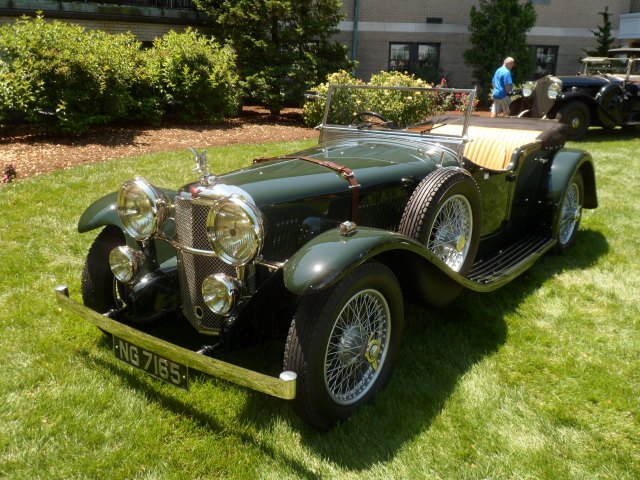
It’s a what? An Alvis – specifically, a 1934 Speed 20 SB Sports Tourer. A high-end performance car builder before the war, Alvis puttered along making a few cars after the war, before being acquired by Rover in the ‘60s. This one is a rather luxurious and sporting example – with a 2.5 liter 87 horsepower straight six, independent front suspension, fully synchronized gearbox, and a long 124-inch wheelbase. Note the 4-door convertible body, constructed by Cross & Ellis.

The Alvis’ interior just screams out “prewar British.” It’s beautifully appointed and looks pretty comfortable.
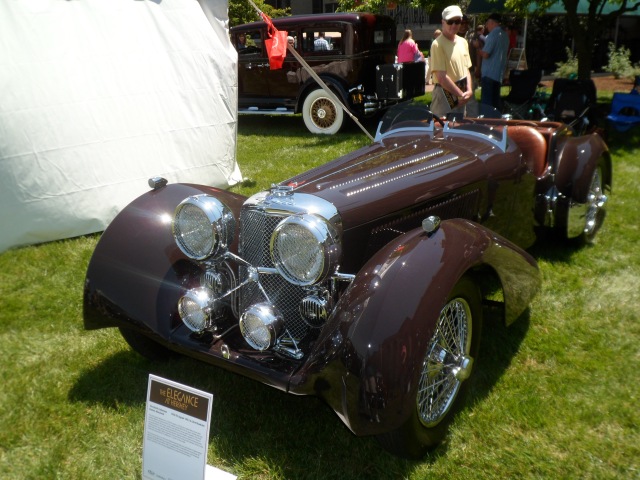
Somewhat better known that the Alvis, but sharing some similarities – this is a 1936 SS Jaguar 100. The SS name – an abbreviation for “Swallow Sidecars” – was dropped as the Hitler regime had a more sinister meaning for SS. But the Jaguar was a beauty, and like the Alvis was powered by a 2.5 liter straight six.

This Jaguar received some modest customization when it was nearly new, including alligator skin upholstery with matching luggage.

Another inviting prewar British dashboard. Note the counter-rotating tachometer.
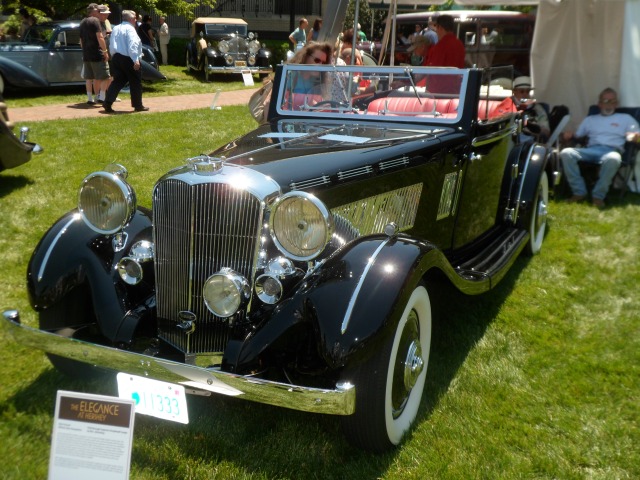
While we’re on the subject of handsome, super-rare British touring cars… it’s a what???

A 1936 Brough Superior drophead coupe. A what? Brough Superior built a premium line of motorcycles from the 1920s to the outbreak of World War II. (This is the motorcycle that Lawrence of Arabia preferred!) In 1935, the company launched its first automobile, using a modified straight-8 Hudson engine and chassis. Bodywork was created by independent companies (this one has a W. C. Atcherley body). But soon after production began, Hudson backed out of the venture and Brough stopped building cars.
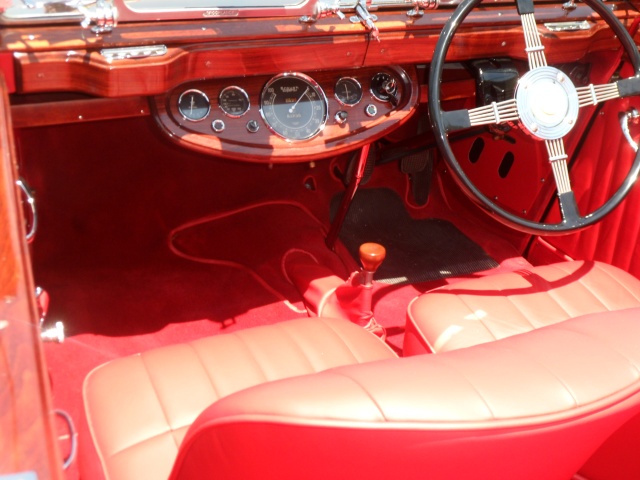
Different sources say that anywhere from 15 to 85 Brough Superior cars were built – but sources agree that three survive. The superb restoration of this one highlights just how elegant this car was.
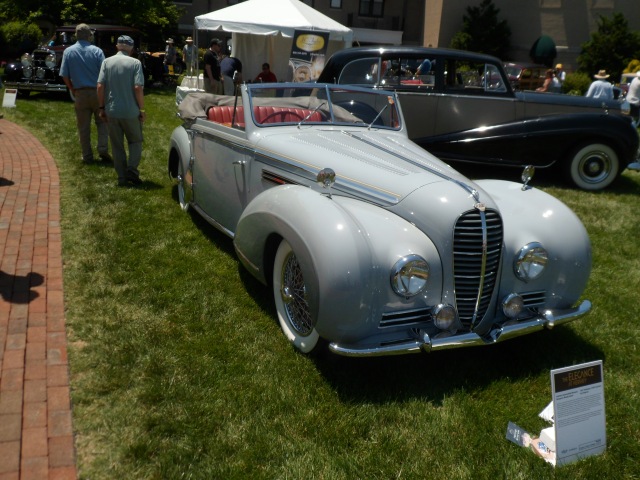
The 1951 Delahaye 135M cabriolet, body by Henri Chapron. The Delahaye 135 – about the top end of anything ever built in France – actually dated back to the mid-1930s, but styling was freshened up after the war. This is a 135 hp straight 8 with a very impressive prewar racing heritage.
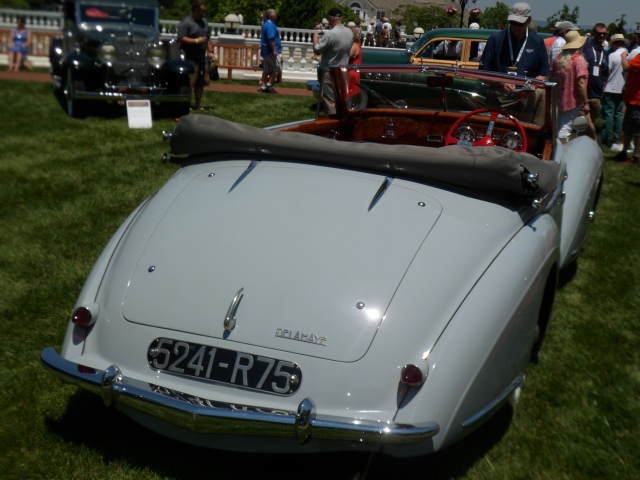
Delahaye 135M production ended in 1954, and their postwar production was very limited – so this is almost the end of the line. Incidentally, bodybuilder Henri Chapron was subsequently famous for creating the Citroen DS cabriolet.
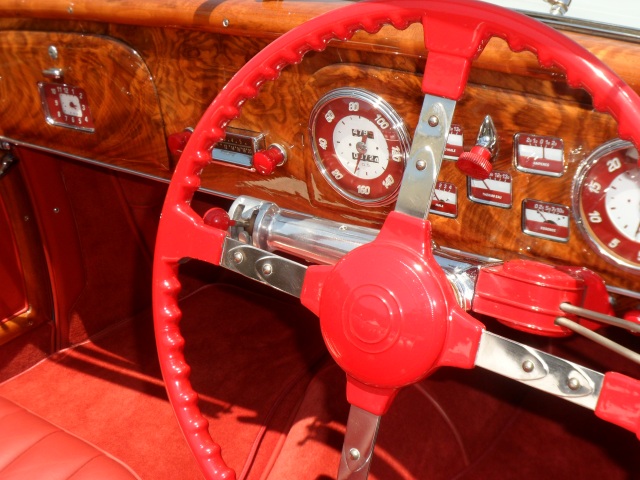
The Delahaye’s extravagant interior – and another example of a preselector transmission.
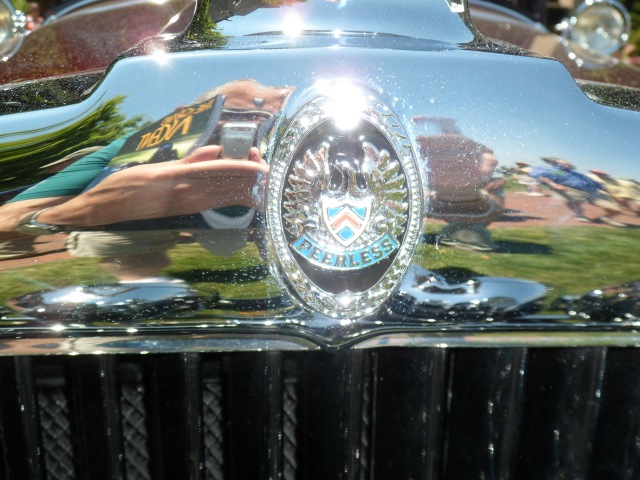
How often do you get to see the Peerless logo? Fun fact: Peerless went bankrupt in 1932, but its senior management got together the next year and bought the Detroit factory, turning it into the US producer of Carling beer.
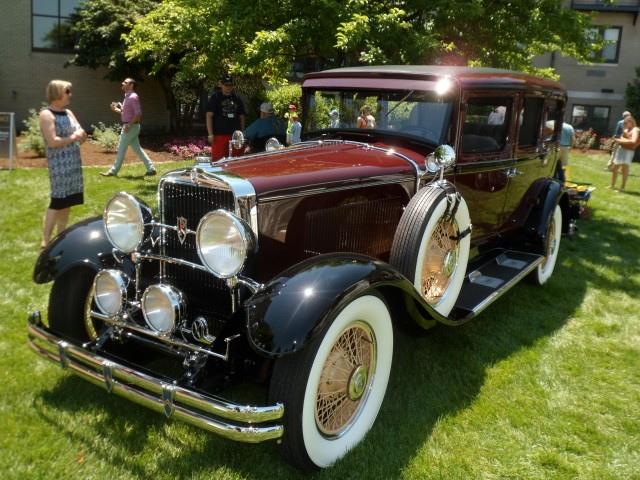
That logo is attached to a 1929 Peerless 8-125 7-passenger sedan. One of the “three P’s” of American luxury cars (along with Packard and Pierce Arrow), Peerless cars were made in smaller numbers than the others and seemingly few survive. This top-of-the-line 1929 represents Peerless’ first use of an engine other than their own (it’s got a Continental straight-8), and it’s one of three reported to survive today. This car is something of a movie and TV star: its first owner was Warner Brothers, and the car appeared in 1930s gangster movies. Later, it was sold to Desilu Productions and was featured in The Untouchables TV show.
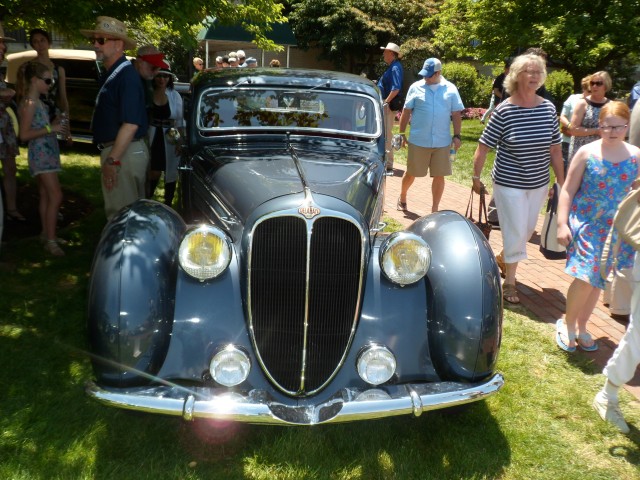
Two postwar Delahayes at the same show? This one is a 1946 135M coupe, body by A. Guillore. While I’ve seen a fair number of open Delahayes, this may be the only coupe I’ve ever seen.
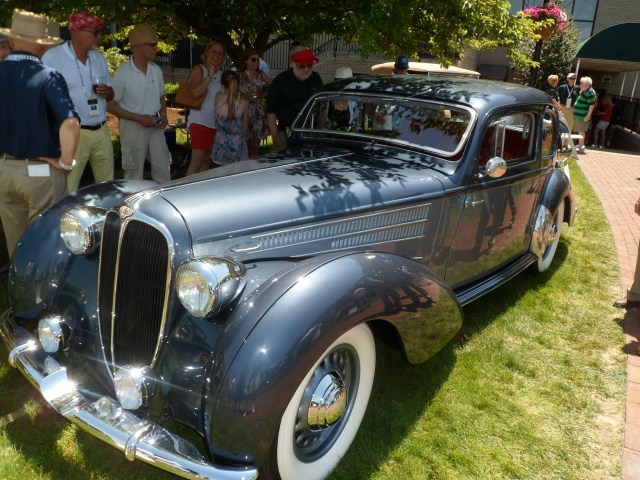
Undeniably elegant – but before long, the Delahaye would look old-fashioned, and the company, near the end of its life, could not afford a replacement model.
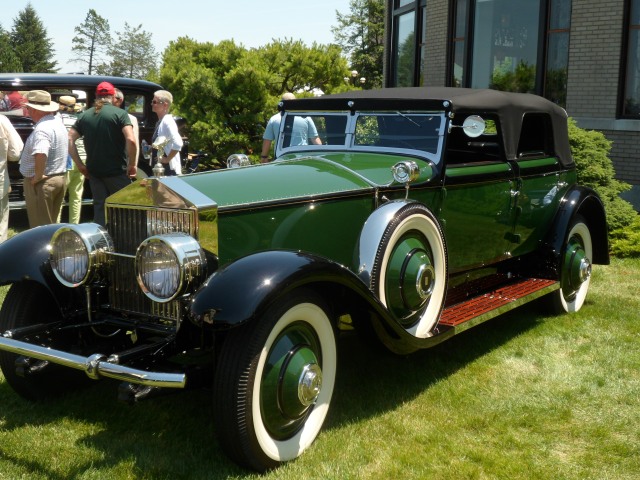
1930 Rolls Royce New Phantom Torpedo Transformable Phaeton, body by Hibbard and Darrin. That’s a mouthful: “New Phantom” was a short-lived model that replaced the Silver Ghost around 1926. Transformable refers to the all-weather top – not very attractive – that this one wears. The car was originally purchased by Paramount Pictures and was then transferred to actress Marlene Dietrich.

Sometimes the engine is more interesting than the car. This is a V-16 in an early-30s Cadillac. One of only two US manufacturers of V16s (the other one is coming up shortly), the Cadillac engine is reputed to be the first one that was actually “styled.” For your substantial investment (and an 8 mpg fuel thirst), you got an incredibly smooth powerplant and an aesthetic delight with extensive porcelain coating under the hood.
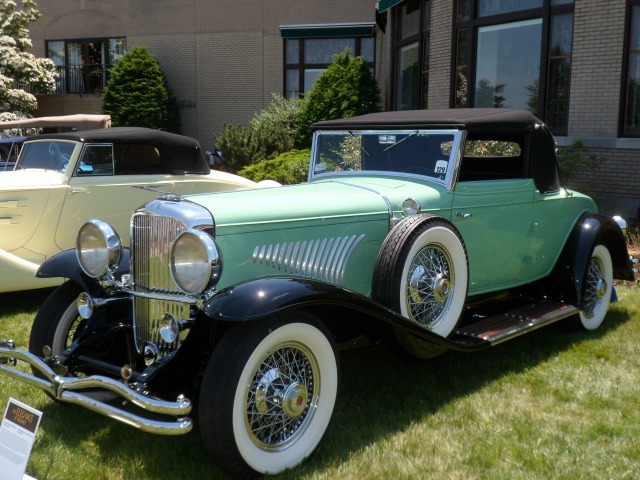
How about another Duesenberg J? This one’s a 1929, which began life as a New York auto show car. It’s notable for the unusual and bright color scheme (pretty rare among Duesenbergs), and also for the only instance in which body builder Fleetwood built a Duesenberg.
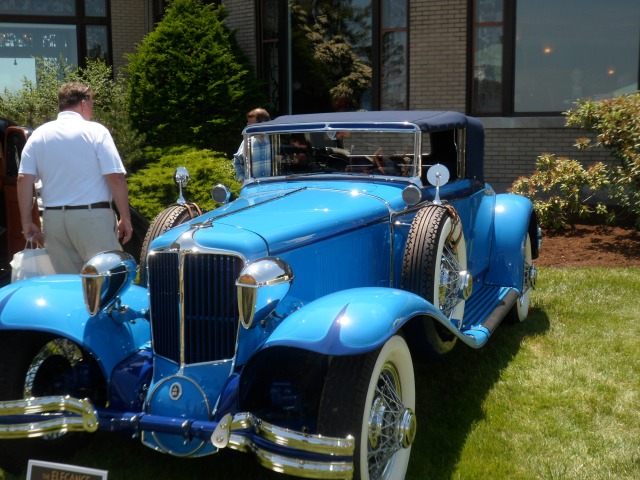
A real crowd-pleaser: a 1929 Cord L-29 cabriolet. One of only about 1,200 drop-top L-29s, the front drive allowed Cord to build a much lower car, which works well with the sharp convertible styling.
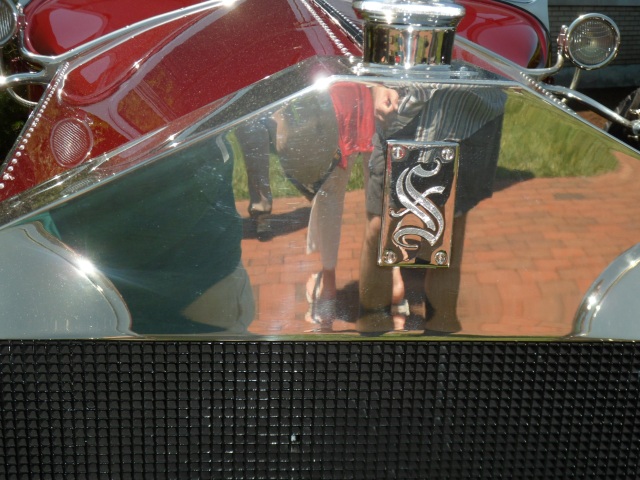
Don’t recognize the logo? It’s a Locomobile!

Specifically, a 1925 Locomobile 48 convertible sedan. Locomobile was another maker at the top of the American luxury market, but after 30 years in business, Locomobile shut its doors in 1929.
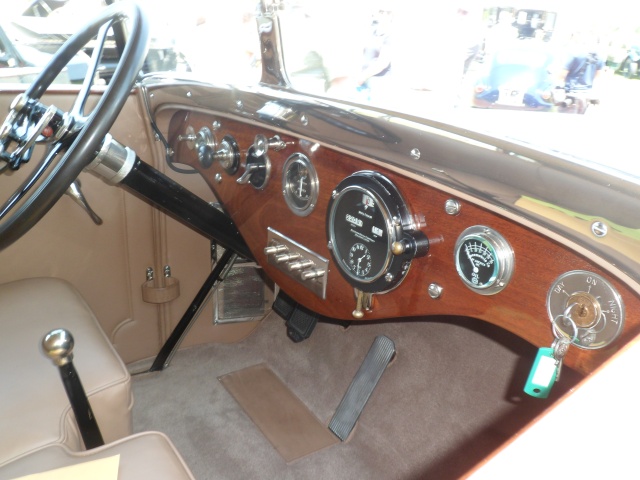
The big, elegant Locomobile was originally purchased by Edward Stotesbury, a one-time business partner of J. P. Morgan. The car was kept at his Philadelphia estate.

For all the Trans Am owners who thought they had the ultimate Screaming Chicken on their hoods… this Locomobile has you beat.
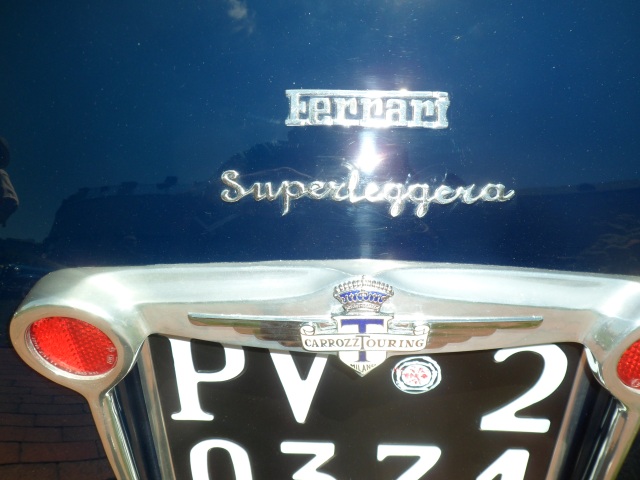
Moving postwar again – a promising deck lid, featuring super-light (“superleggera”) bodywork styled by Touring of Milan.

It’s a 1950 Ferrari 166 Inter coupe, basically the first roadgoing Ferrari. It’s the street car version of the racing 166MM, and only 38 166 Inters were built. It’s powered by a 2-liter V12 of 110 horsepower, coupled to a 5-speed. (Note, think about how small cylinders have to be in a 12-cylinder of only 122 cubic inches!)

For Ferrari, road cars and their amenities were an afterthought. But bodybuilder Touring created a simple and elegant interior.
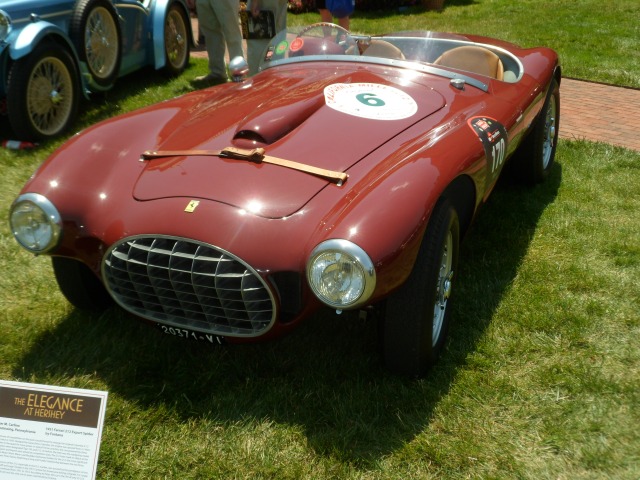
And right next to it: a 1951 Ferrari 212 Export Spyder, body by Fontana. The 212 utilized a bored-out version of the 166’s V12, all the way up to 2.6 liters.

This Spyder was certainly intended for road racing, not conventional street use. Of the seven 212 Spyders that were built, this one is the only one to wear a Fontana body.
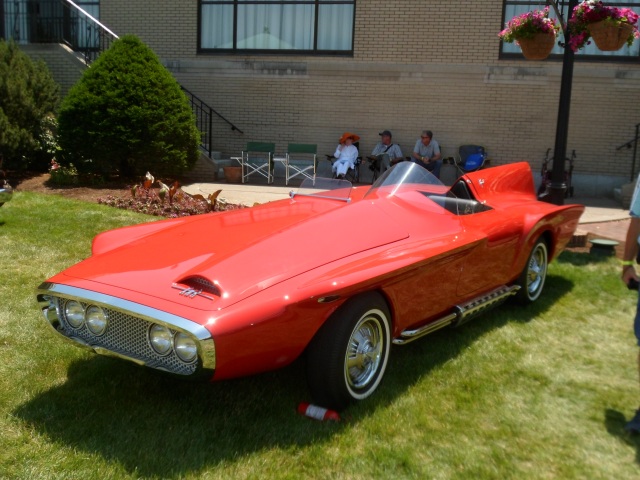
One that you don’t see every day: a fully functional Virgil Exner styling study, the 1960 Plymouth XNR, the only one built. Its all-steel body was built in Italy by Ghia, based on the Valiant unit body platform, but cut down to an overall height of 43 inches. At one time, this car was in the private collection of the Shah of Iran. And the name “XNR” – it’s a tribute to Virgil Exner.
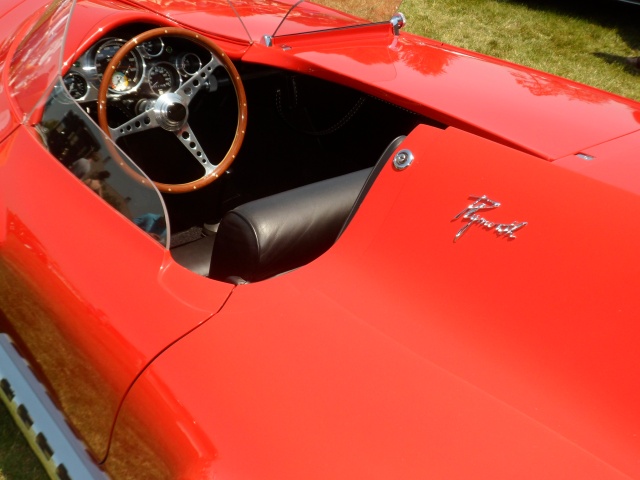
Odd for a one-off show car: everything you see is unique to this car, not borrowed from some production model. Except for one thing: the Plymouth script!

Ironic for a space-age vision like this: it’s powered by a modified Valiant 170-cubic-inch slant six, but modified to the tune of 250 hp. When it was new, it was clocked at Chrysler’s proving grounds at 152 mph.
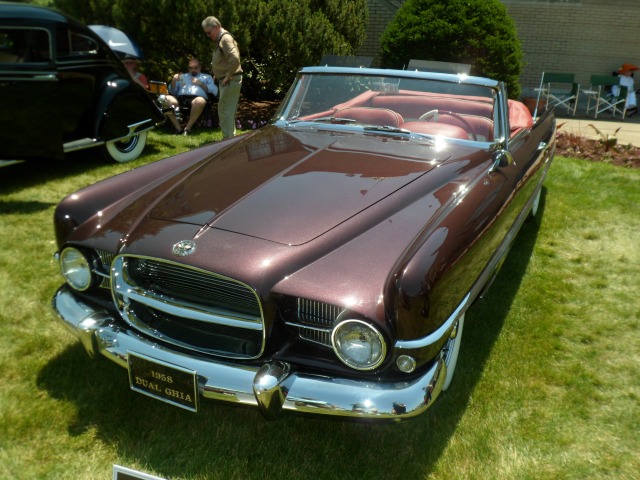
OK, I’ve seen these before (maybe even this one), but they’re always a pleasure to see. It’s a 1958 Dual-Ghia, one of 100 convertible Dual-Ghias made between 1956 and 1958, powered by a 325 cubic inch Dodge hemi. This was the “it” car of 1950s celebrities, but the provenance of this particular car was not revealed.
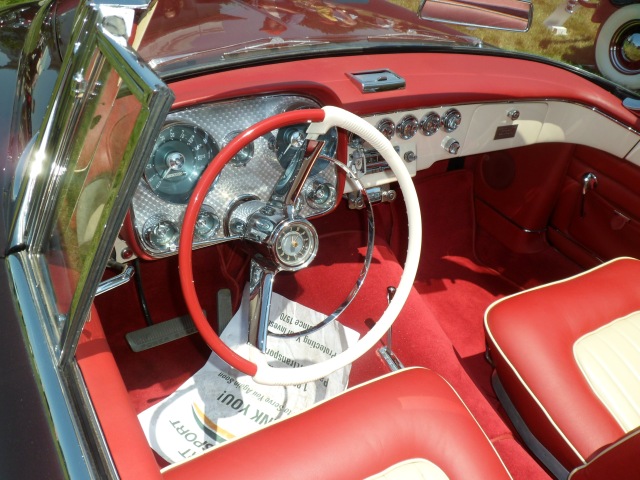
Funny, but inside the Dual-Ghia (which was priced like a Rolls Royce), all of the hardware was off-the-shelf Chrysler!

Another logo you don’t see often: it belongs to a 1913 Simplex 50 hp tourer, body by Quinby and Company. The Simplex was owned and shown by a prominent Connecticut car restoration firm.
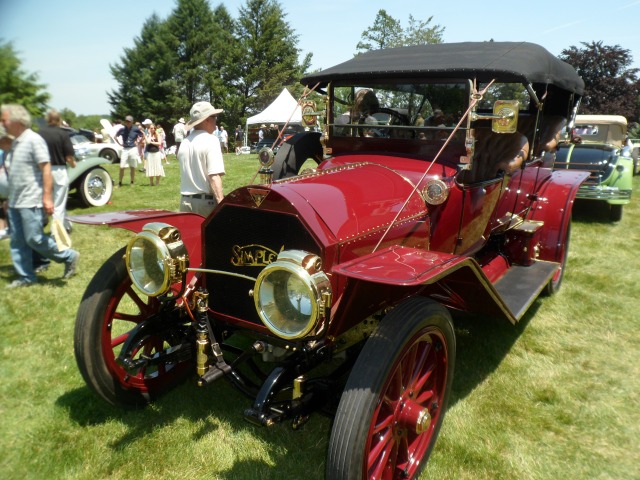
The enormous chain-drive Simplex is a rare reminder of a company once called the “Rolls Royce of America.” The last Simplex was made in 1920, following a merger with Crane. Fun fact: when this Simplex was made, Simplex built its cars in New York City, with factory facilities on the East River at East 83rd Street.
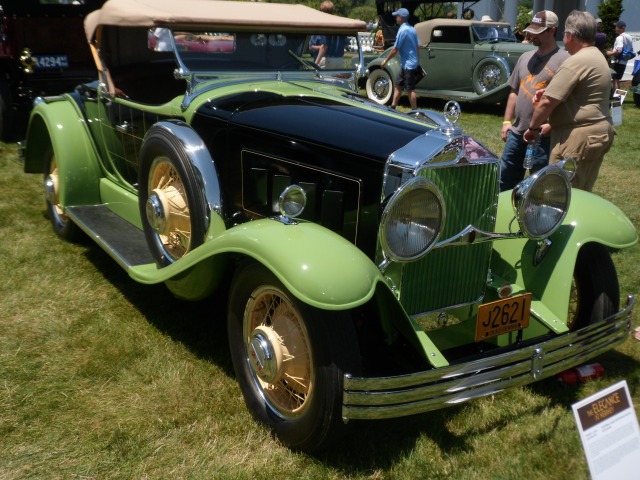
A nice fun-looking car: 1930 Willys-Knight 66B roadster, body by Griswold. Willys was the largest licensee of Knight sleeve-valve engines, which used a rotating sleeve in each cylinder, with appropriate ports in lieu of valves. At the time, valves were noisy and needed frequent adjustment and care – the sleeve valve engines were quiet and reliable. They also admitted a lot of oil into the combustion chambers (watch for oil smoke!), and as inexpensive valve gear became common, the Knight engine was phased out.
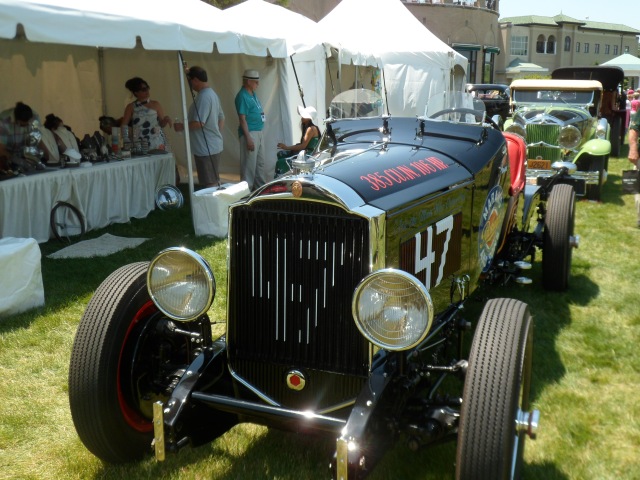
I don’t think this was officially on display, but it was fun to see anyway. It’s apparently a late-1920s senior-series Packard 8 that was cut down to become a speedster, perhaps for racing. Its owner is a north Jersey car dealer and notable Packard collector.
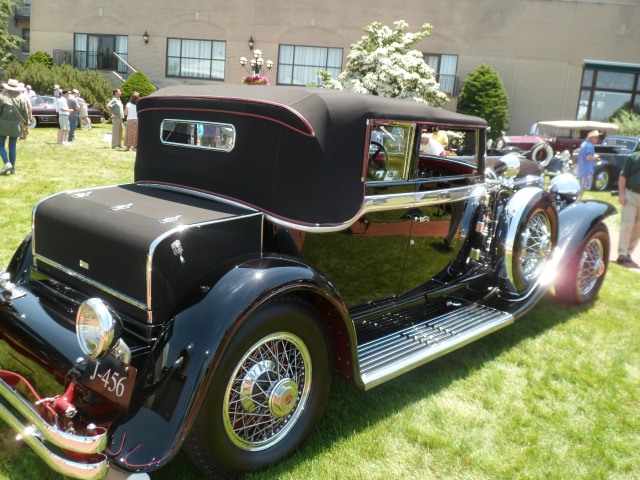
Okay, just one more Duesenberg. This one, a 1931 J, is owned by a prominent Utica collector. It sports a Rollston convertible Victoria body, meaning it has a top that goes down and a full back seat. But unlike most convertible Victorias, this one has full rear side windows.
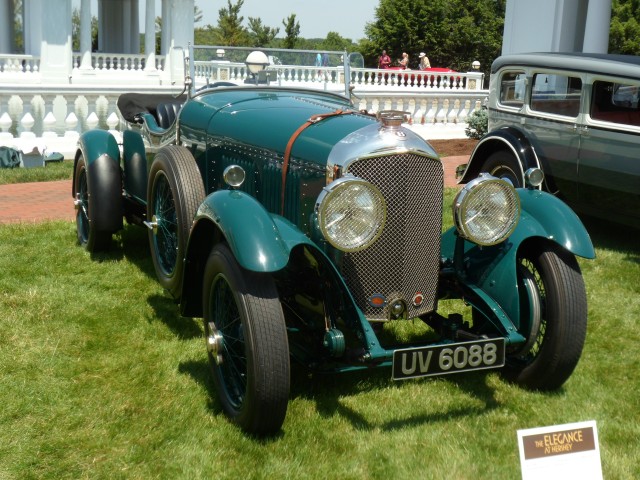
The unmistakable appearance of a 1929 Bentley 4 ½ liter LeMans Tourer, body by Harrison.

A logo you never see – the Ruxton, a car that made it to prototype phase, but never beyond that. I’ve seen this car before, but it’s worth seeing again.

Ruxton’s key innovation was front wheel drive, announced very shortly before Cord launched its L-29 in 1929. But Cord made it to the market first, and the promoters of Ruxton were prosecuted for securities fraud. About 90 prototypes were built, and most are still accounted for. This one was completed years after the company’s bankruptcy and is therefore titled as a 1932.

1960 Bentley Continental S2 convertible, among the first of the V8 Bentleys. (The S1 was a straight six.) This magnificent restoration is owned by a prominent New Jersey vendor of restoration supplies. Its original owner was a Beverly Hills attorney, who then sold it to actress Jayne Mansfield.
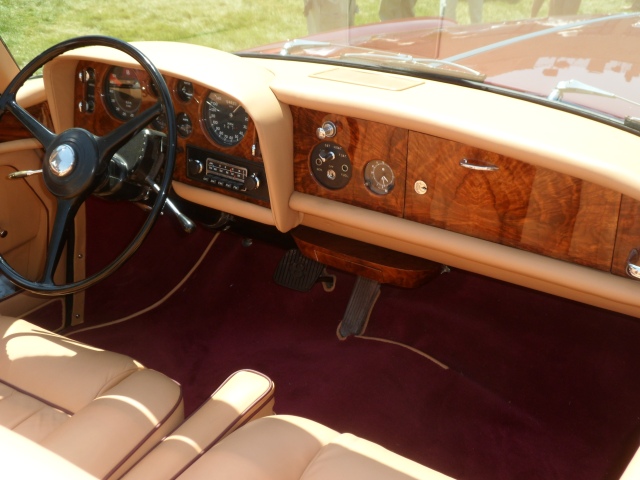
A wood-and-leather interior inviting enough to live in.
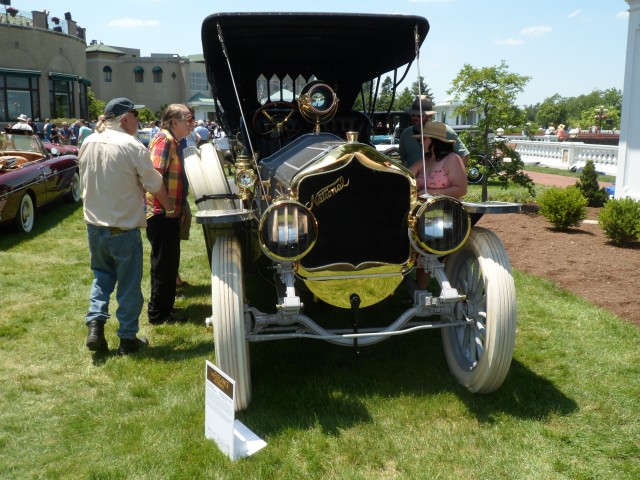
Now, let’s get really old. Here’s a 1906 National E 50/60 Tourer, originally owned by a promoter associated with Buffalo Bill’s Wild West Show. National was a smaller, Indiana-based manufacturer, which faded away around 1920 and disappeared finally in 1924. The Model E, shown here, was their premier offering, with a sticker price of $4,000 (equivalent to more than $100,000 today), and featured a 477 cubic inch four-cylinder. (Fun Fact: the displacement of one of the National’s cylinders is greater than that of all 12 of the Ferrari 166’s cylinders!)
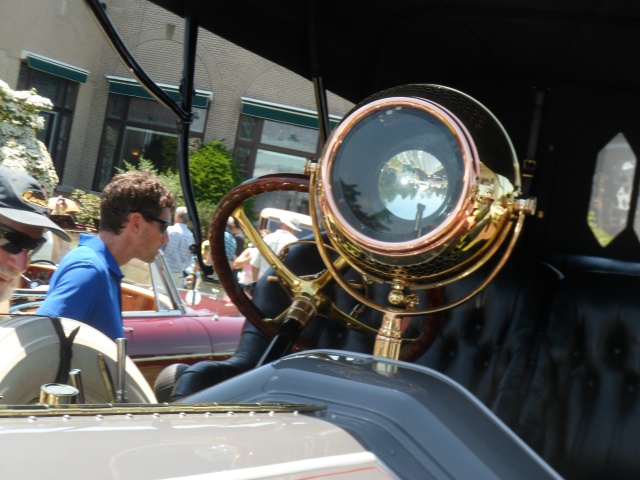
Now that’s what I call a spotlight. And remember, this is gas-powered, not electric.

Behind the National, antique luggage secured with a 111-year-old rope.
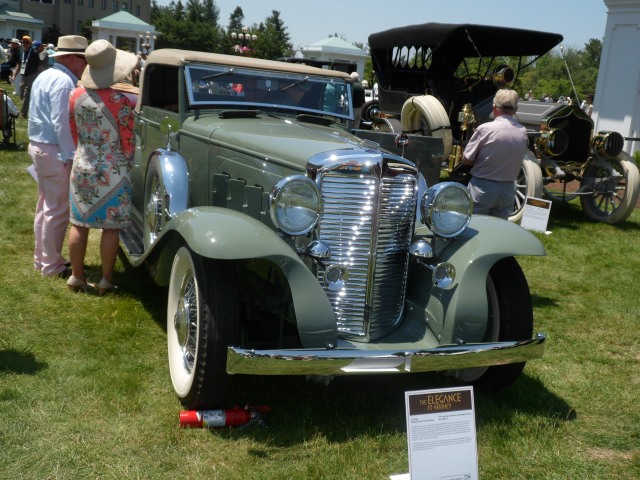
The other V-16: the 1931 Marmon Sixteen convertible coupe, body by LeBaron. This is among the first Marmons to be powered by a sixteen (they were made from 1931 to 1935), but in that five-year period, only 390 were made. But what an engine: a narrow-angle all-alloy V16, it produced 200 horsepower from 491 cubic inches, and was reputedly lighter than most straight-eights.

The subtle “Marmon Sixteen” hubcap. So what became of Marmon? They left auto manufacturing in 1935 and switched to heavy commercial vehicles and four-wheel-drive conversions for light trucks, under the name Marmon-Herrington. After a number of changes in ownership, the remaining parts of the company are now owned by Berkshire Hathaway.
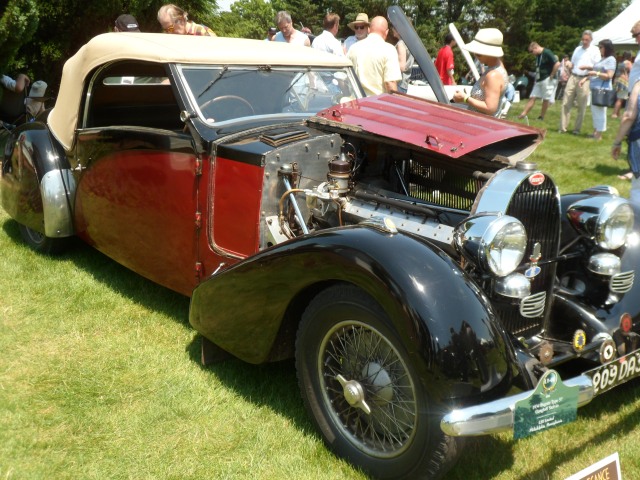
A 1934 Bugatti Type 57 convertible, body by Gangloff, largely original and unrestored. According to its owner, this car was hidden away in a barn for the duration of World War II, and was subsequently unearthed and sold to a CIA agent who was serving in Europe just after the war.

So seldom seen: it’s a 1958 AC Bristol Ace. If it looks familiar, this is the car on which the Cobra is based. And it’s completely original and unrestored.
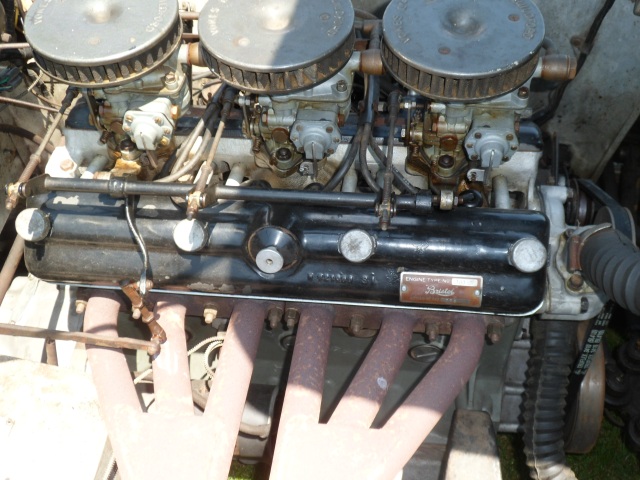
Under the AC’s hood – that’s a two-liter Bristol six, a copy of the prewar BMW six. And it’s exactly the same engine that powers the Arnolt-Bristol we saw on entering the show.
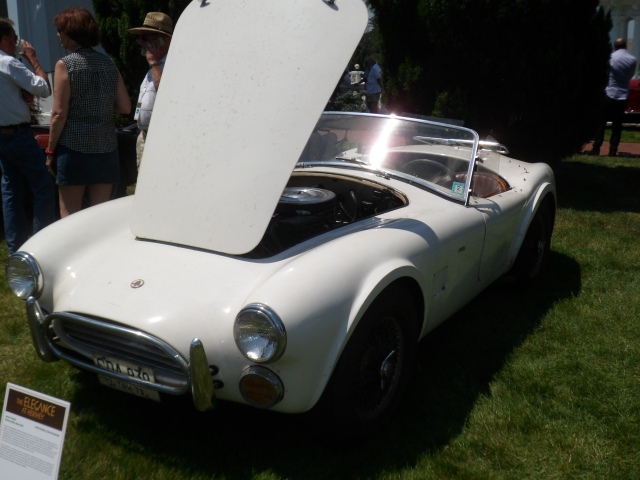
And speaking of unrestored ACs: this is an original Cobra, a 1964, that the first owner had fitted out for touring: radio, luggage rack, driving lights, wire wheels. Unlike later Cobras, this was someone’s weekend driver, not a race car. And the original driver drove it regularly for about 40 years before storing it – and it just emerged from storage.
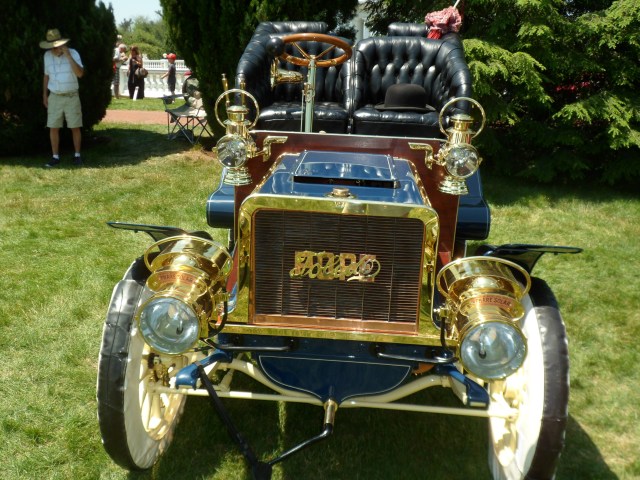
Here’s the oldest car in the show – a 1904 Pope Toledo V Rear Entrance Tonneau. Pope was originally a bicycle manufacturer, but entered into the auto business – gas and electric – and would continue to make cars until 1909.
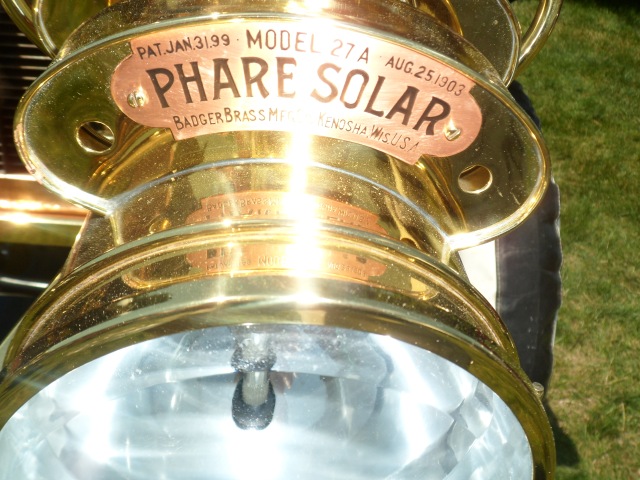
They called this era of autos “brass era” for a good reason – look at that headlight.
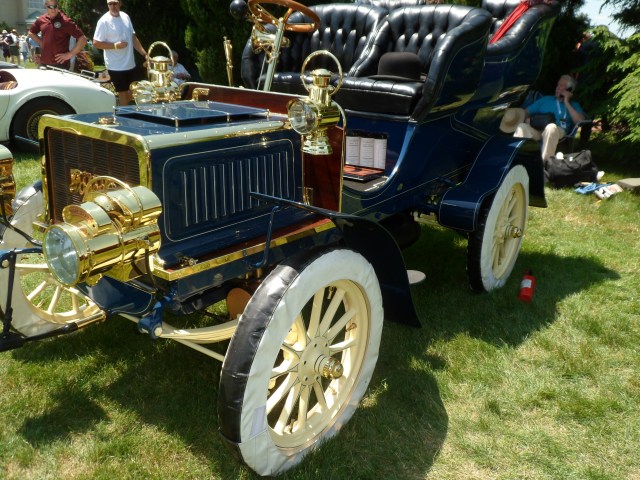
This Pope Toledo had been in the Harrah collection for years, and its current owner started with a good, but non-running, example. 280 Pope Toledos were made in 1904, and this is the only known survivor. By the way, the “jackets” on the tires are not factory equipment! The tires fitted to the car, in correct style, are all white and get dirty very quickly!

And this is why they call it a “rear entrance” tonneau. It’s powered by a 14-horsepower twin.
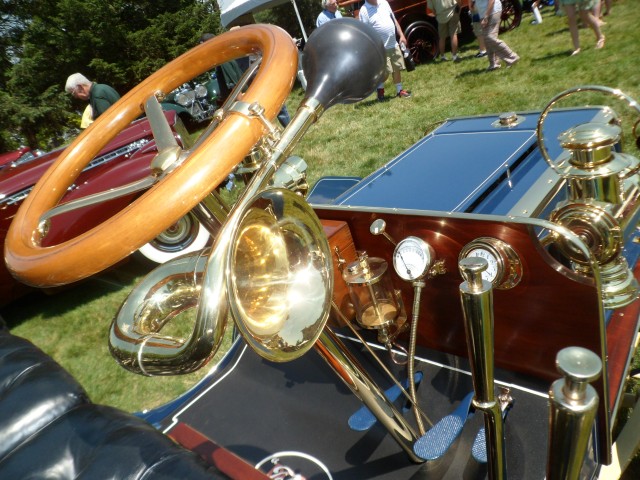
What the Pope-Toledo lacks in amenities, it makes up for with a big horn!
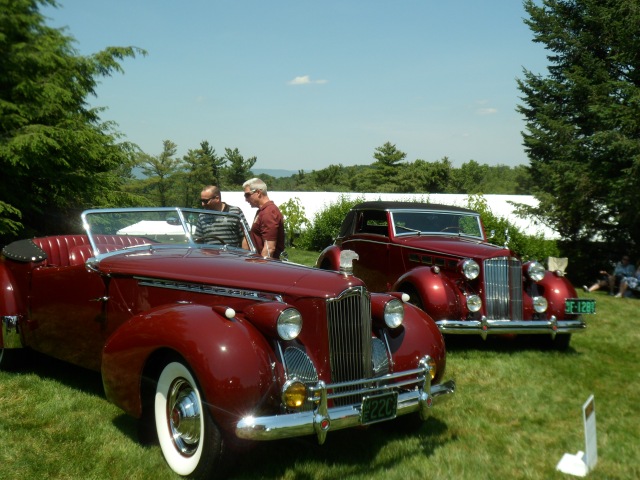
Two of the most appealing convertible Packards: foreground, a 1940 Super Eight Darrin convertible coupe; and rear, a 1937 120 Eight convertible coupe. They were shown by the same owner, the collector who displayed the cut-down 1920s Packard Speedster earlier.
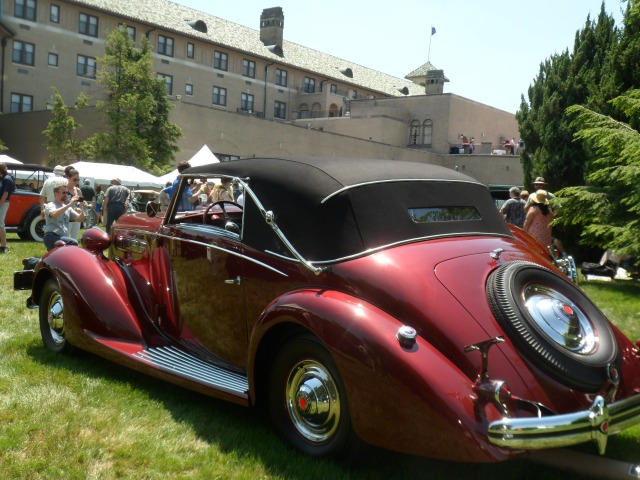
But let’s get a closer look at that 1937 convertible. That is no American body! It’s lower; it has chromed landau irons on the convertible top; and the inset spare tire is seldom if ever seen on an American body. As it turns out, this was a Swiss Graber body, and – very unusually – it was created on a “junior” 120 chassis, rather than the larger 160 or 180 series.
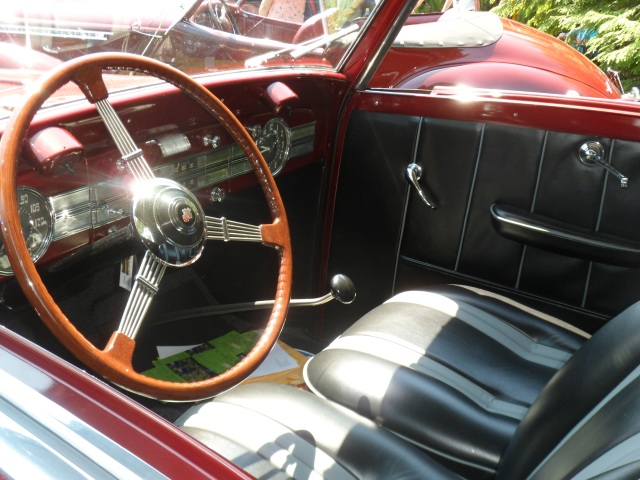
The subtle and handsome treatment of the Graber body extends to the interior, too.
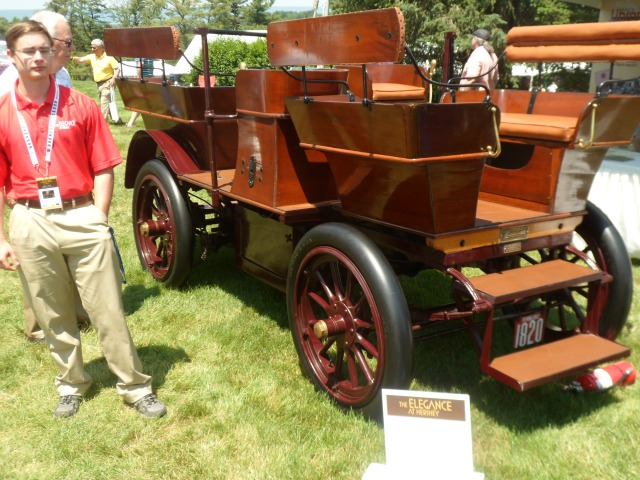
Now this requires some explanation. An underground train passage between the Capital and the Senate Office Building was completed in 1908. The federal government contracted to have two 12-passenger electric vehicles built that would traverse the 760-foot-long tunnel continuously through the day. Studebaker won the bid and the resultant vehicle was called the ”To and Fro Carryall.”
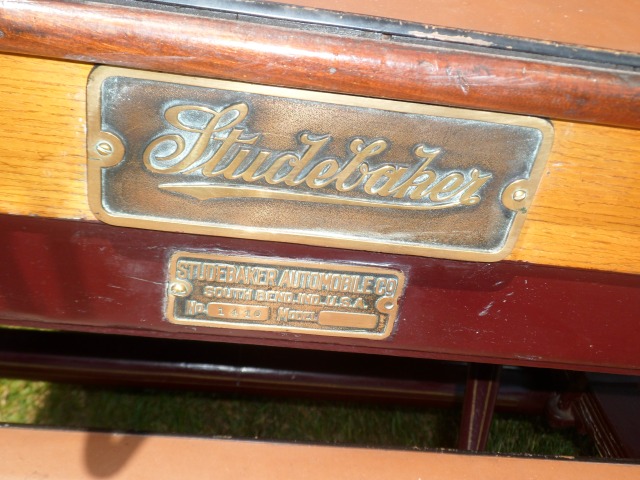
And it carries a Studebaker data plate, too. The vehicles were in use until 1912 on a daily basis, and on an occasional basis until 1916. They were sold at auction in 1939 for $35 apiece. And both survive today.
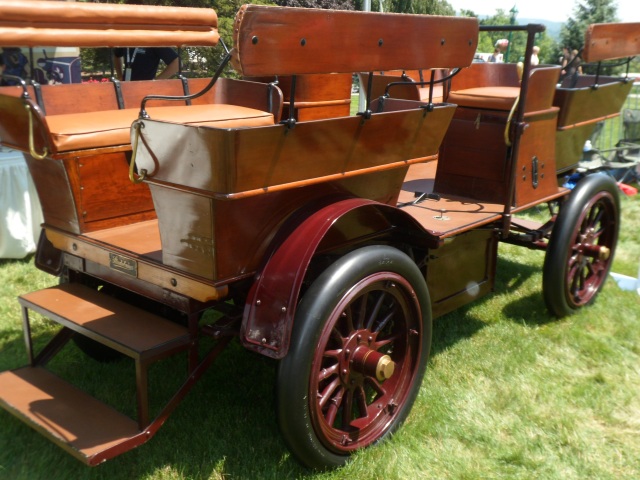
It was unnecessary to turn the vehicles around. They were pretty symmetrical and there was an operator position on both sides, so when it reached its destination, the operator changed seats and backed up to the other end of the tunnel.
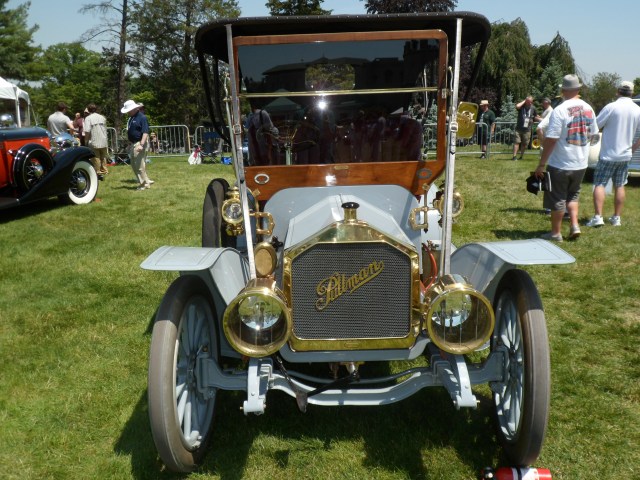
A local car comes home. The Pullman was built from 1905 to 1917 in nearby York, PA. This one, a 1908, is the oldest one known to survive of about 20,000 built in thirteen years.
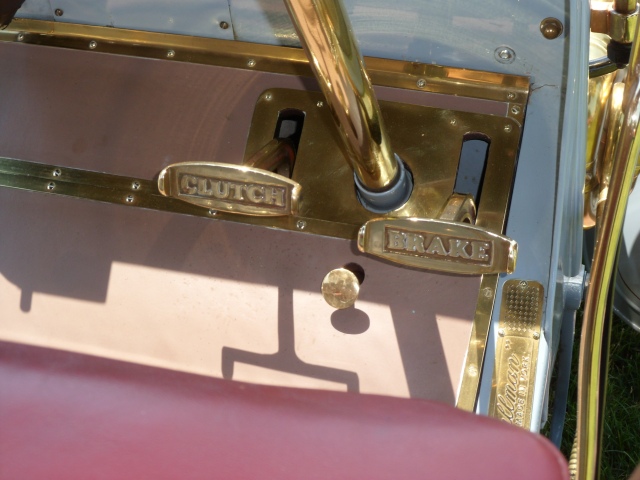
When driving a Pullman, it’s important to be reminded – what’s the brake, what’s the clutch?

One more Lancia – this one, a super-rare 1934 Lancia Belna, the only one I’ve ever seen. The Belna was French-made – the first and only time a Lancia was built outside Italy. A few thousand Belnas were built in France between 1933 and 1936, a handful of which were provided as bare chassis to outside body builders, like this one.

Here’s what makes this particular Lancia so significant. The “Eclipse” body, built by Pourtout, is a retractable hardtop, with a steel top disappearing into the car’s trunk. Unlike some other Pourtout bodies, such as ones built on Peugeot chassis, this one has a top raised and lowered by pulleys and counterweights, rather than an electric motor.
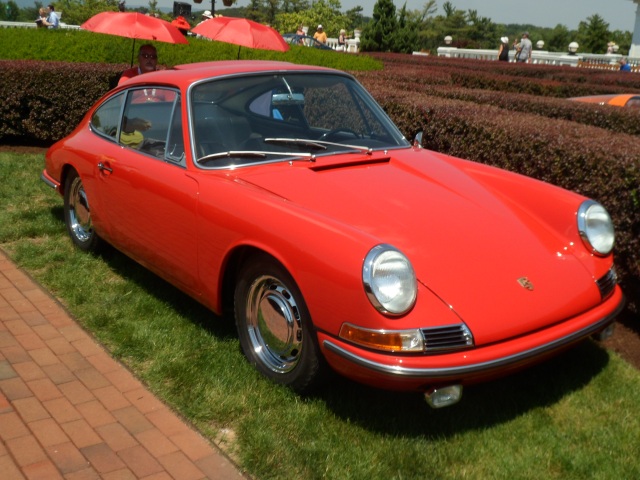
A Porsche 911? No, it’s not! This is a 1963 901 – and the 911 didn’t appear until the 1966 model year. Just a few 901 prototypes were built and fewer survive. This one showed up in a New York salvage yard in the 1980s and a brave Porsche restorer recognized that this was no ordinary Porsche. It took some time for the Porsche factory to admit that this was, in fact, a 901, but they were instrumental in enabling the owner to complete this first-class restoration. What’s the difference between this and a 911? Lots of small details that were changed when 911s entered production (most notably, barely visible here, is a sunroof that opens back-to-front!). And plenty of small parts that were plainly borrowed from the 356 parts bin.
Hershey put on a wonderful show this year! I’m looking forward to making this a regular event on my calendar.










































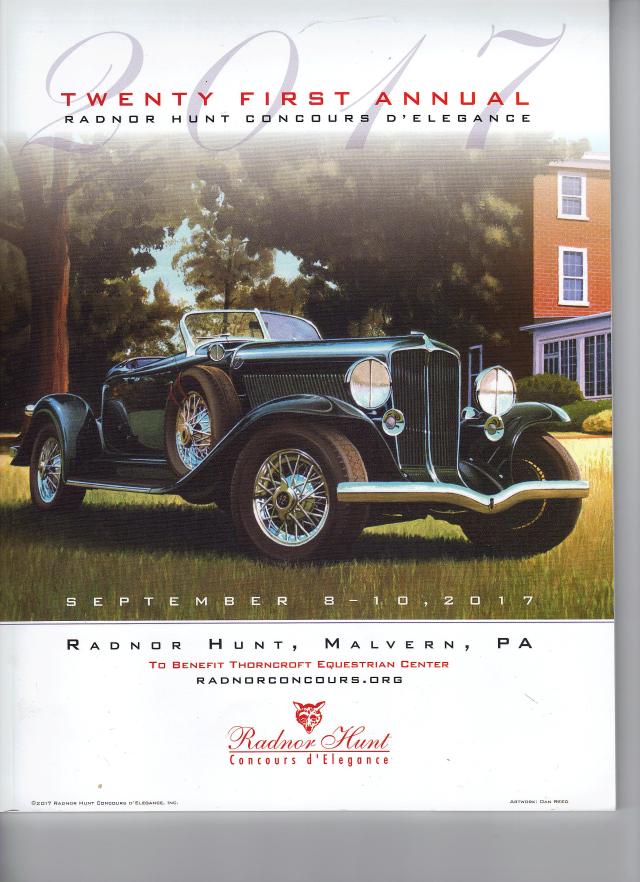
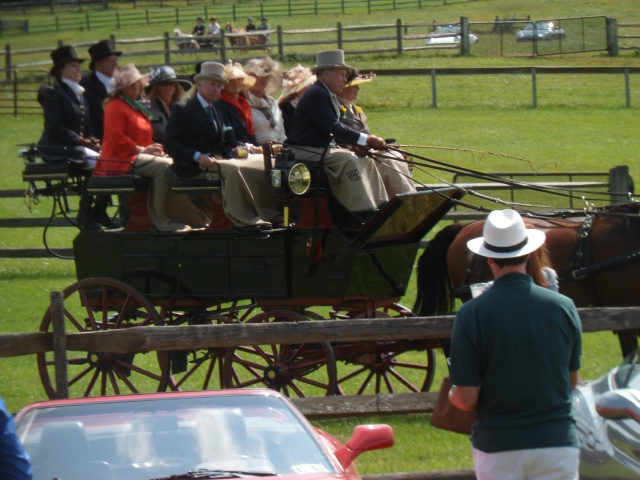
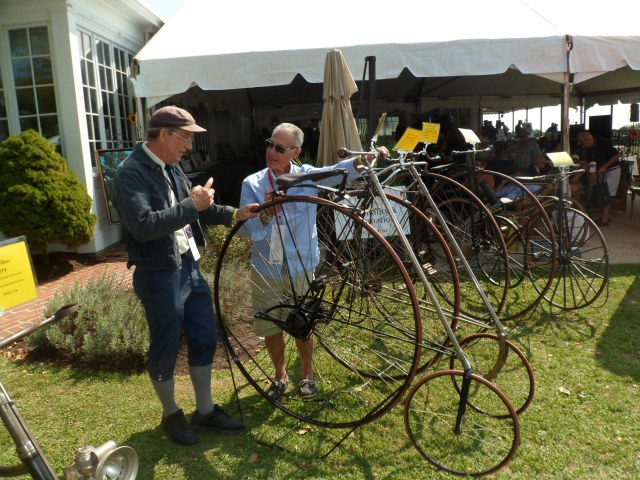
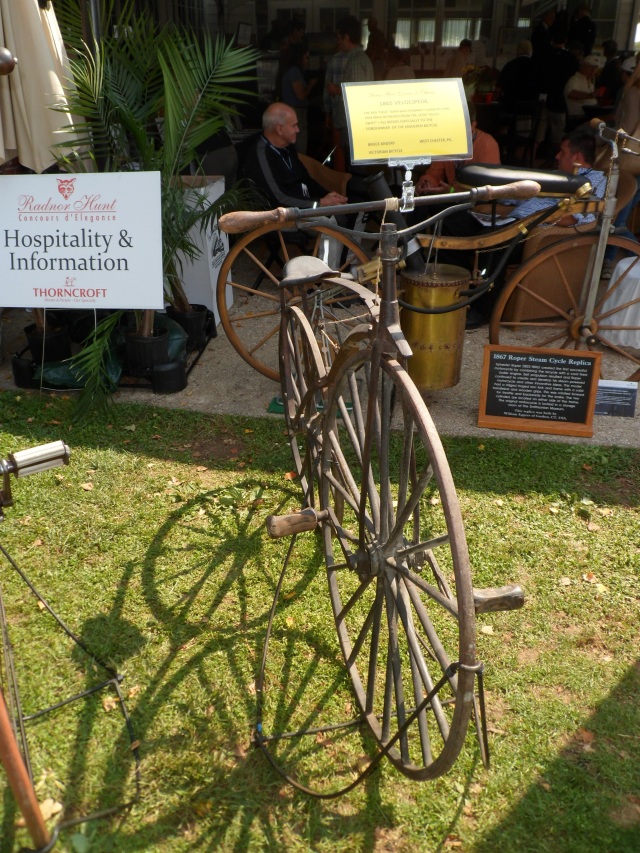
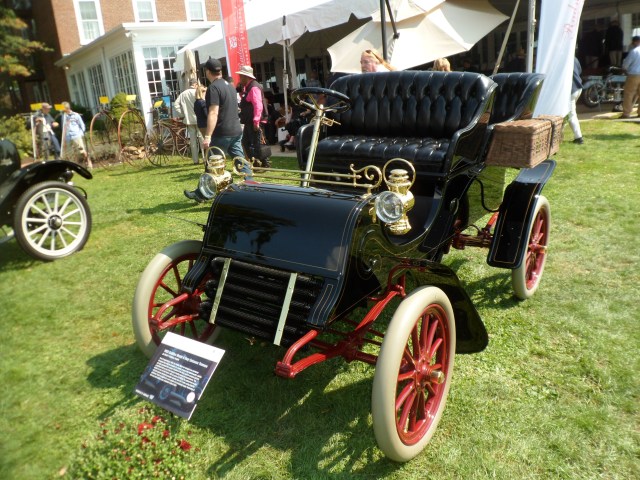
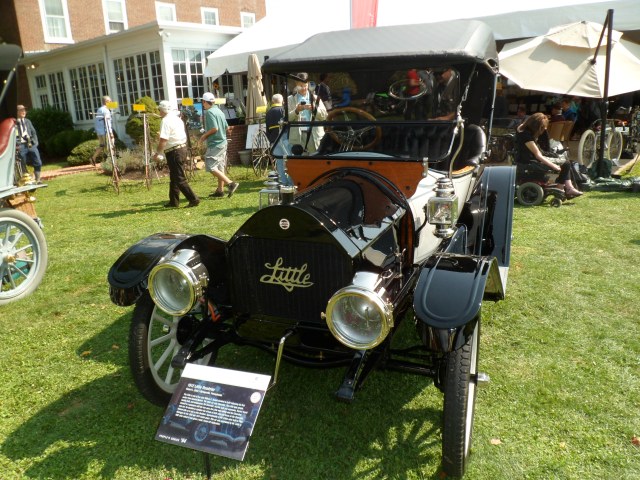
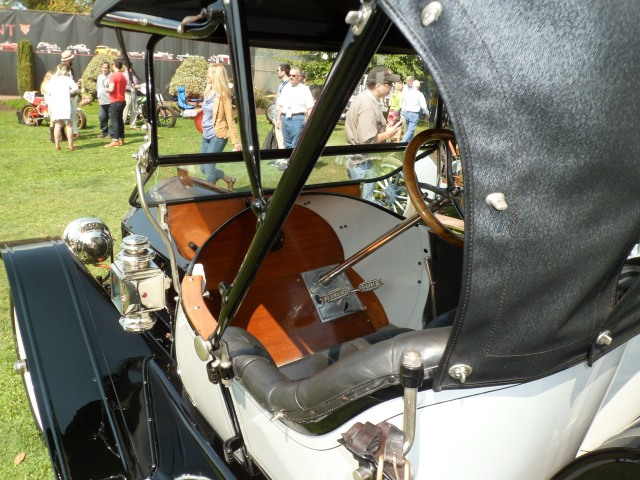
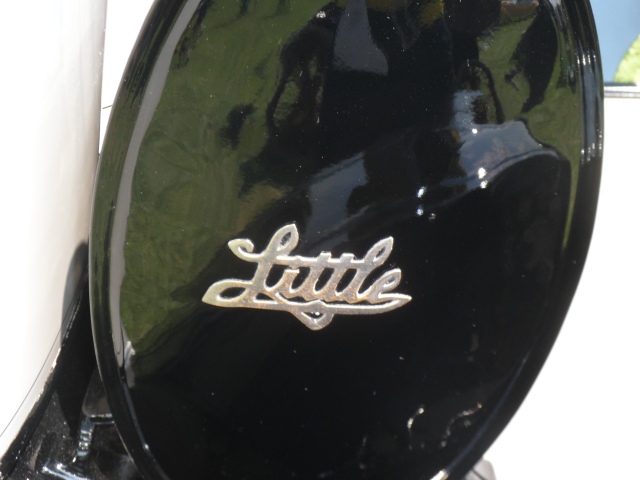


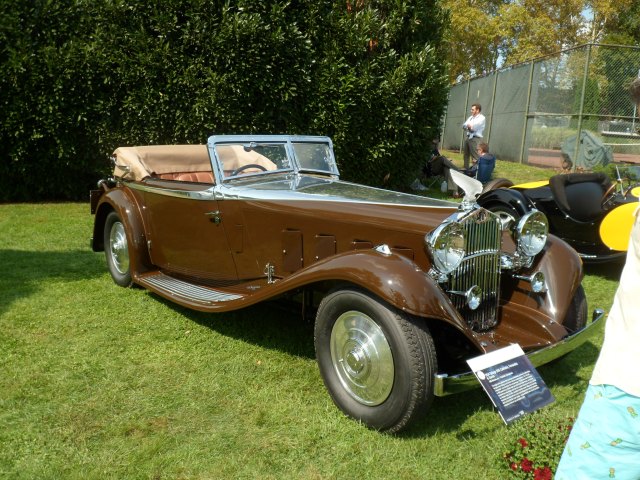
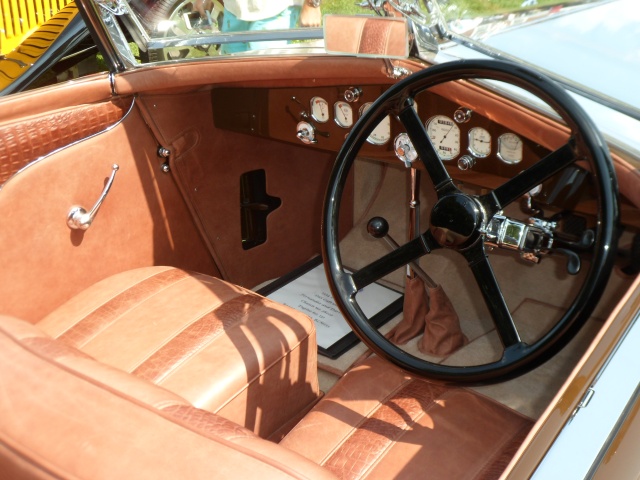

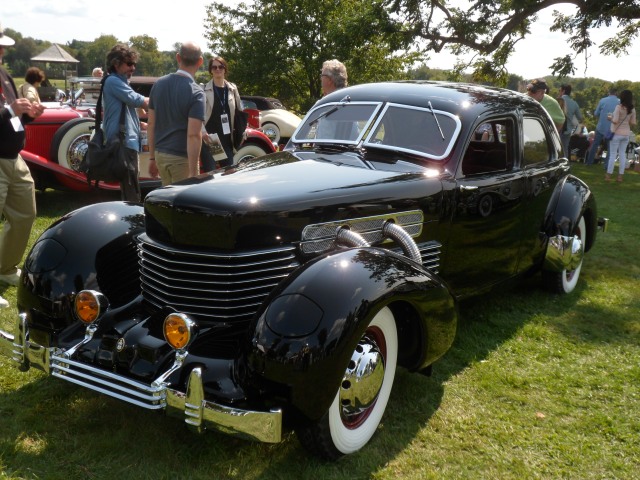
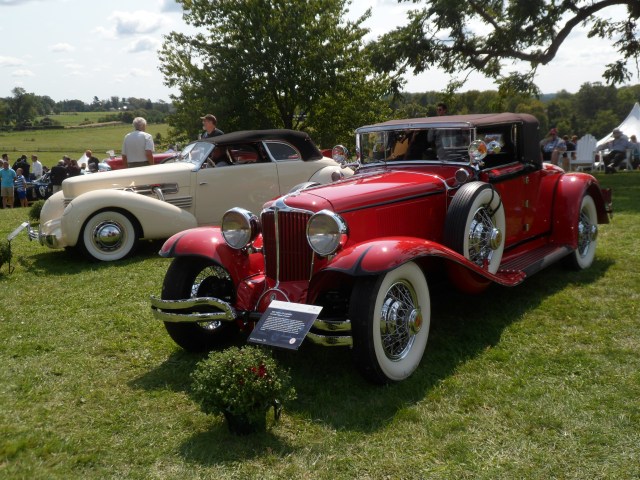
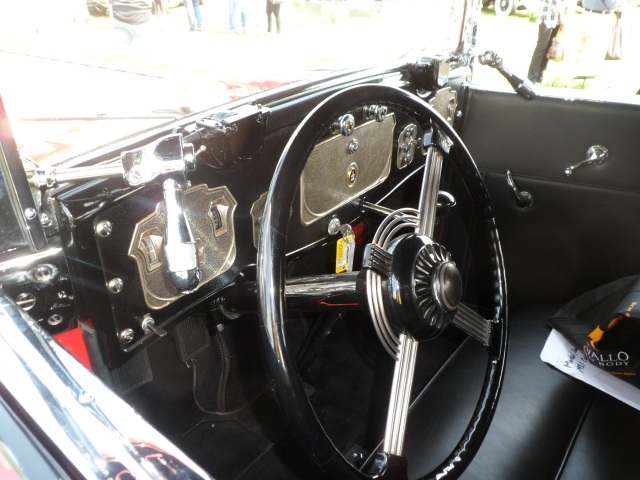
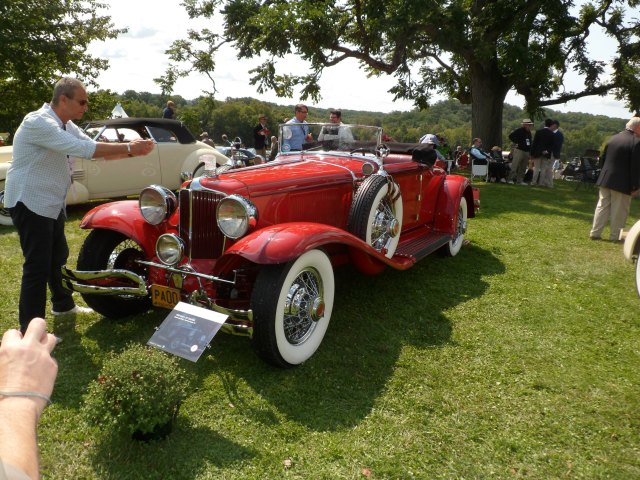


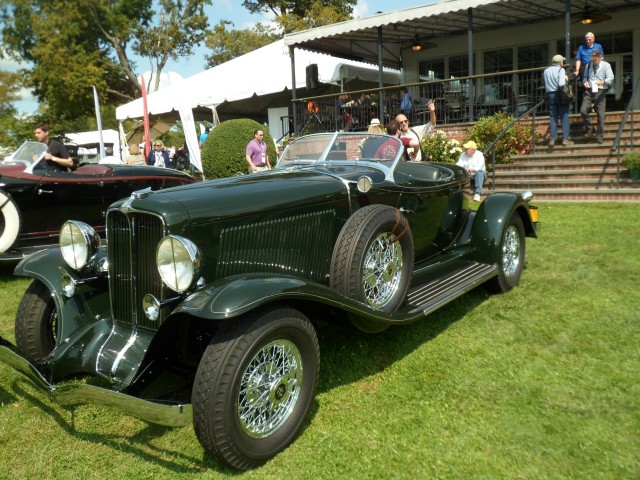
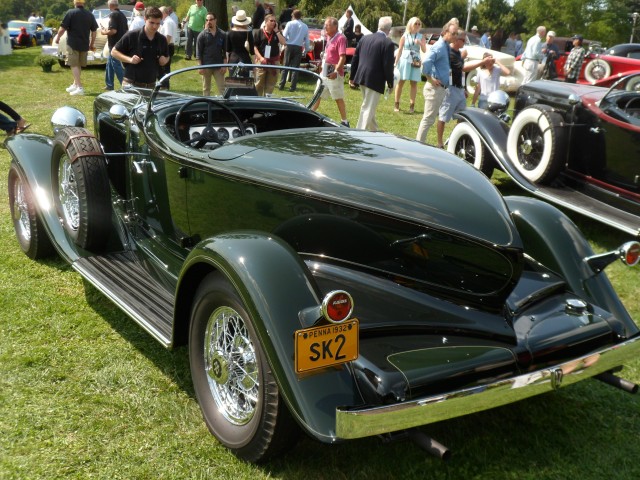

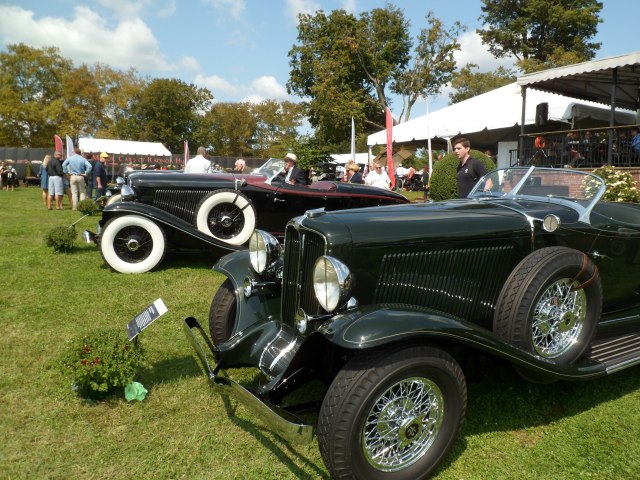
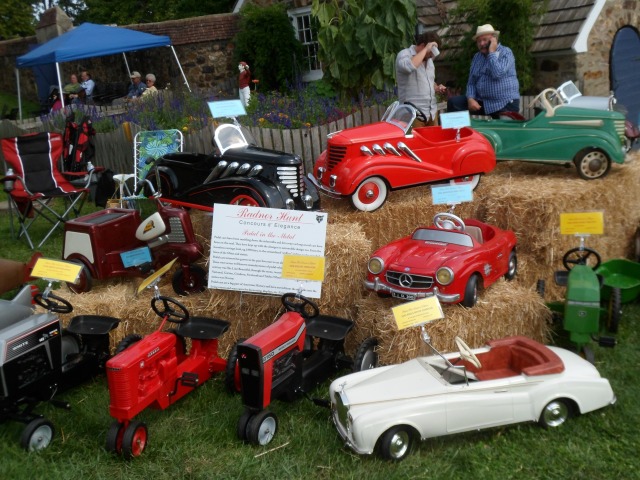
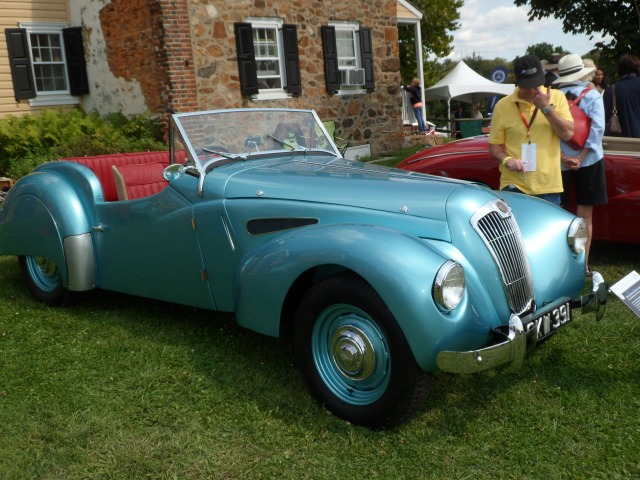
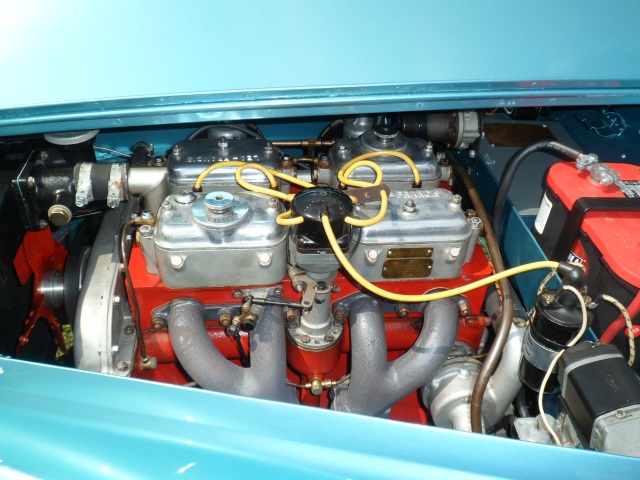



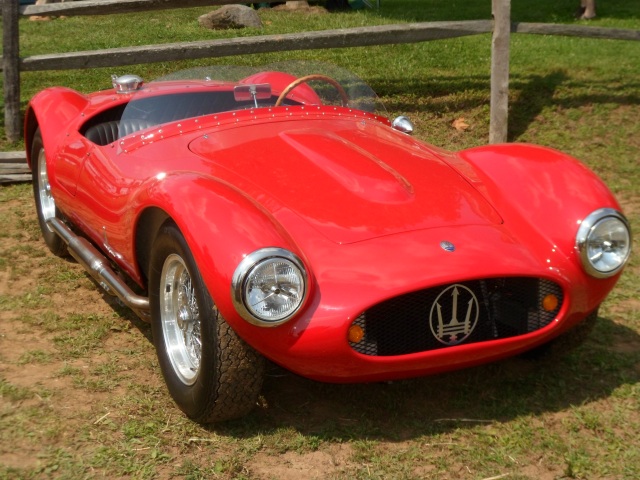
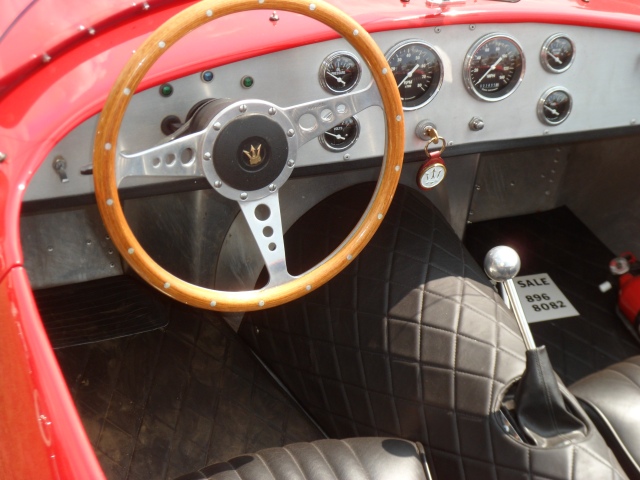

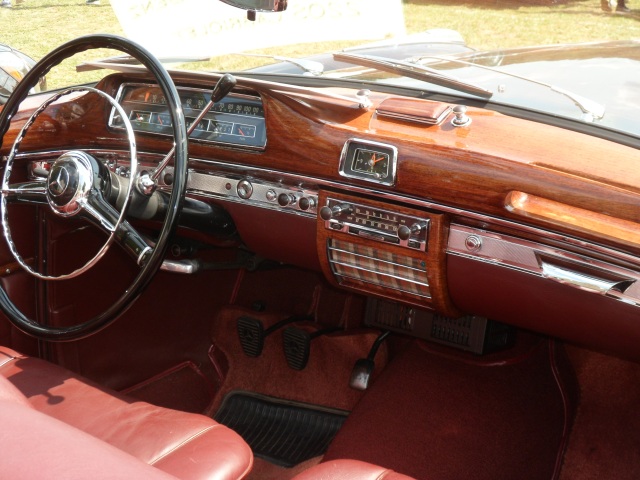
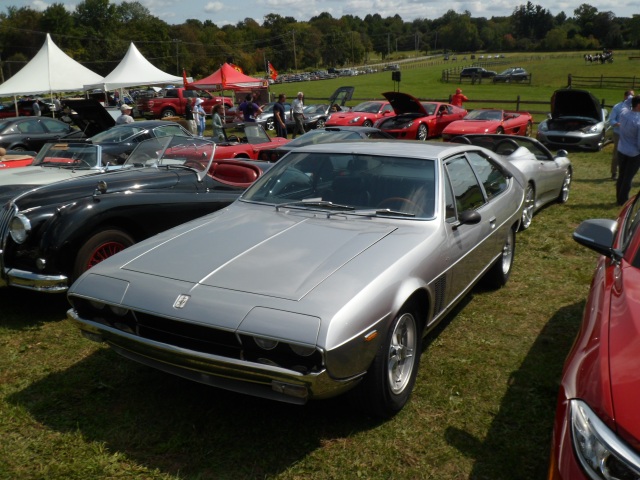
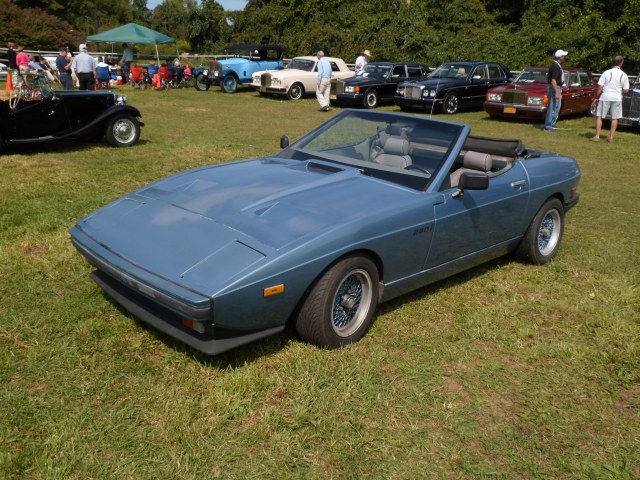
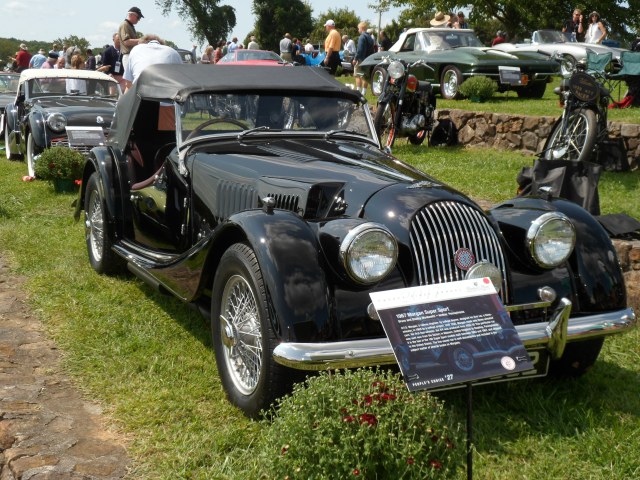
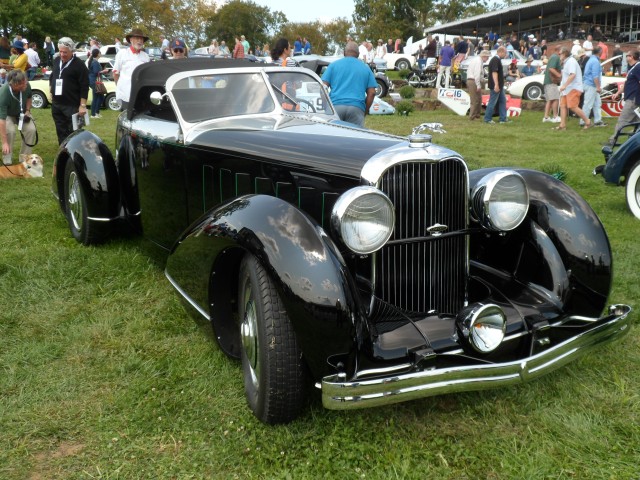
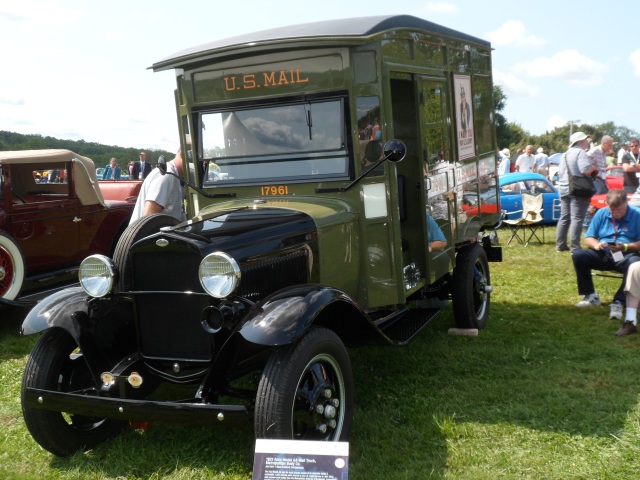
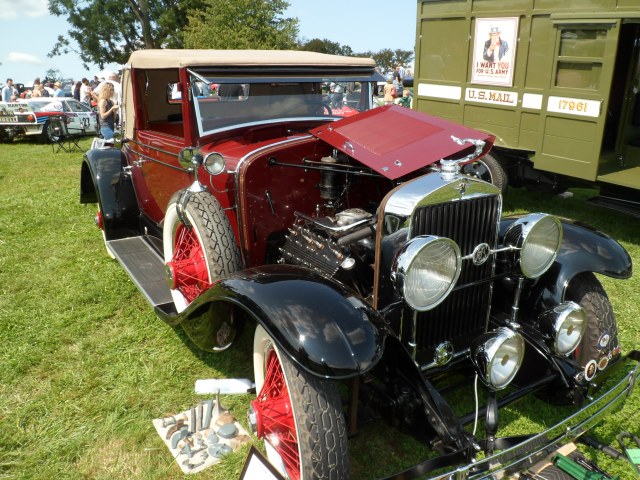
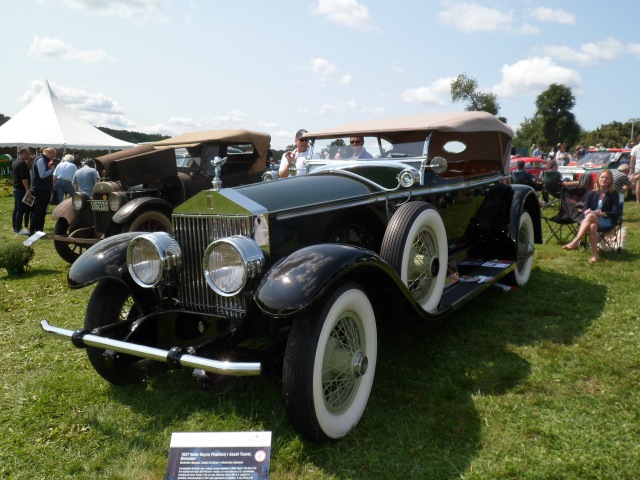
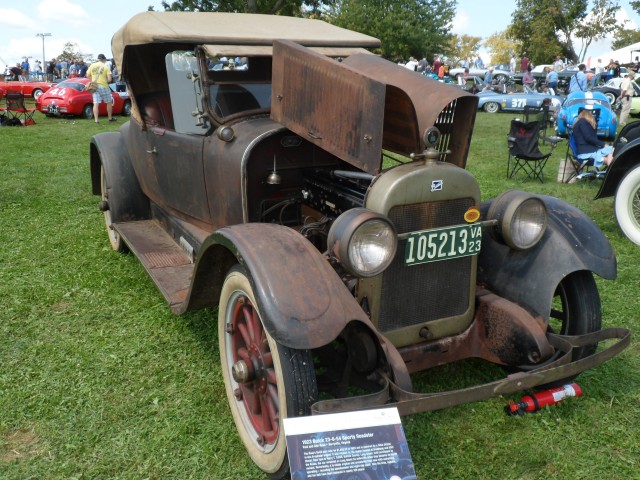
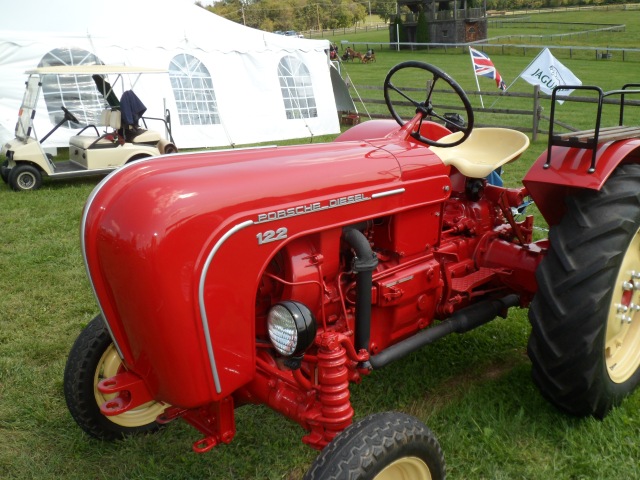
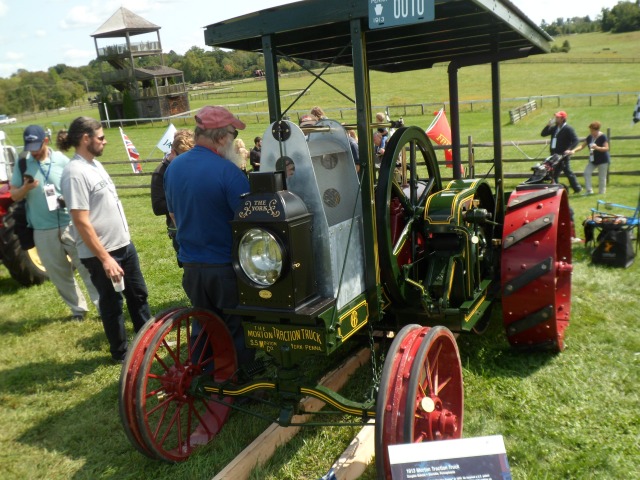
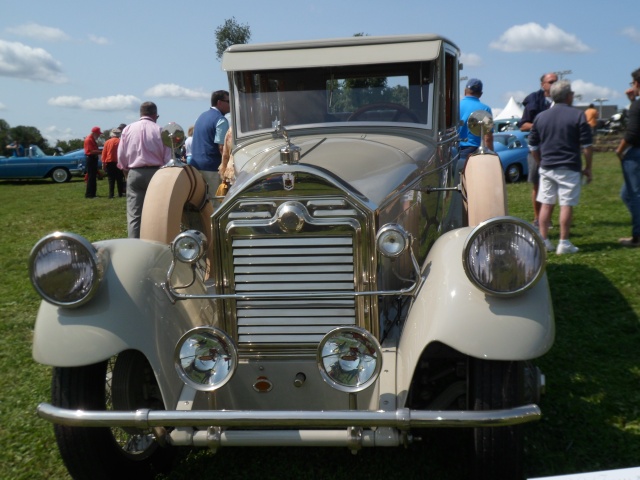

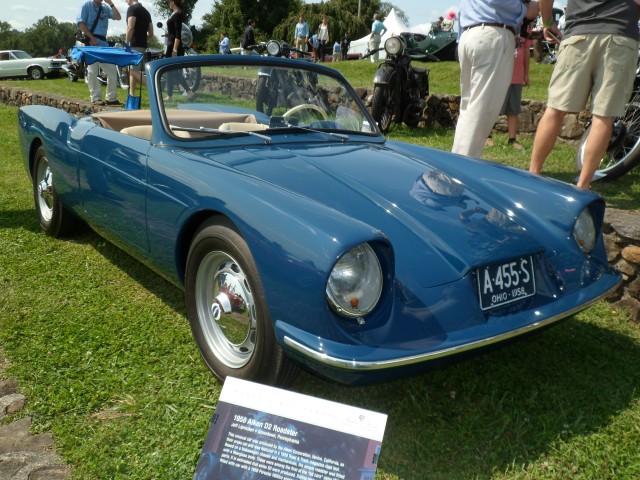

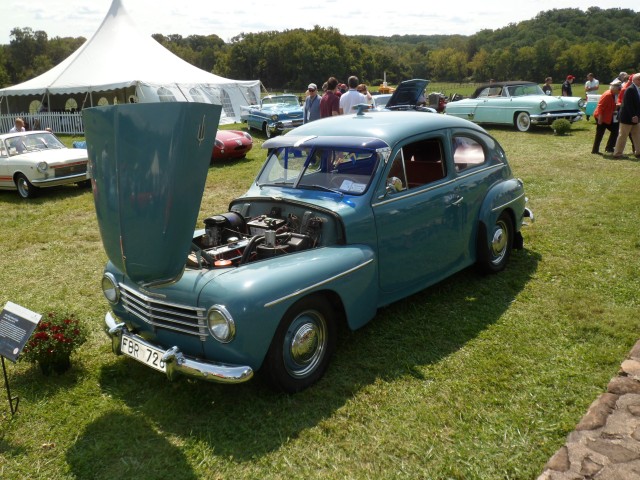
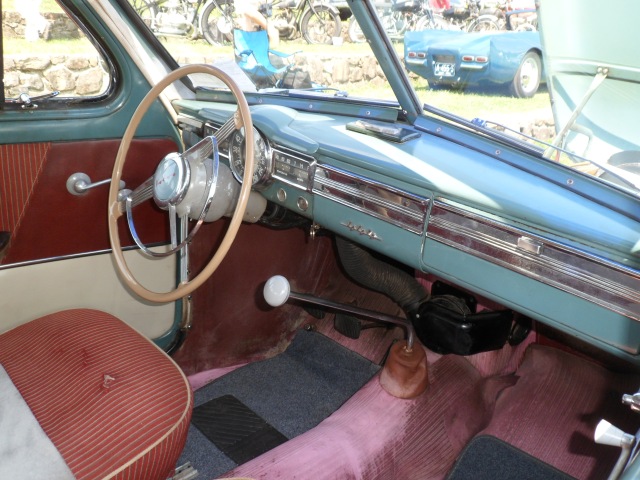
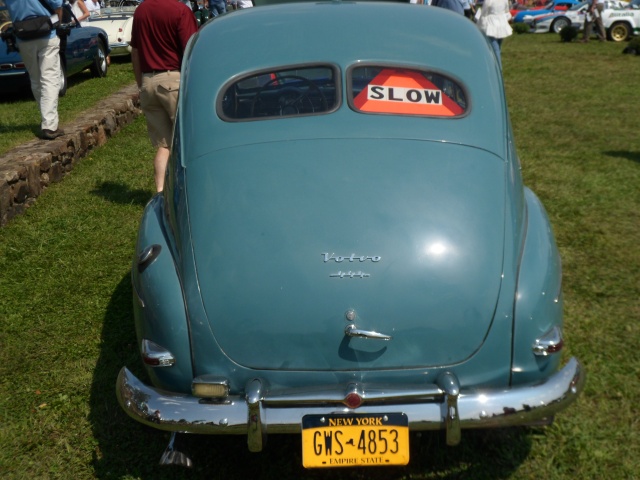
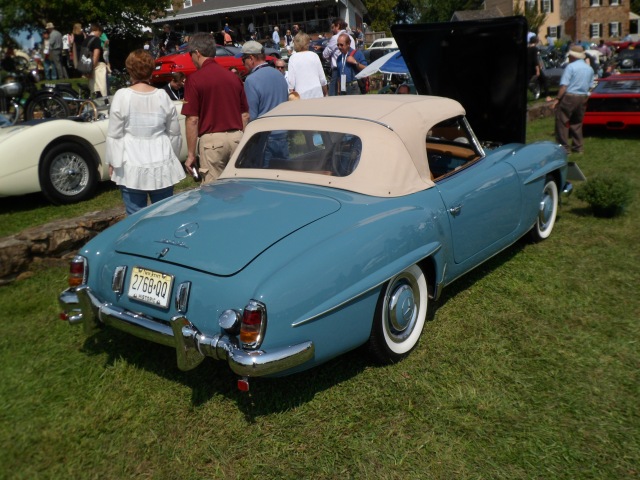

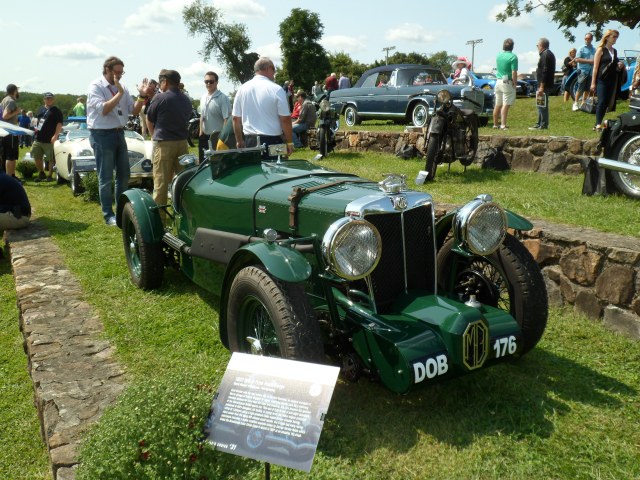
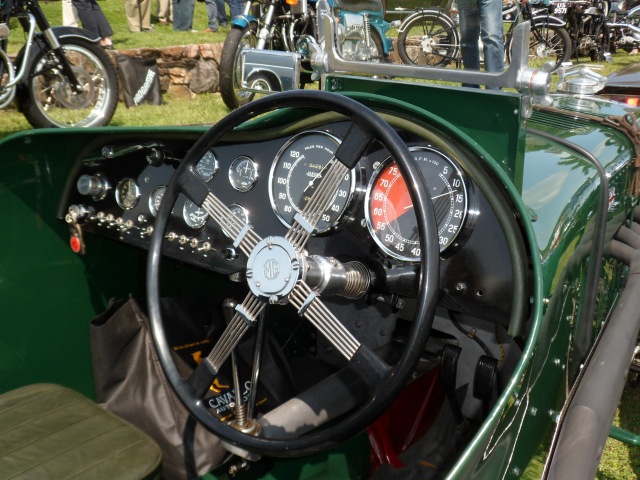

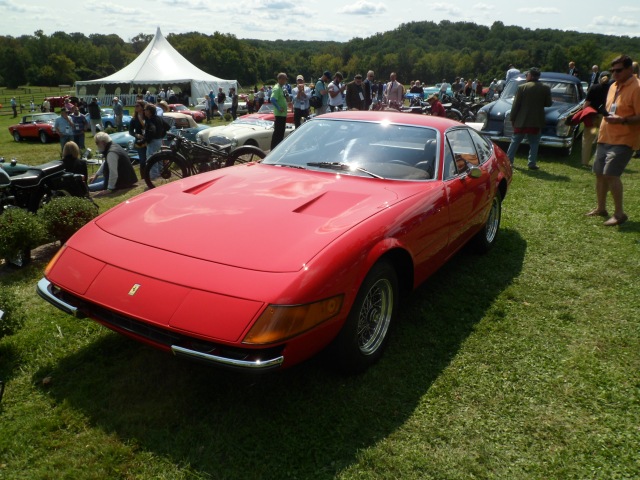



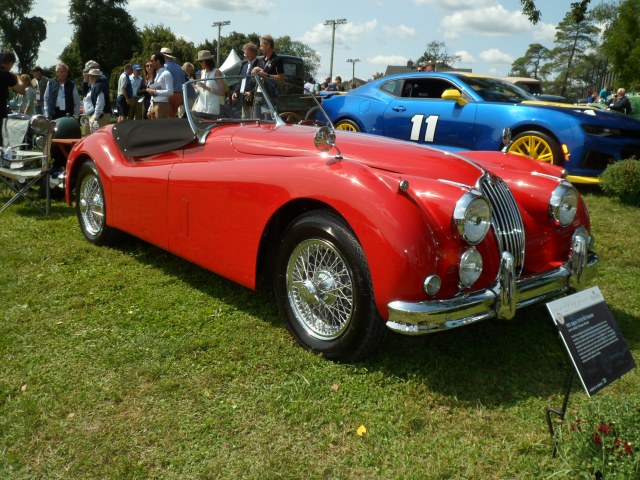
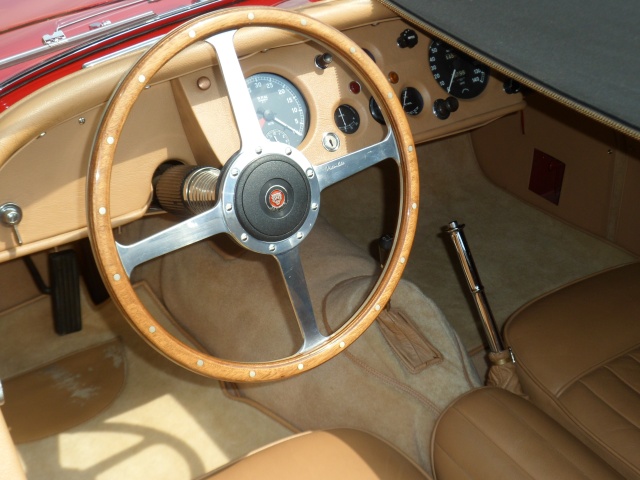
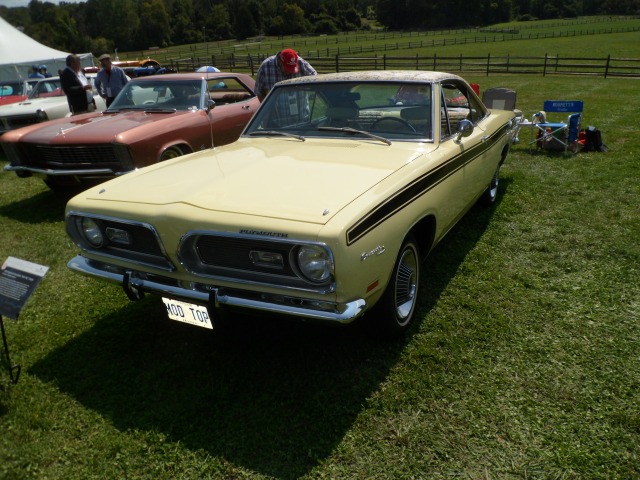
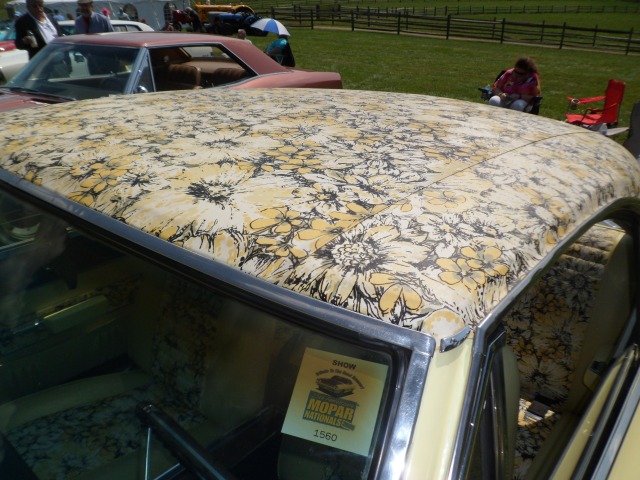
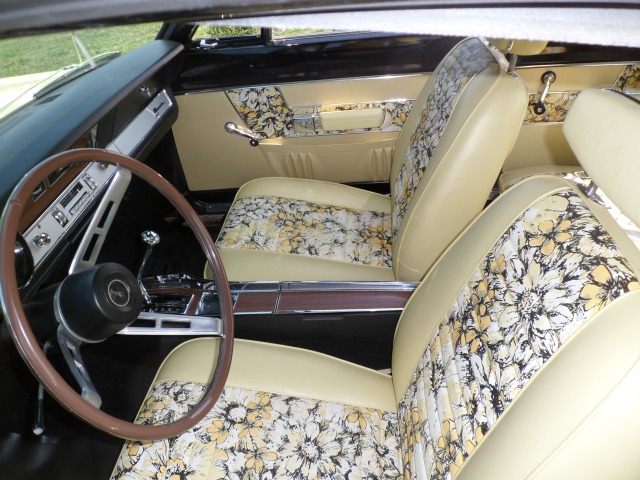
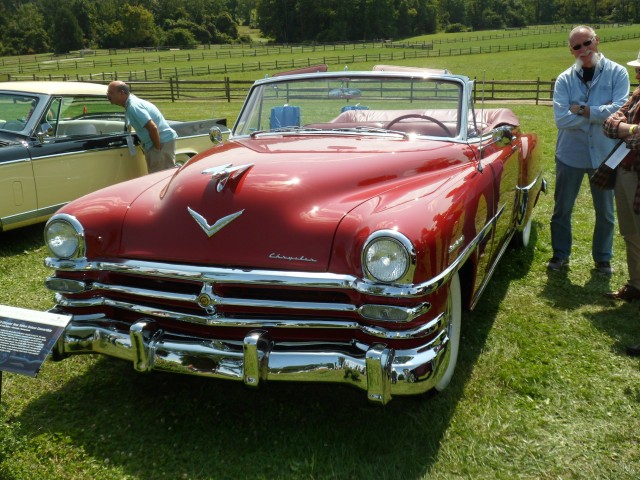

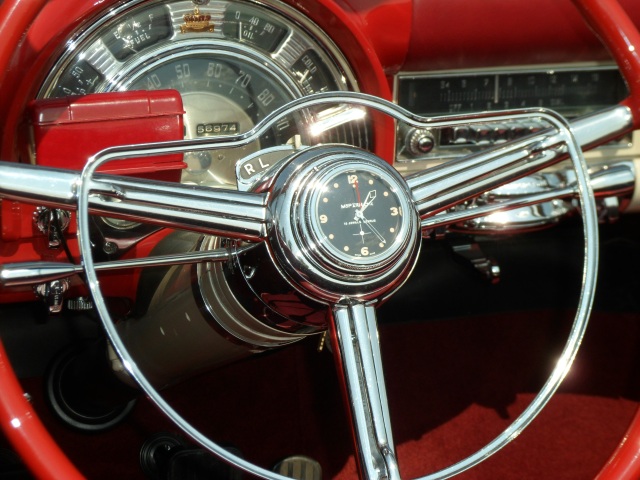


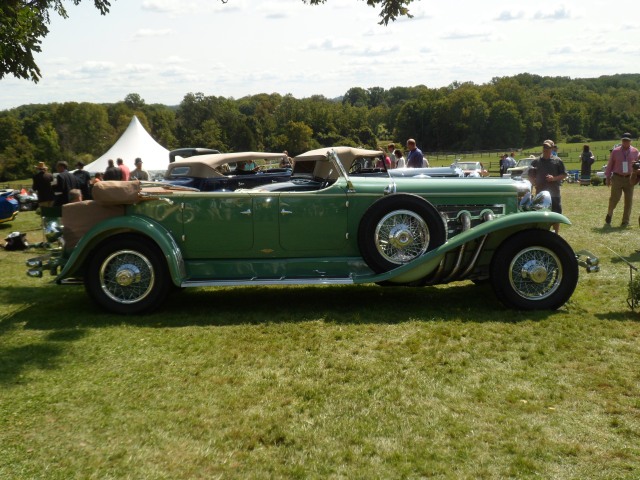



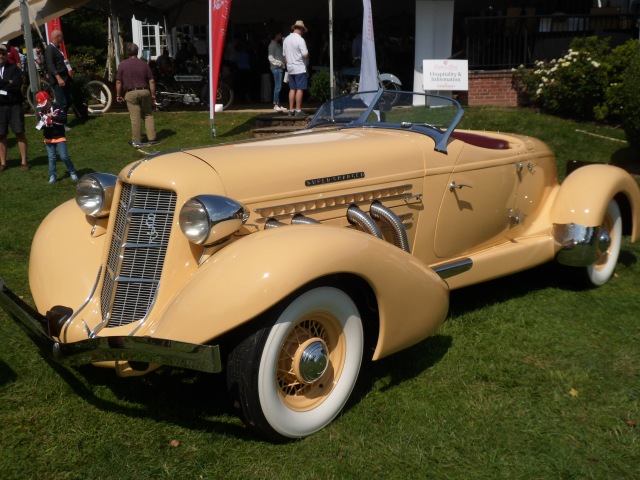
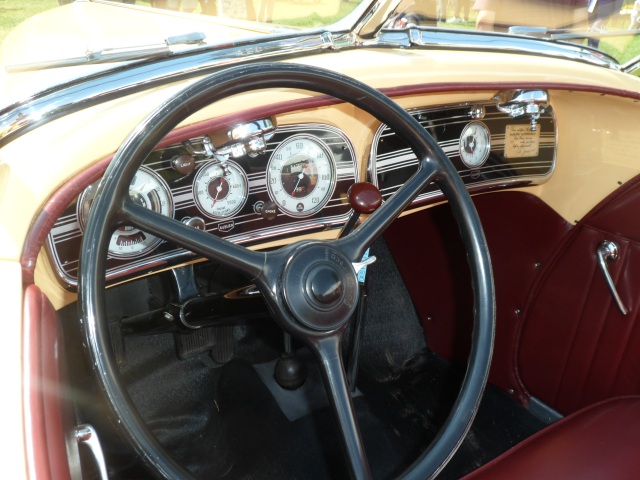
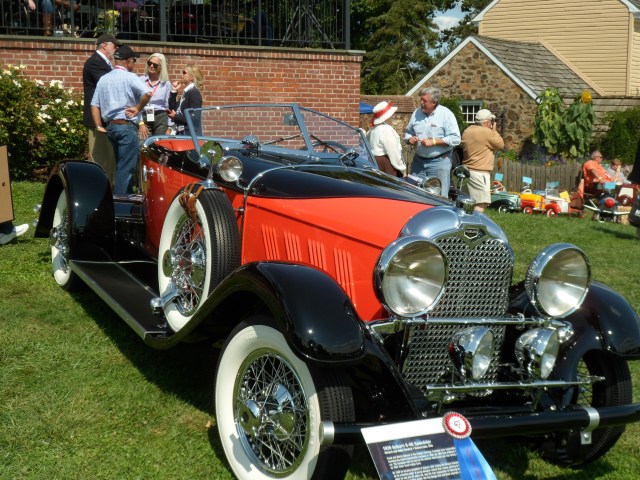

























































































































 Welcome to the 2017 car show season! As usual, we begin in lovely Greenwich, Connecticut for the Greenwich Concours. This annual event is a fundraiser for Americares, an emergency relief charity. Thanks to its Fairfield County location, it always generates a lot of interest from wealthy car collectors – and this year did not disappoint! So let’s see what the event has in store…
Welcome to the 2017 car show season! As usual, we begin in lovely Greenwich, Connecticut for the Greenwich Concours. This annual event is a fundraiser for Americares, an emergency relief charity. Thanks to its Fairfield County location, it always generates a lot of interest from wealthy car collectors – and this year did not disappoint! So let’s see what the event has in store…







































